About Quellijnstraat 119A, Amsterdam
- € 1.945.000,- Kosten koper
- In overleg
- 3 rooms
- 2 slaapkamers
- 1 badkamers
- Intern: Goed
- Extern: Goed
- Living surface: 242 m²
- Tuinoppervlakte: 9 m²
- Inhoud: 950 m³
- 1912
- Natuurlijke ventilatie
- Tv kabel
- In woonwijk
- Betaald parkeren
- Openbaar parkeren
- Parkeervergunningen
- Garage mogelijk
- Parkeerplaats
- CV Ketel
- Vloerverwarming geheel
- CV Ketel
- Elektrische boiler eigendom
- Woonruimte
- Volle eigendom
- Zonneterras
- Gemeente: Amsterdam
- Sectie: R
- Nummer: 6183
- Dubbel glas
- Energielabel A
- Appartement
- Bovenwoning
- 2
- Beschermd stads of dorpsgezicht
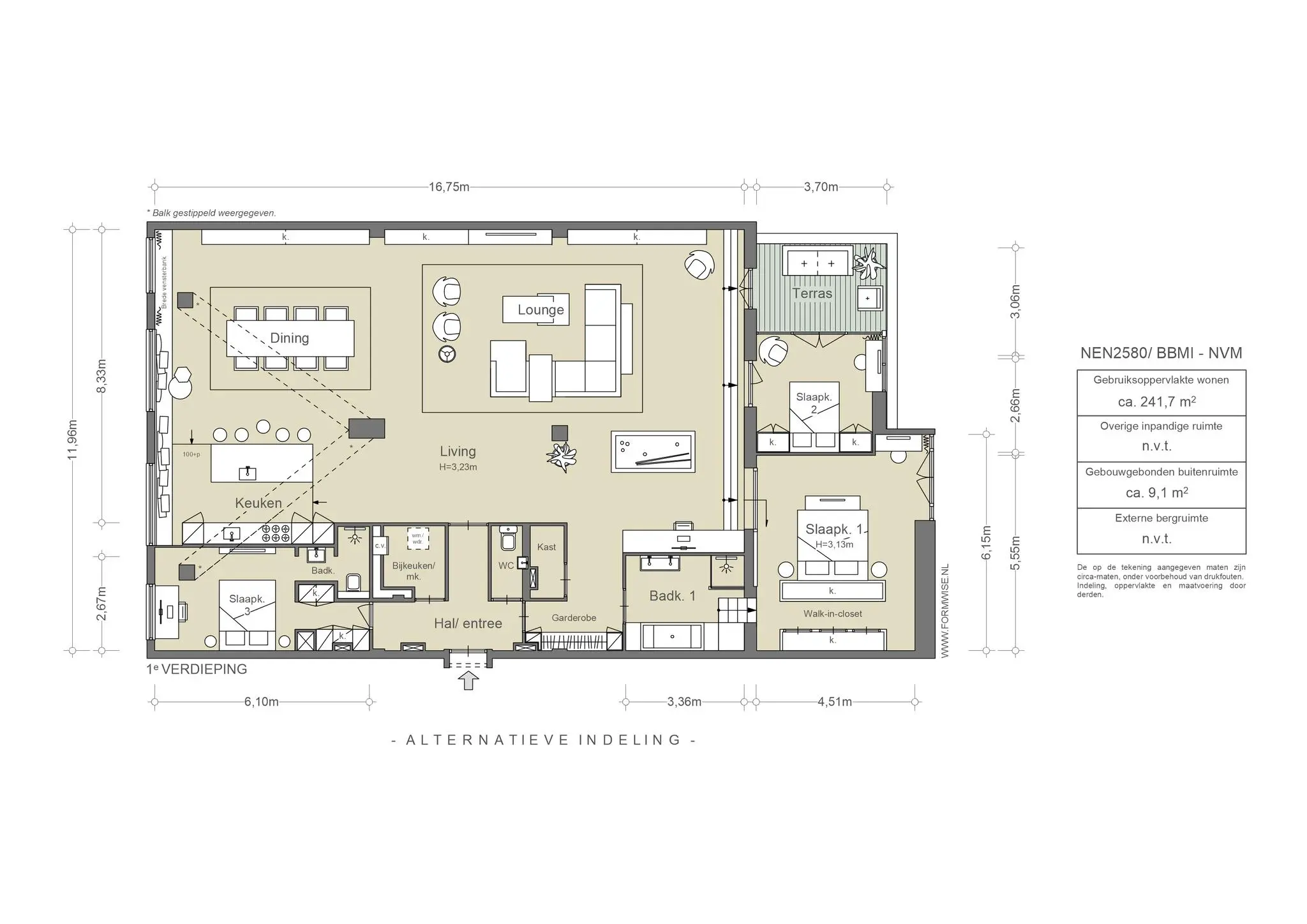
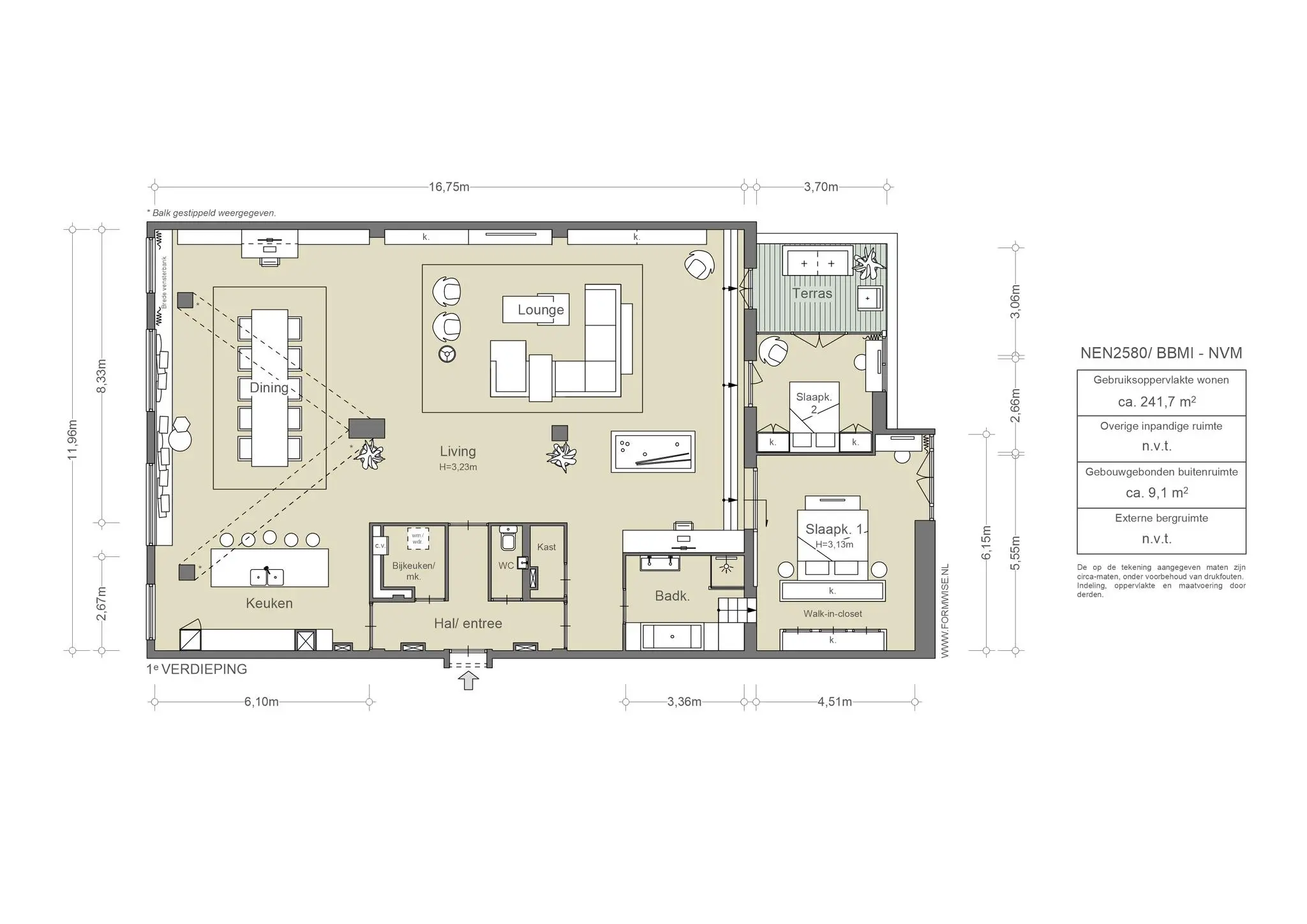
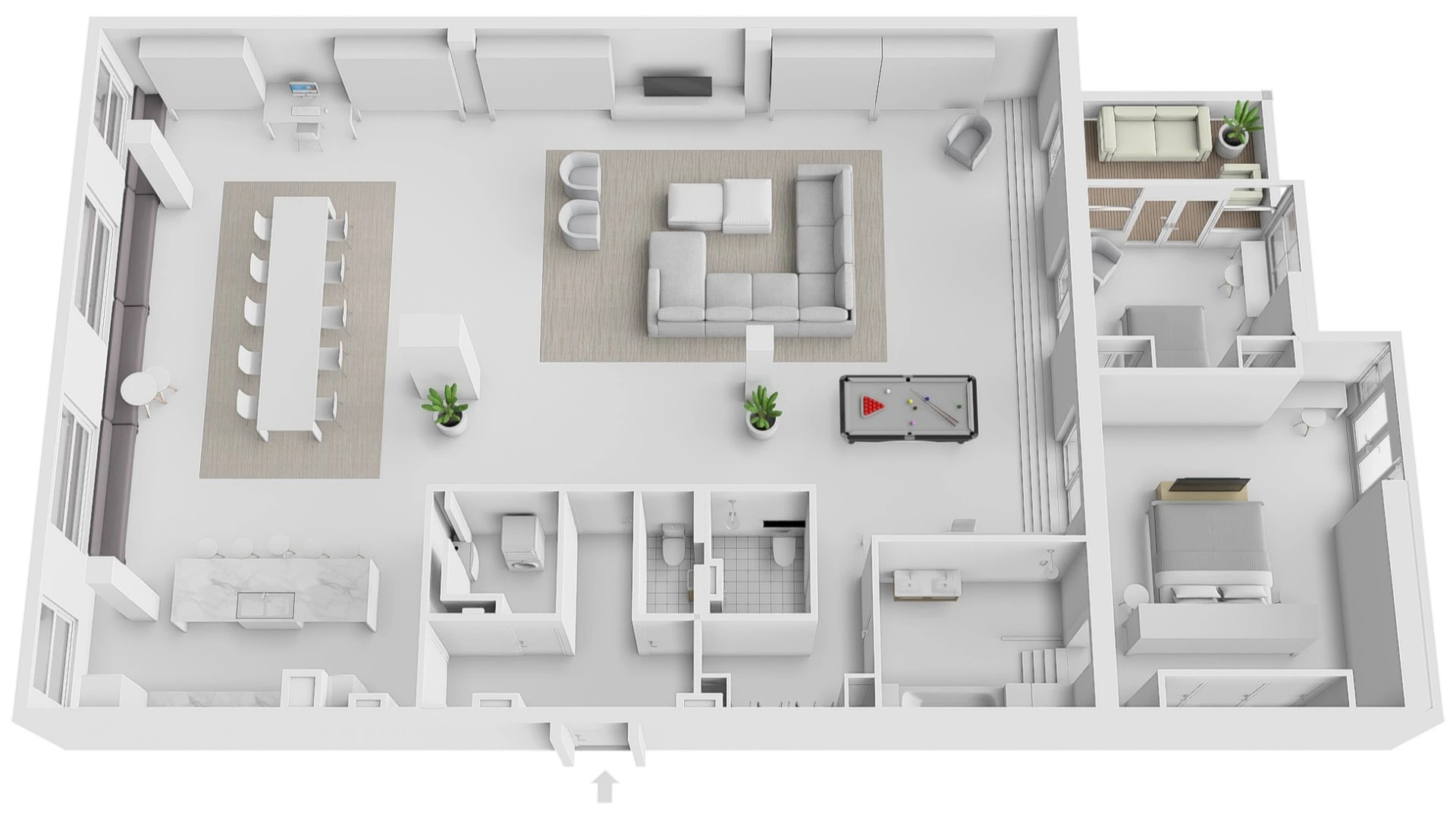
1073 VX Amsterdam
Casa Gitane
In de Gerard Doustraat bevindt zich de prachtige in aardse kleuren gehulde studio van Casa Gitane. Gitane betekent gipsy en zo herbergt Casa Gitane meubels en voorwerpen geïnspireerd op verre oorden, wereldreizen en een nomadische levensstijl. Hun collectie bestaat uit drie belangrijke ingrediënten; unieke vintage stukken, een selectie van bestaande merken en onze eigen ontwerpen.
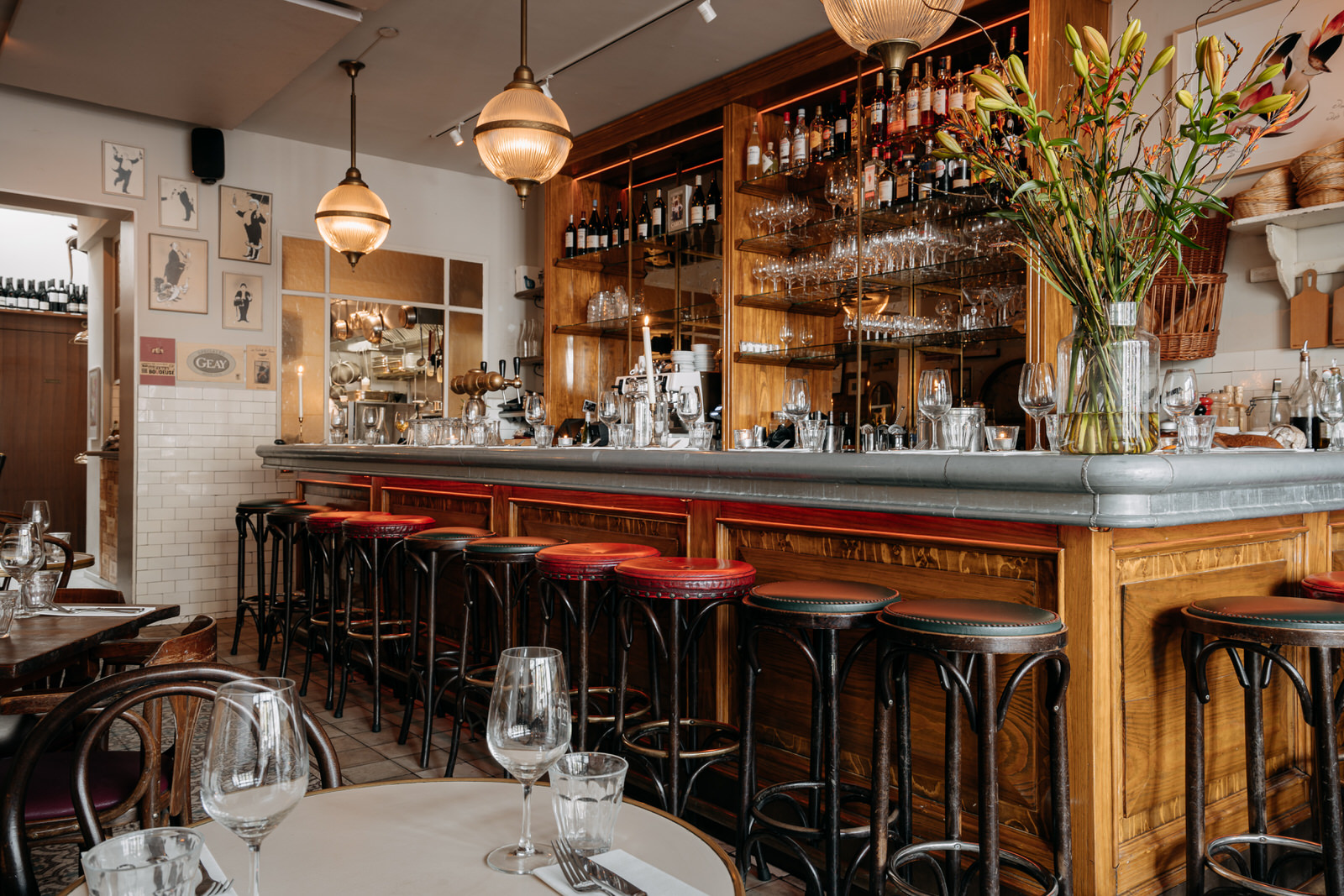
1072 VE Amsterdam
Petit Caron
Het kleine broertje van Café Caron, opgericht en gemanaged door Alain Caron en zijn zoons, gelegen op het altijd gezellig drukke Gerard Douplein. Reserveer een tafeltje op het terras en waan je in de Parijse wijk Les Marais. Bestel de signature dish van Petit: Côte de Boeuf, en een mooie fles Lowel. De wijn komt ook uit de koker van de Caron Familie, en is vernoemd naar de jongste zoon uit het telg Caron. Een soepele wijn rode wijn, het liefst mild gekoeld gedronken, uit de Loire, die zich ideaal leent om te genieten van alles wat Petit te bieden heeft.
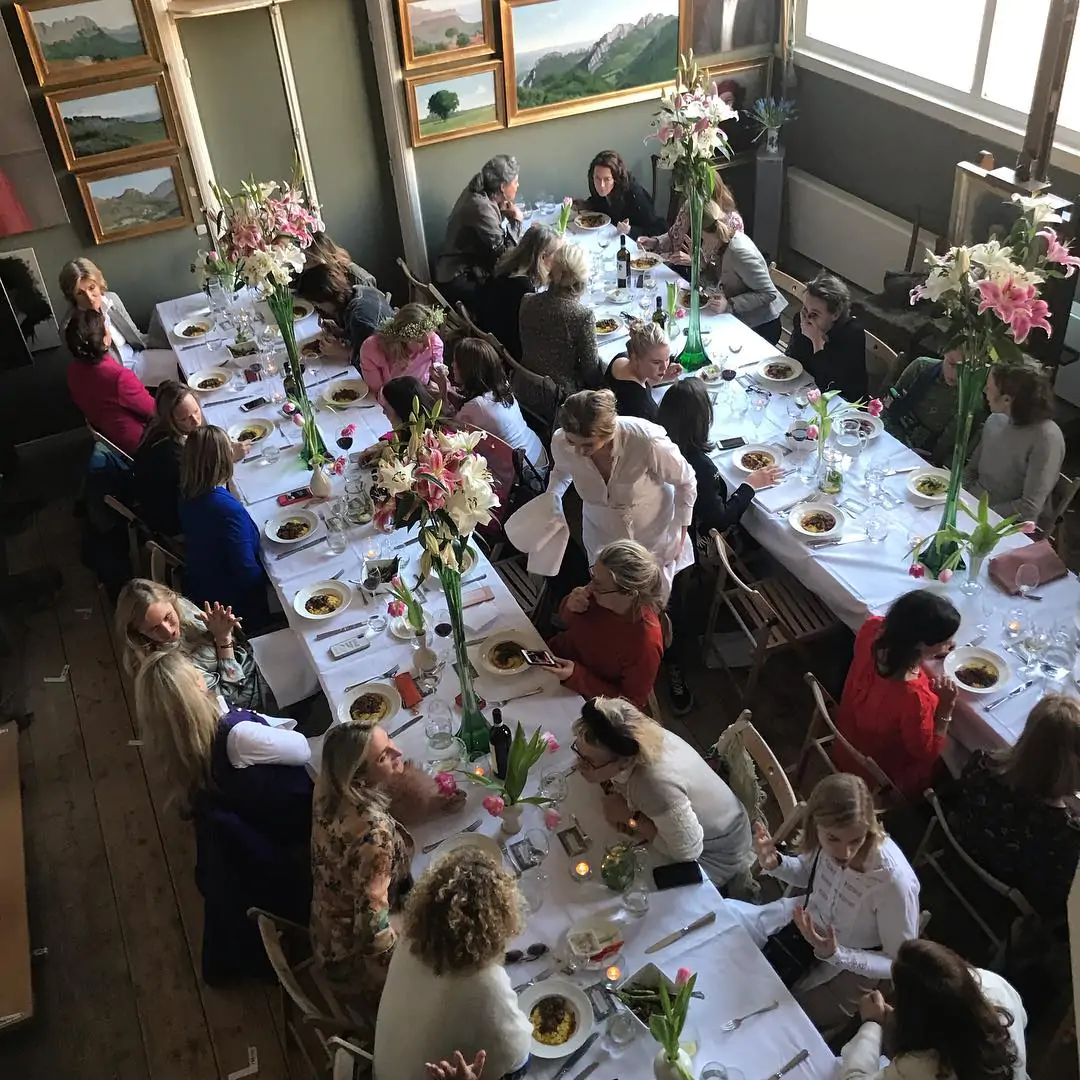
1073 BE Amsterdam
Saskia's Huiskamerrestaurant
De naam zegt het al: eten bij Saskia's Huiskamerrestaurant is als dineren in de huiskamer. In dit restaurant eet je alleen in kleine gezelschappen tot 10 personen. Een uitstekende manier om een gezellige knusse avond door de brengen met een groep vrienden. Saskia's Huiskamerrestaurant is echt begonnen als restaurant in de huiskamer van eigenaresse Saskia en is later verhuist naar een eigen pand. Het restaurant bestaat nu al 18 jaar maar heeft zijn bijzondere sfeer weten te behouden. Het restaurant bevindt zich aan de Albert Cuypstraat; vlakbij de markt waar Saskia dagelijks inspiratie opdoet voor nieuwe gerechten
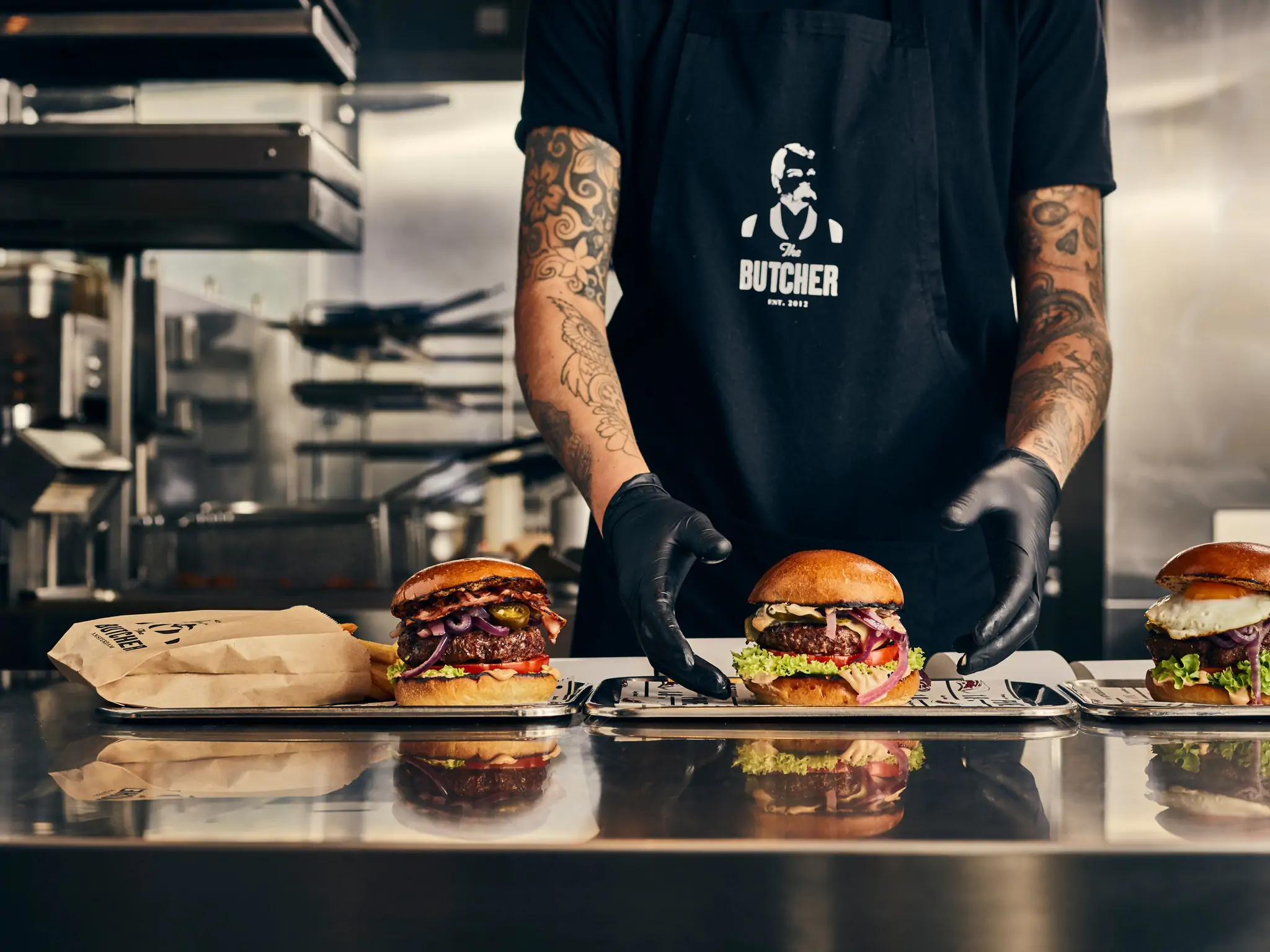
1072 CS Amsterdam
The Butcher
Wie burger zegt, zegt Butcher. Met meerdere locaties in Amsterdam heeft The Butcher een heus burger imperium opgebouwd. De eerste locatie opende in 2012 in De Pijp en groeide al snel uit tot fameuze fastfoodketen van kwaliteit. De sappige burgers worden gemaakt met kunde en kennis én natuurlijk het Aberdeen Angus rundvlees. Zoals ze zelf zeggen ‘bloody good’.
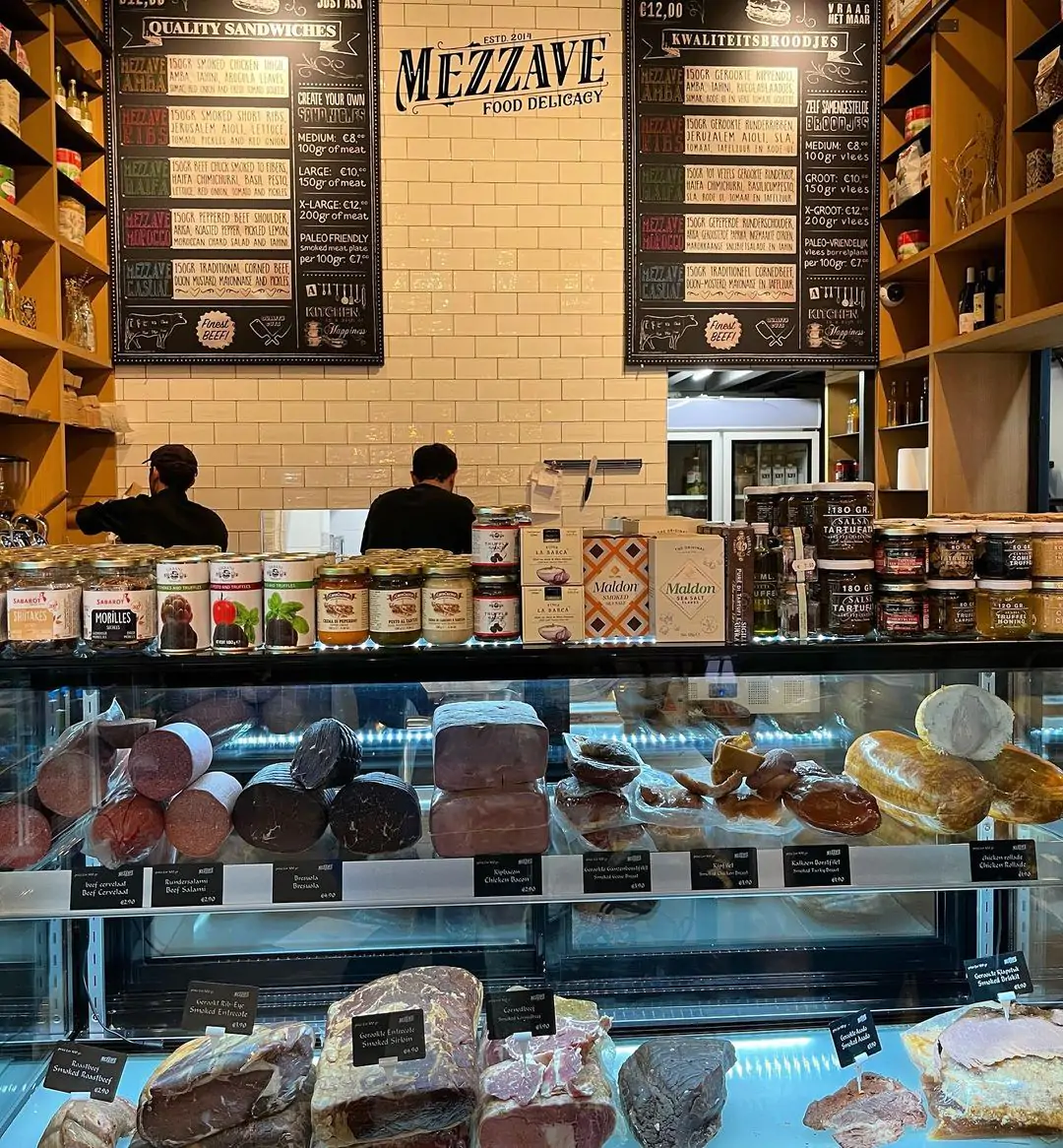
1073 AD Amsterdam
Mezzave
Voor de ultieme sandwichervaring moet je langs bij de Israëlische delicatessenzaak Mezzave in de Pijp. Vooral bekend om hun heerlijke charcuterie, waar ambachtelijke handgemaakte worsten en gerookt vlees de hoofdrol spelen. Geïnspireerd door de traditionele Italiaanse kunst van charcuterie.
1073 AD Amsterdam
Warung Marlon
Tijdens de coronacrisis besloot Warung Marlon alleen nog maar aan afhaal te doen, waarmee het dus officieel een Surinaams Javaans afhaalrestaurant is geworden. Het eethuis in de Pijp is al open sinds 1990 en bezorgt al meer dan 20 jaar een lach op vele vaste klanten hun gezicht. Het eethuis staat bekend om de soatosoep, kipsaté en uiteraard de bakabana’s en maakt de gerechten af door een glimlach op het gezicht van het vrolijke personeel. Vanaf heden te bestellen of af te halen, maar absoluut de moeite waard.

1072 LA Amsterdam
Soju bar
Bij Soju Bar kun je genieten van heerlijk knapperige Korean Fried Chicken. Naast de Fried Chicken bieden ze ook andere Koreaanse gerechten aan en natuurlijk de befaamde Soju. Bij Soju bar kun je genieten van Korean Fried Chicken en dit wegspoelen met bier en Soju, een Koreaanse borrel die vergelijkbaar is met sake in Japan. Soju wordt meestal gemaakt van rijst en is een gedestilleerde drank die verrassend lekker is om te drinken. Als je je avond echt op z'n Koreaans wilt beginnen, bestel dan een sojubomb, een soort 'kopstootje' maar dan met soju in plaats van jenever.
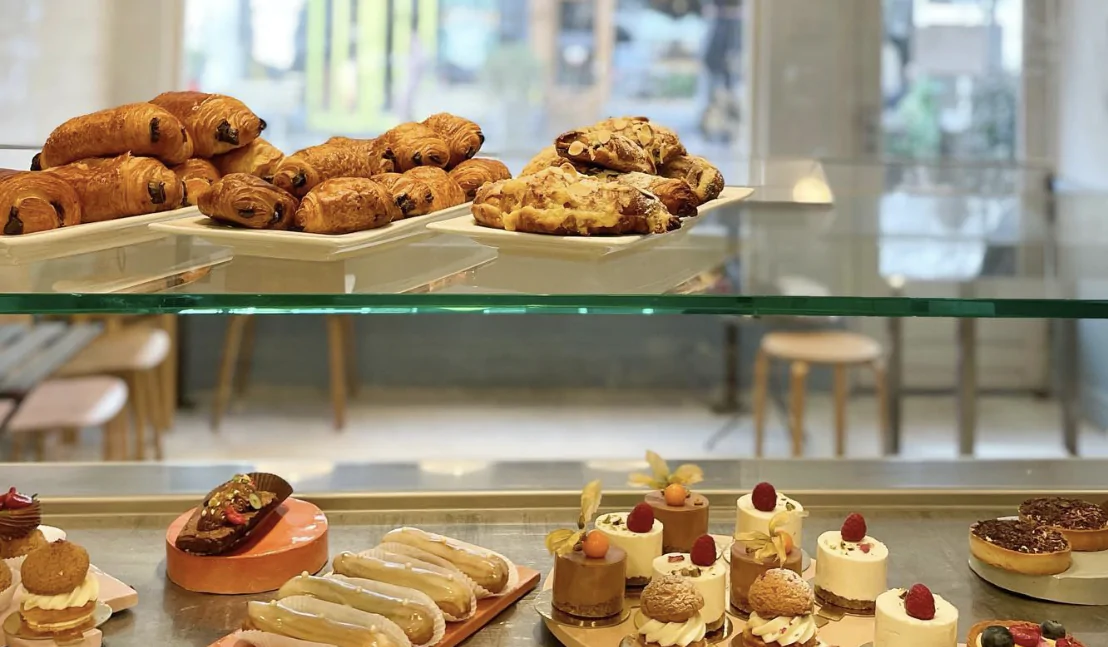
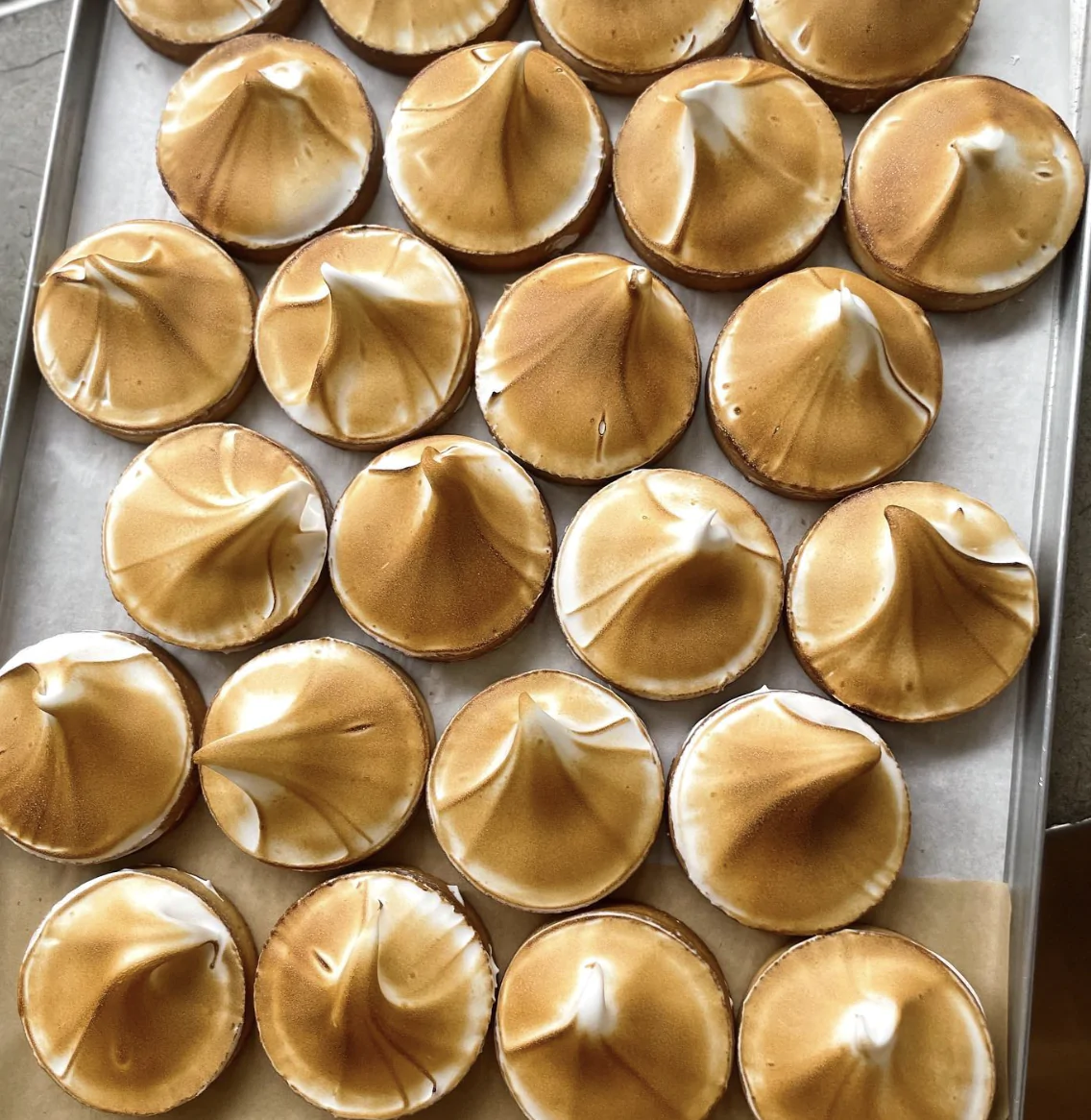




1073 AD Amsterdam
My Little Patisserie
My Little Patisserie is een bakkerijtje in Parijse stijl in de Pijp, gespecialiseerd in typische Franse crèmegebakjes zoals clairs, choux en mille-feuilles. De geur van de heerlijke gebakjes ruik je al van een afstand. De minimalistische stijl van dit bakkerijtje geeft een rustige sfeer. De uitgebreide variatie aan producten geeft blijk van de kundigheid van de bakkers. Een ontzettende aanrader voor de liefhebbers van de Franse bakkerssfeer.
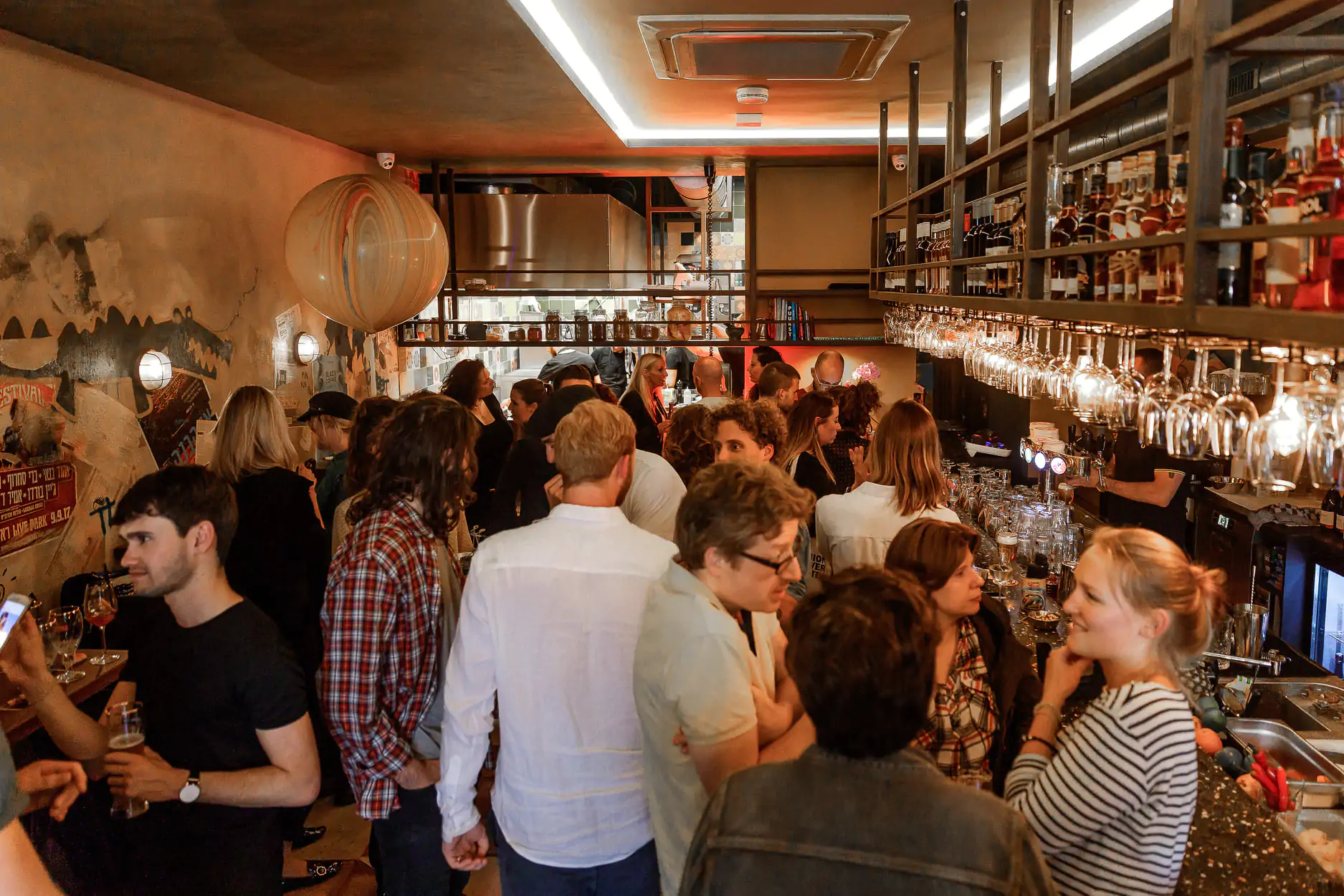
1072 LJ Amsterdam
Bardak
Bardak verplaatst Mediterraans Manhattan naar Amsterdam. In dit restaurant serveren ze de lekkerste soorten streetfood uit de Iraanse stad Tel Aviv. Naast heerlijke gerechten zoals gefrituurde bloemkool en crunchy falafel, maken ze hier ook spannende vintage cocktails met namen zoals Chili Cucumber Margarita en Sweet Bliss. Verse ingrediënten zijn key en ook de warme zomerse sfeer van het Midden Oosten mag niet ontbreken. Bardak is een een pareltje waar je kan genieten in Tel Aviv style.
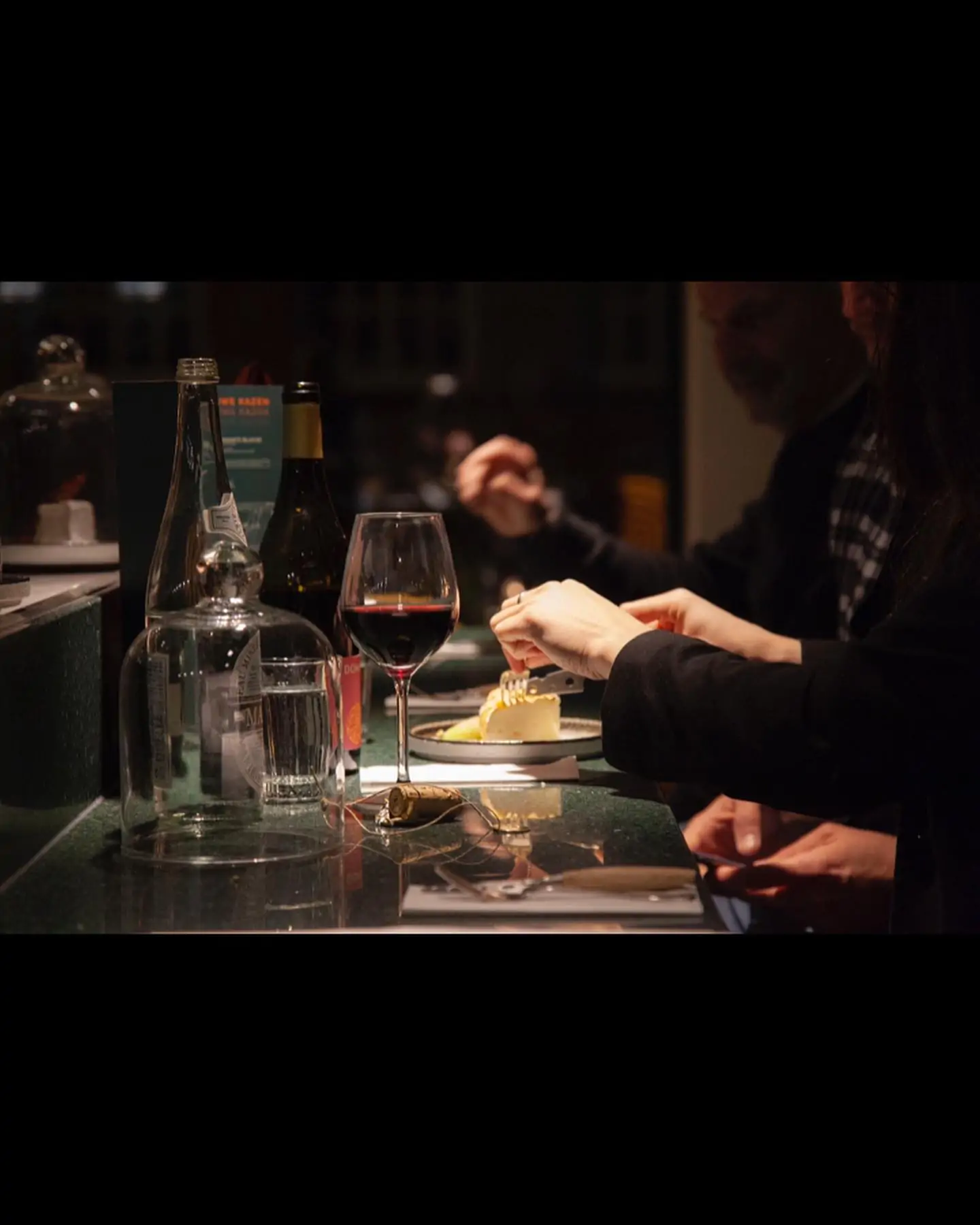
1072 LJ Amsterdam
Kaasbar Amsterdam
Bij Kaasbar Amsterdam krijg je kaas (joh) vooraf, kaas als hoofdgerecht, kaas on the side én kaas als dessert. Er is zelfs kaasijs! Alle producten die hier verkocht worden zijn uit Nederland. Ook leuk, voor de vegans zijn er ook diverse opties vegan kaas. Aan de bar kan je een lopende band met verschillende kaasjes voorbij zien komen.
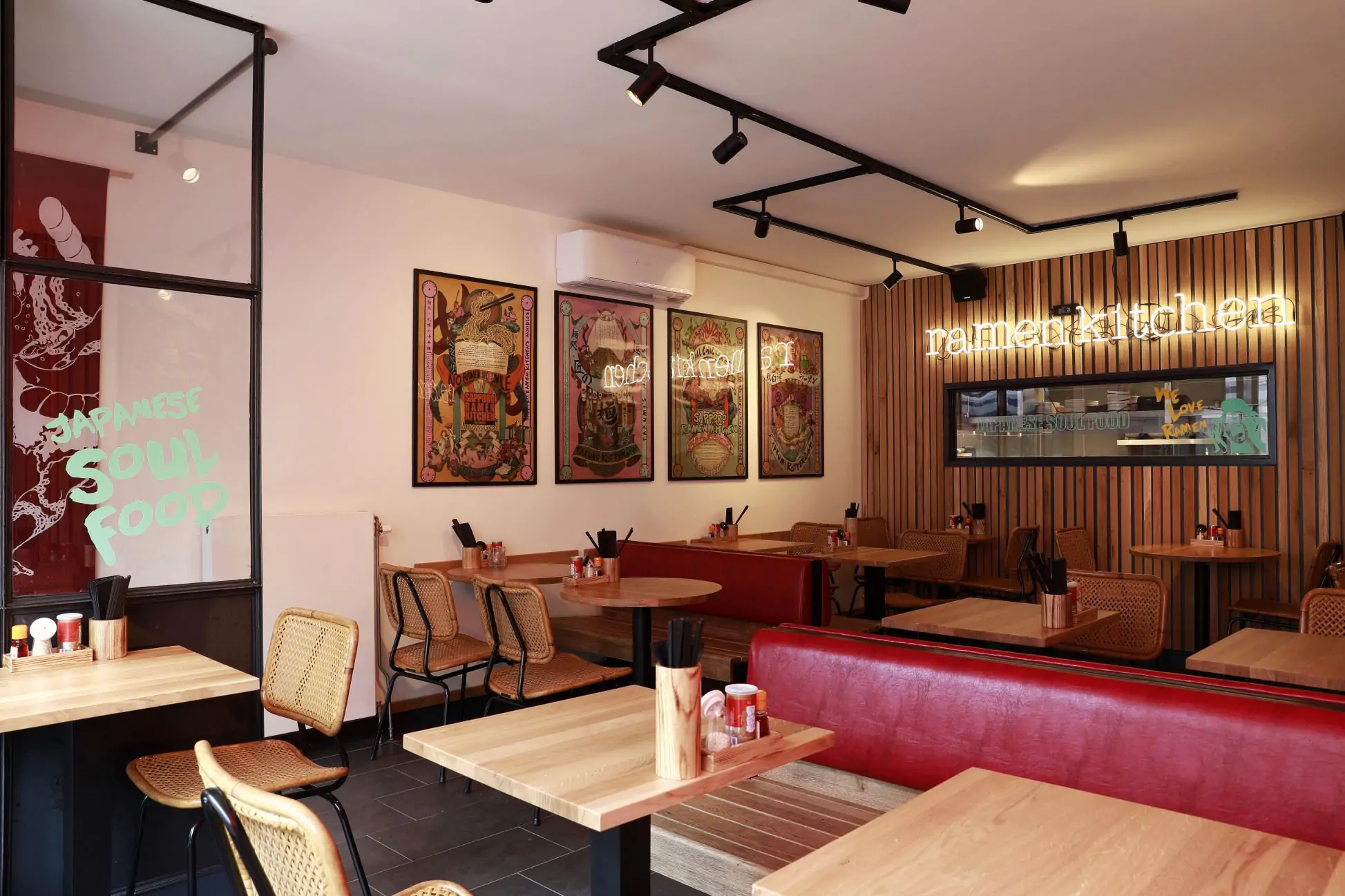





1072 LK Amsterdam
Takumi Ramen Kitchen
Takumi is het zuster Restaurant Umaimon ramen op het Leidseplein. Het restaurant is intiem met uitstekend vriendelijke bediening. Takumi biedt een klein, maar heerlijk aanbod. Je hebt de keuze uit shio (zout), shoyu (soyasaus) of miso ramen met gevarieerde toppings en smaken.
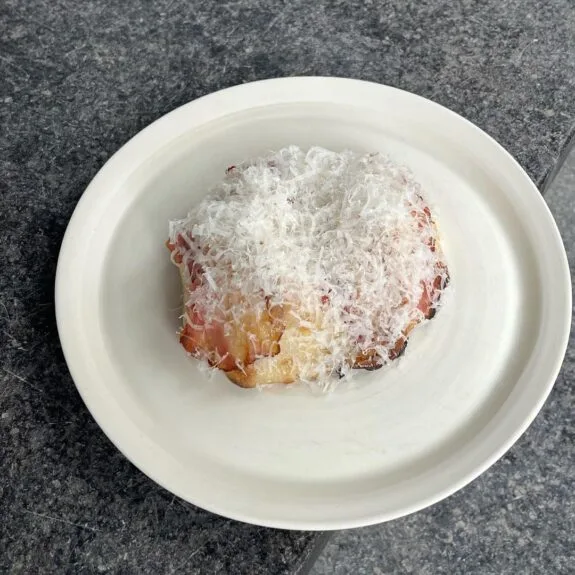
1073 CM Amsterdam
Badcuyp
Een geweldige locatie (een voormalig badhuis - voorheen Escobar) en een superjong team. Voormalig chef van Bar du Champagne, Martin de Nes, opende samen met Joep Hermans en Tobias Kuyt (voorheen sommelier bij Rijsel) op de hoek van de Albert Cuyp een eigen restaurant waar op open vuur wordt gekookt. Tobias stelde een uitgebreide wijnkaart samen met een concentratie op Frankrijk en Italie.

1073 BN Amsterdam
De Japanner
De Japanner is inmiddels een fenomeen geworden in zowel de Pijp als in Oud-West. De vestiging in de Pijp zit op de Albert Cuyp markt, wat het gemakkelijk maakt om binnen te stappen nadat je ergens een biertje hebt gedaan. Het concept is simpel en straight-forward: heerlijk Japans fingerfood wat gepaard gaat met ofwel een cocktail, Japans biertje, saké of een non-alcoholisch alternatief natuurlijk. Het komt dan ook niet als een verassing dat de reviews over de Japanner lovend zijn, waarbij vooral het vriendelijke personeel als de lekkere hapjes worden uitgelicht.
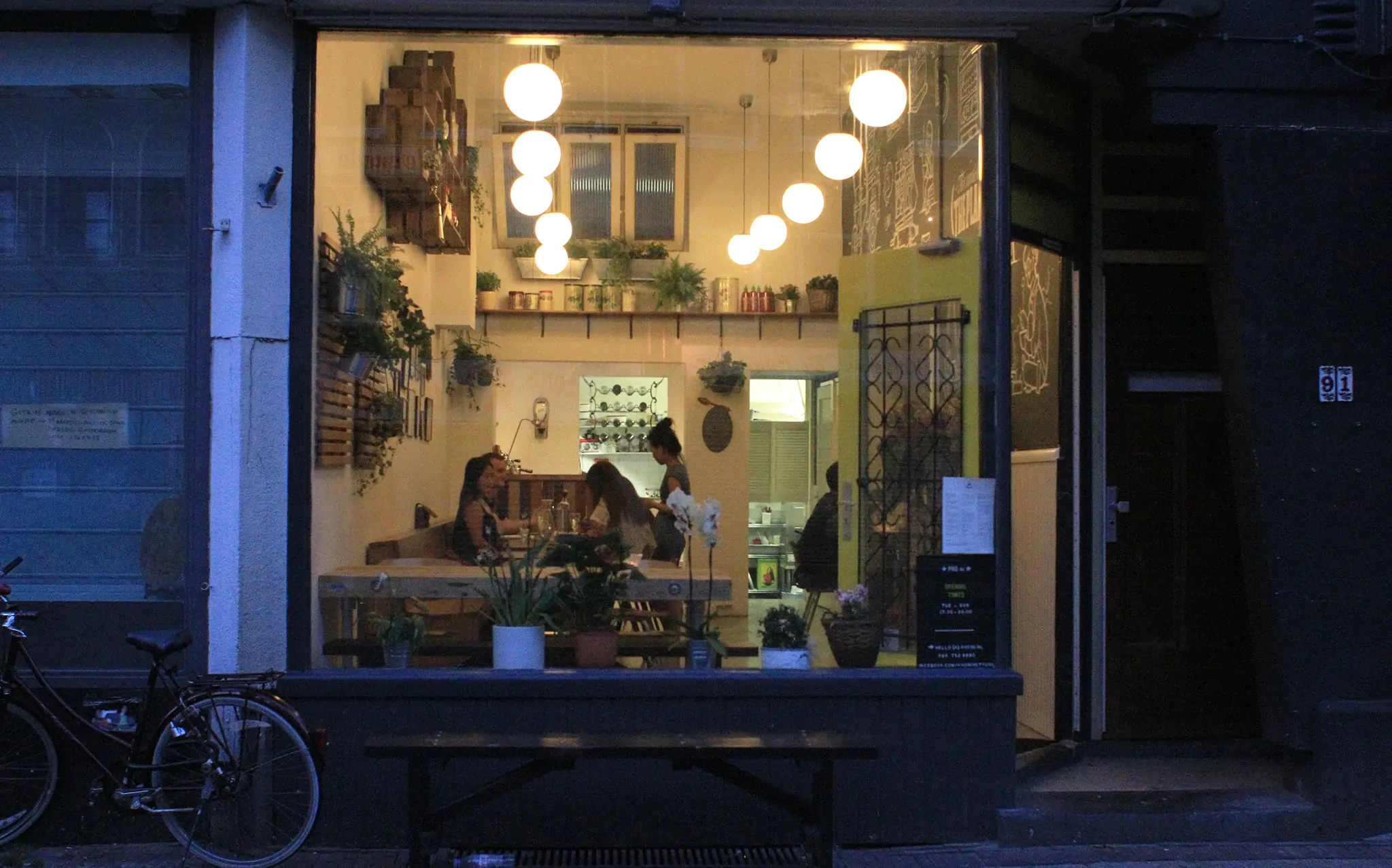
1072 CP Amsterdam
Pho 91
Dit kleine restaurant serveert traditionele Vietnamese pho (noedelsoep). De menukaart is bewust klein en verfijnd om de dagelijkse kwaliteit en versheid van het eten te garanderen. De meeste gerechten zijn gluten-, ei- en zuivelvrij en er is een uitgebreide selectie van spannende keuzes voor vleeseters, vegetariërs en veganisten. Als je geen zin hebt in soep, probeer de rund en noedels salade (Bun bo Xao Sa). Oftewel er is voor elk wat wils!
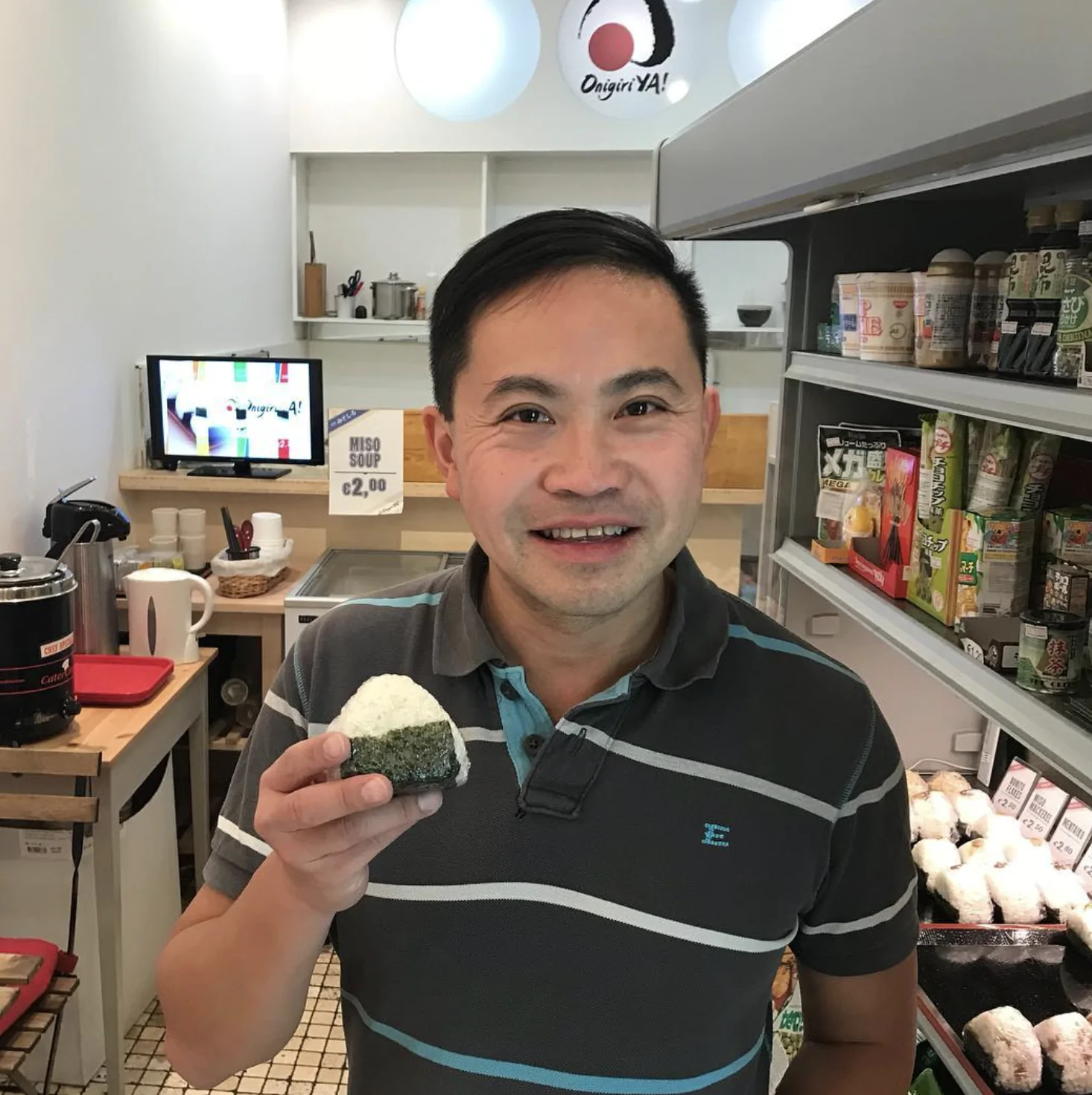
1072 LB Amsterdam
Onigiri YA!
De meeste mensen die door de Pijp struinen voor Japans komen niet veel verder dan het denken aan sushi en bubble tea (ook al komt dit oorspronkelijk uit Taiwan). Bij Onigri Ya staat dan ook specifiek op de deur vermeld dat deze items hier niet te koop zijn. In plaats daarvan is Onigri Ya een authentiek Japans restaurant en daarnaast ook een kruideniers- en delicatessenwinkel. Zoals verwacht zijn de Onigri’s een specialiteit: gekruide Japanse rijstballen in verschillende vormen, bedekt met nori en met vullingen van vis tot fruit. Voor eenieder die wel eens naar animé kijkt, Onigri Ya brengt het voedsel wat eenieder zo doet watertanden van het beeldscherm naar een lief klein winkeltje in de Pijp. Simpelweg een must-go.
1073 CK Amsterdam
Warung Swietie
Warung Swietie Lelydorp is een Surinaams restaurant op een steenworp afstand van de Albert Cuyp Markt. Het staat bekend om saotosoep en roti, die beiden voor een hele betaalbare prijs over de toonbank vliegen. Het is één van de kleinste Warungs in Amsterdam en in de zomer heeft het eethuis zelfs een klein terras. Voor een snelle hap zoals een broodje Pom met zuur kun je hier prima terecht!
1072 NX Amsterdam
Slagerij Zagora
Islamitische slagerij Zagora is bij menig buurtbewoner van de Pijp bekend. In een zijstraatje van de Albert Cuyp Markt vind je deze parel van een winkel, die veel meer is dan een slager alleen. Voor de deur staan oneindig veel dozen en kratten met groentes uitgestald, allemaal even kleurrijk en vers. Kruiden zoals onder andere rozemarijn en tijm koop je hier in potjes, voor bespottelijk goede prijzen. In tegenstelling tot de bosjes uit de supermarkt kun je deze onderhouden met water, waardoor de kruiden veel langer meegaan. De slagerij maakt uiteraard ook vlees, waaronder huisgemaakte merquez worstjes, shoarma en hamburgers. De vriendelijke mannen uit de winkel staan altijd paraat voor het groepje trouwe klanten en maken maar al te graag tijd voor je vrij. Een duidelijke tussenstop voor iedereen die graag zijn boodschappen op de Albert Cuyp doet!
1073 BD Amsterdam
De Albert Cuypmarkt
De Albert Cuypmarkt is van maandag t/m zaterdag geopend van 9:00 tot 18:00 en is met 260 kramen de grootste dagmarkt van Europa. Het gemeentebestuur besloot om in 1905 een vrije markt te vestigen dat vandaag de dag de Albert Cuypmarkt is, vernoemd naar een 17e -eeuwse kunstschilder. Je kan hier je dagelijkse boodschappen doen en terecht voor in het speciaal verse vis, delicatessen en verschillende soorten stoffen. De markt is natuurlijk bekend onder de Amsterdammers, maar ook toeristen weten de markt te vinden om bijvoorbeeld de typische Hollandse lekkernijen als haring en stroopwafel te proeven en opzoek te gaan naar souvenirs. Het is ook een leuke markt om gewoon even af te lopen voor de gezelligheid.
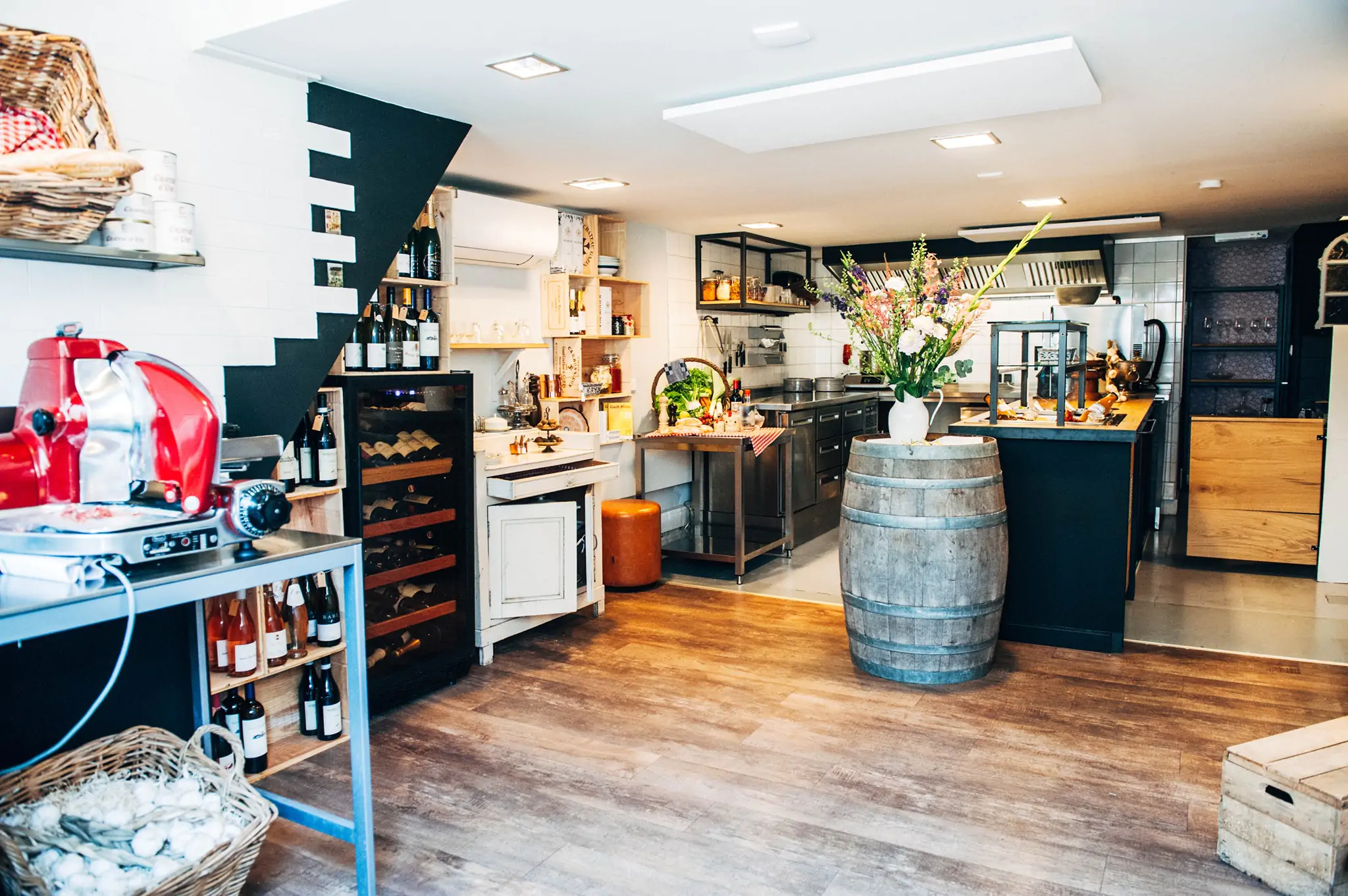
1073 BT Amsterdam
Epicerie de Pijp
Een beetje Frankrijk in Amsterdam. Vanwege het gemis van franse delicatessen, als eigenaresse Merabi naar Frankrijk ging kwam ze terug met tassen vol boodschappen, is deze zaak om de hoek van de Albert Cuyp markt geopend.
Alle producten zijn door de eigenaren zelf uitgezocht en geïmporteerd. Versproducten zoals Le Mi-chèvre Soignon, een kaas gemaakt van geit en koelmelk, maar ook galettes Saint Jacques, crêpes gevuld met coquilles in roomboter-peterseliesaus.
1072 CS Amsterdam
Alain Bernard Butchery
Verstopt achter de drukke Albert Cuypmarkt vind je deze top slager. Ze hebben een groot assortiment van rund, varken, lam en kalf. De merguez worstjes zijn heerlijk, maar eigenlijk is al het vlees hier van hoge kwaliteit. Ook hebben ze goede Bretonse roomboter (gezouten of ongezouten). Kortom, als je al over de Albert Cuyp struint, vergeet deze plek dan niet!
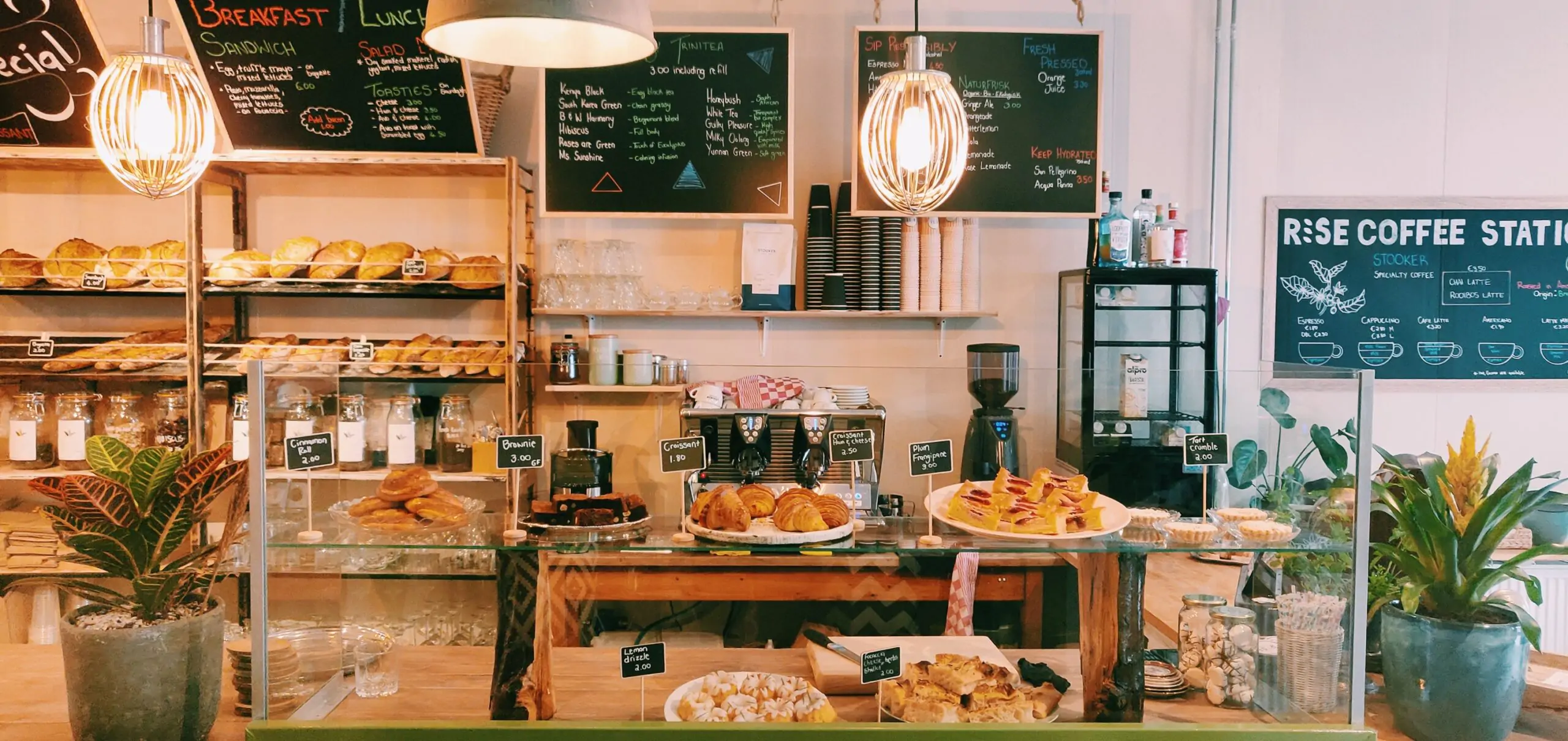
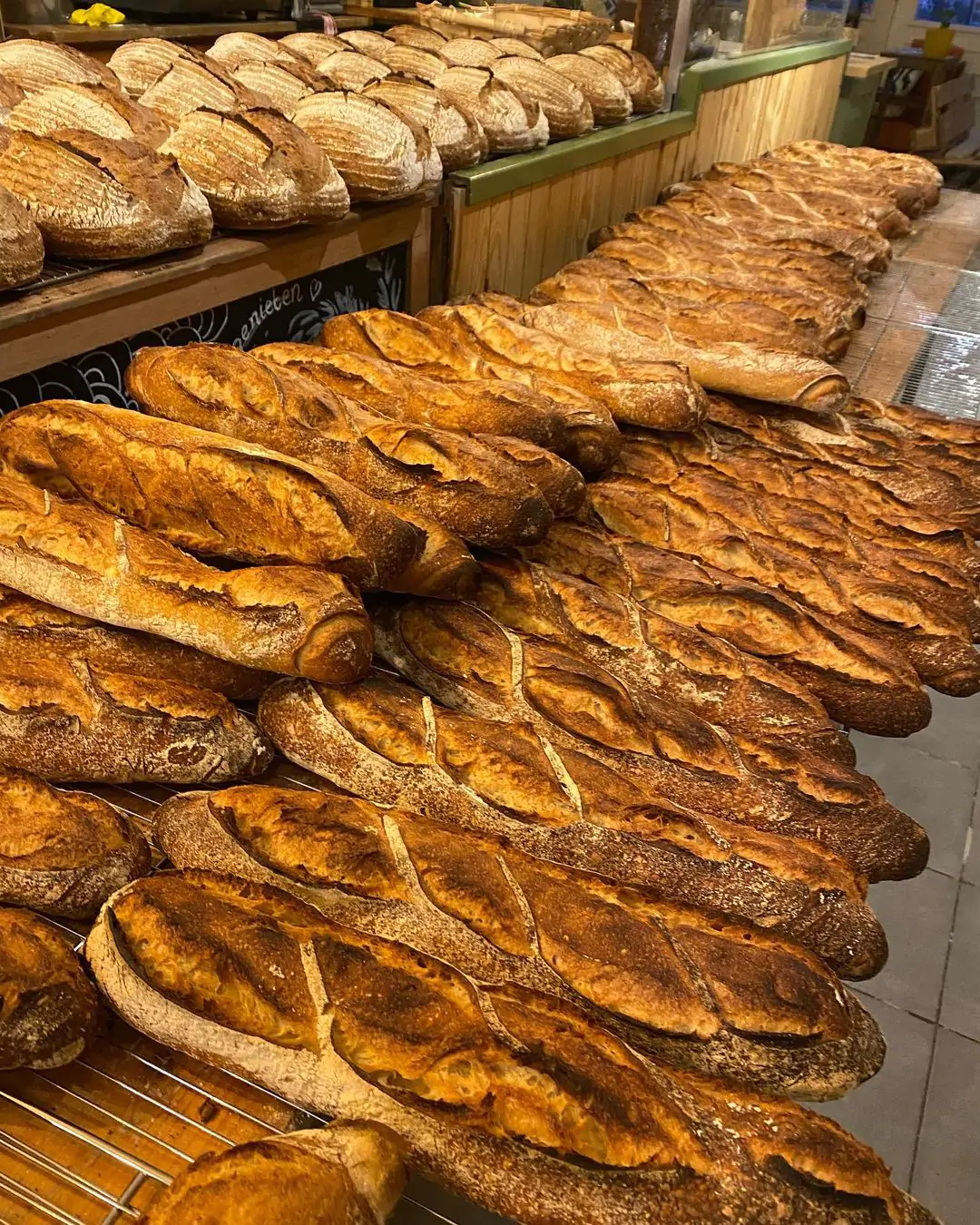




1073 BM Amsterdam
Rise Bakery
De drie eigenaren van Rise Bakery ontmoetten elkaar in Londen waar ze allemaal in de horeca werkten. Door de maatregelen van de pandemie op de horeca besloten ze gezamenlijk hun droom te volgen en naar Amsterdam te komen om een bakkerij te openen. Alle drie hebben ze een eigen specialiteit en dat resulteert in Franse broden, zuurdesem en taartjes. Gelegen aan de Albert Cuypstraat is dit de perfecte plek om een Deens gebakje of een kaneelbroodje te eten voor of na boodschappen op de markt.
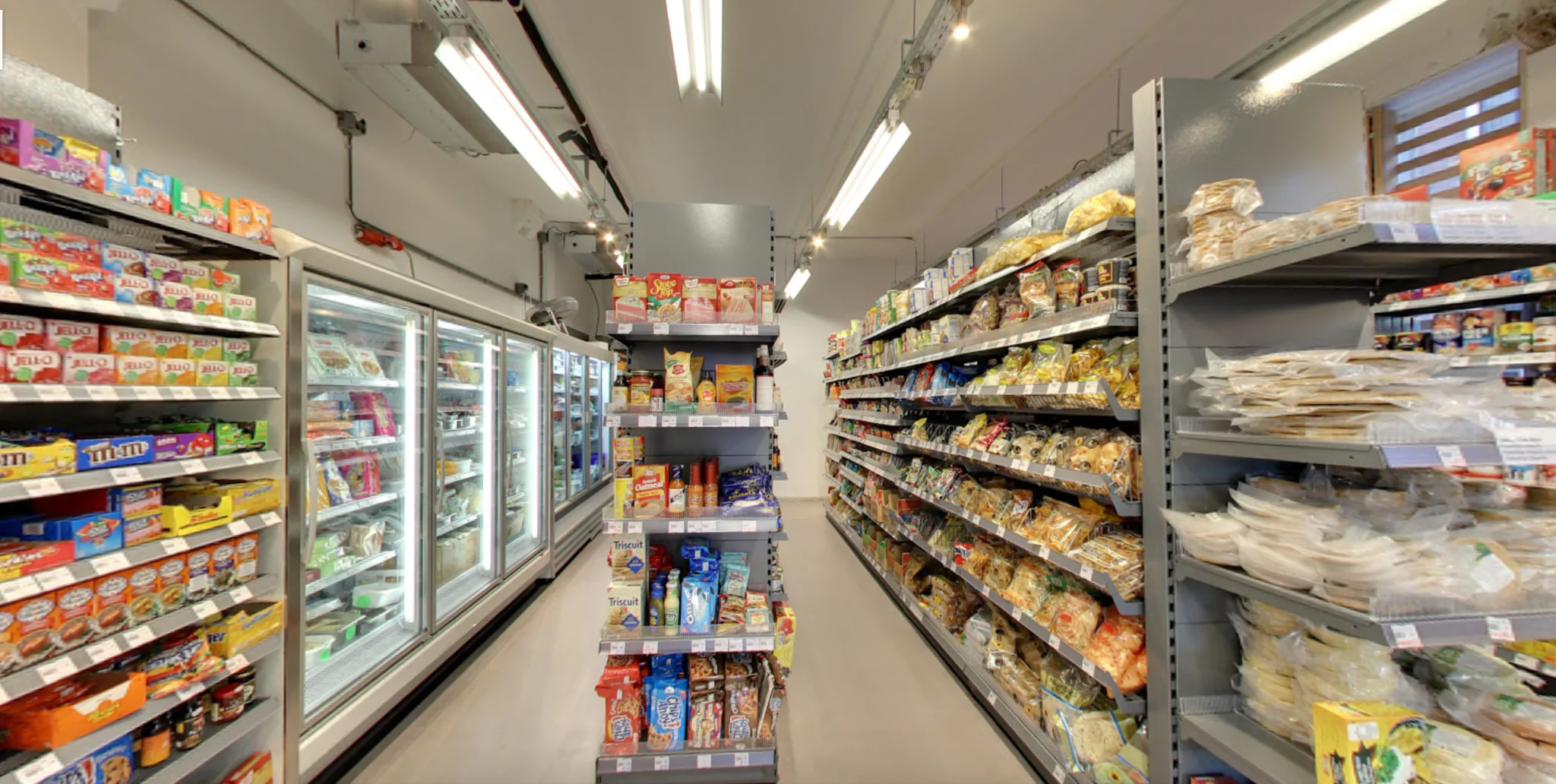
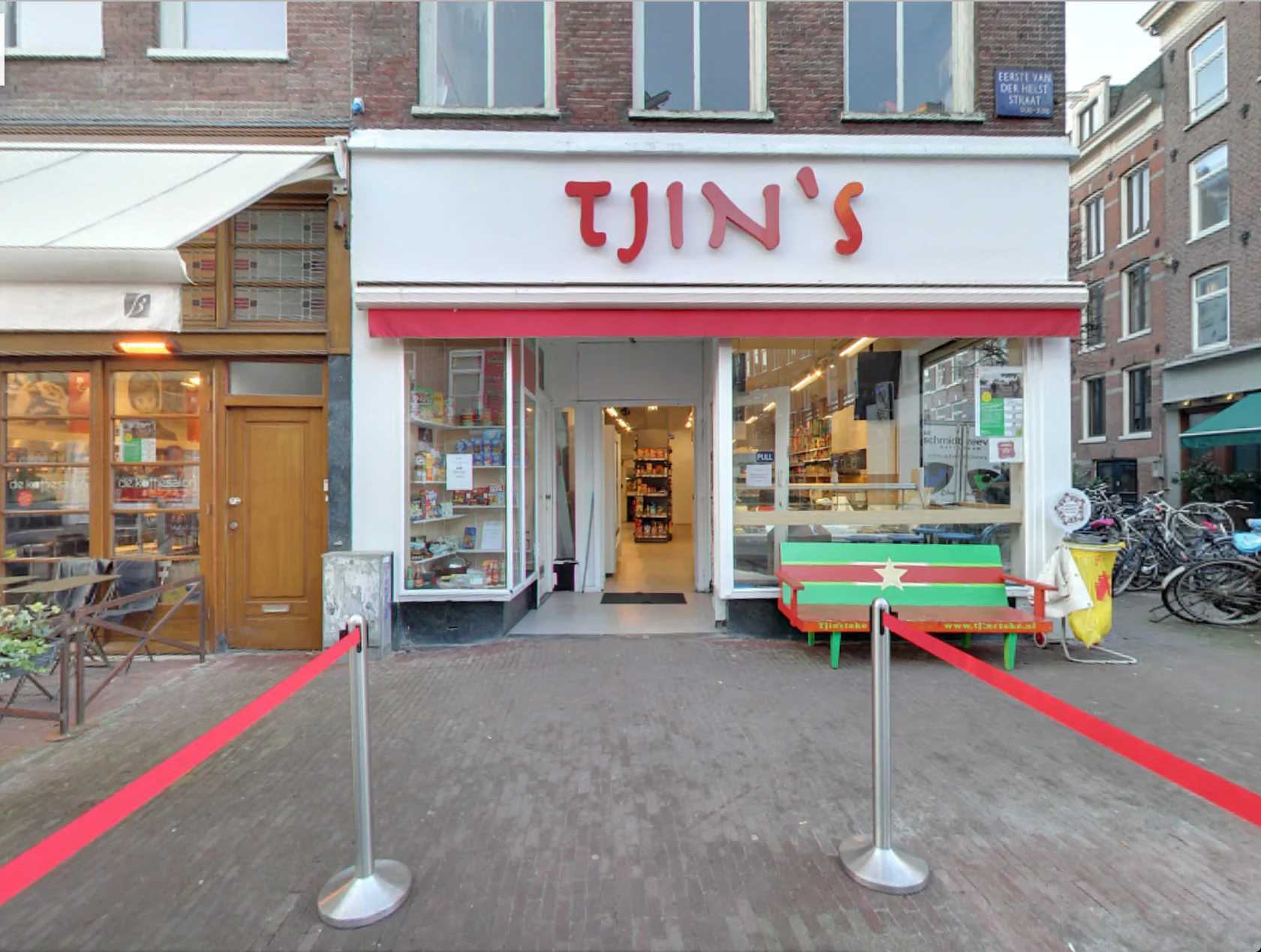




1072 NZ Amsterdam
Tjin's Toko
Tjins is inmiddels een welbekende broodjeszaak in Amsterdam. Al 40 jaar een perfect adres voor een broodje hete kip of bakkeljauw. Minder bekend is de International Foodstore die gevestigd is achter de afhaal-vitrine. Verschillende gedroogde Mexicaanse pepers, echte Chinese smaakmakers, verse Indiase producten en een ruim arsenaal aan Amerikaanse snacks. Van plan om echt buitenlandse gerechten te maken? Tjins is the place to be.
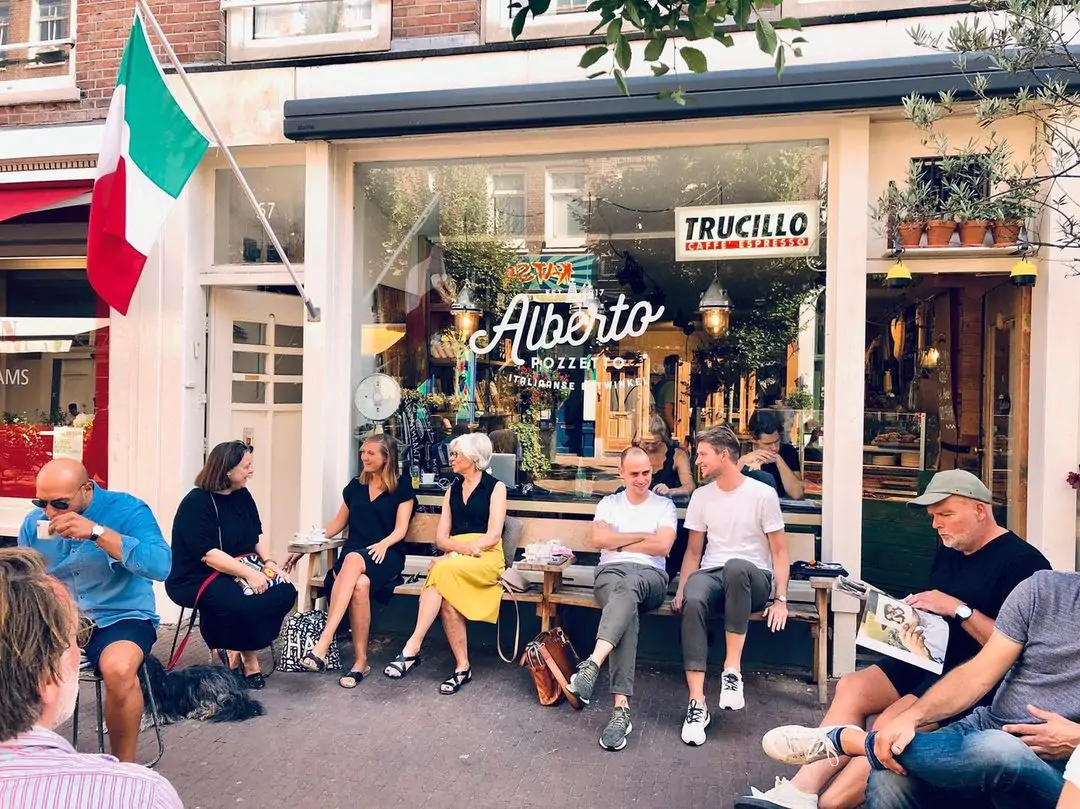
1073 AD Amsterdam
Alberto Pozzetto
Alberto Pozzetto is te vinden in één van de bruisendste zijstraten van de Albert Cuypmarkt in de Pijp in Amsterdam. Bij Alberto Pozzetto kan je terecht voor al je authentieke Italiaanse boodschappen. Koffie, thee, taartjes en vooral de heerlijke broodjes met verse vleeswaren, groenten en kazen zijn een aanrader. Het winkeltje is klein maar fijn, maar je kan ook binnen terecht voor een heerlijke maaltijd. Ook is Alberto een aanrader voor catering. Kortom, mocht je verdwalen op de Albert Cuyp, is Alberto Pozzetto een uitnodigend alternatief.
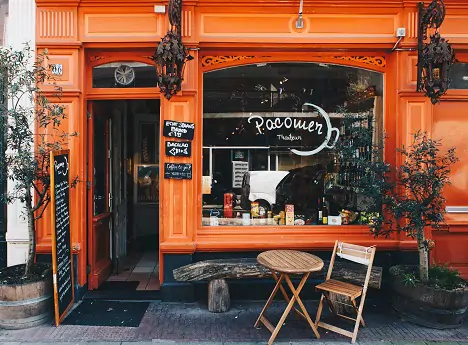
1072 VV Amsterdam
Pacomer traiteur
Pacomer traiteur is een zaak in de Pijp, gespecialiseerd in de verkoop van Spaanse delicatessen. Binnen in de winkel staat een grote tafel waar je de heerlijke huisgemaakte paella, broodjes of tapas kan eten. Daarnaast is er buiten een klein terrasje, waar je – mocht je geluk hebben – ook plaats kunt nemen. Alle gerechten kunnen worden meegenomen en zijn dus ook ideaal om in bijvoorbeeld het Sarphatipark te nuttigen, onder het genot van een glas rioja, sidra of cava op een picknickkleed. De traiteur doet ook aan catering, waarbij het mogelijk is om je eigen borrel en/of tapas plateaus samen te stellen. Heb je niet genoeg gasten voor een catering, maar wil je wel graag lekker Spaans borrelen met jezelf of je vrienden? Pacomer levert met liefde een groot deel van de tapas aan huis, van broodjes pata negra of tortilla, tot paella’s en Spaanse kaas en vlees plateaus!
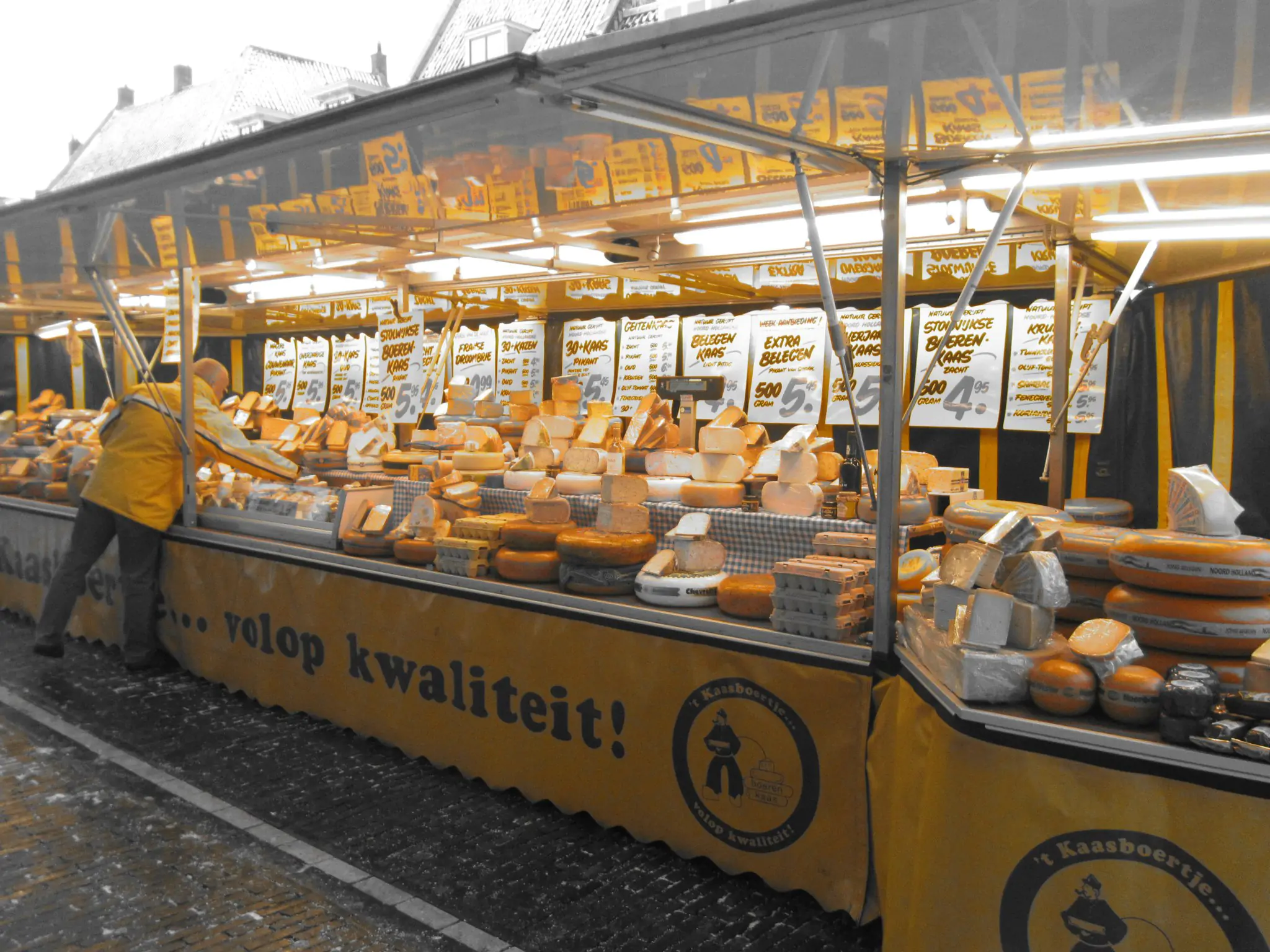
1072 VV Amsterdam
'T Kaasboertje
’T Kaasboertje op de Albert Cuyp markt is een fenomeen onder de bewoners van de Pijp. Daarnaast is het ook een bekende spot voor toeristen, omdat mensen die graag kennis willen maken met het Nederlandse assortiment aan kazen hier vaak naartoe worden doorverwezen. Het familiebedrijf staat bekend om een vriendelijke service, waarbij er de tijd wordt genomen voor klanten met persoonlijk advies. Hoe druk het ook is, het personeel assisteert graag in het kiezen van de perfecte dessertplank tot een heerlijke kaasfondue. Naast kazen worden er ook wijnen, allerlei soorten tapende en andere bijpassende borrelhappen verkocht. Het is een duidelijk voorbeeld van een zaak met aandacht voor de kwaliteit van de producten die worden verkocht, als een zaak waar de klant koning is. Een overduidelijke aanrader voor degene die de boodschappen in moeten slaan voor het hosten van de weekendborrels!
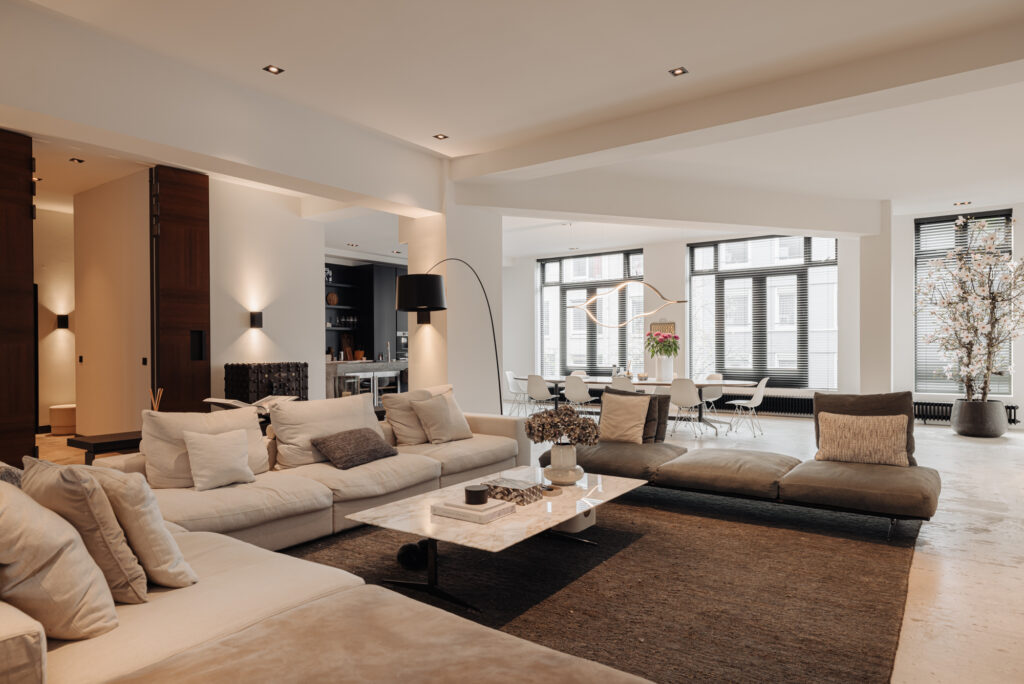
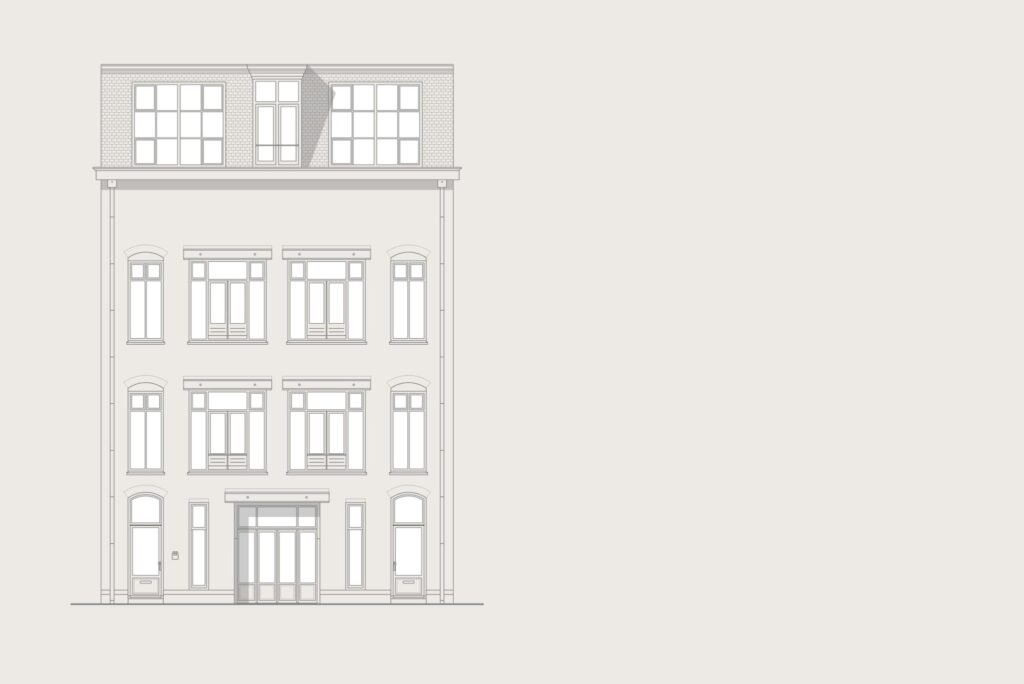
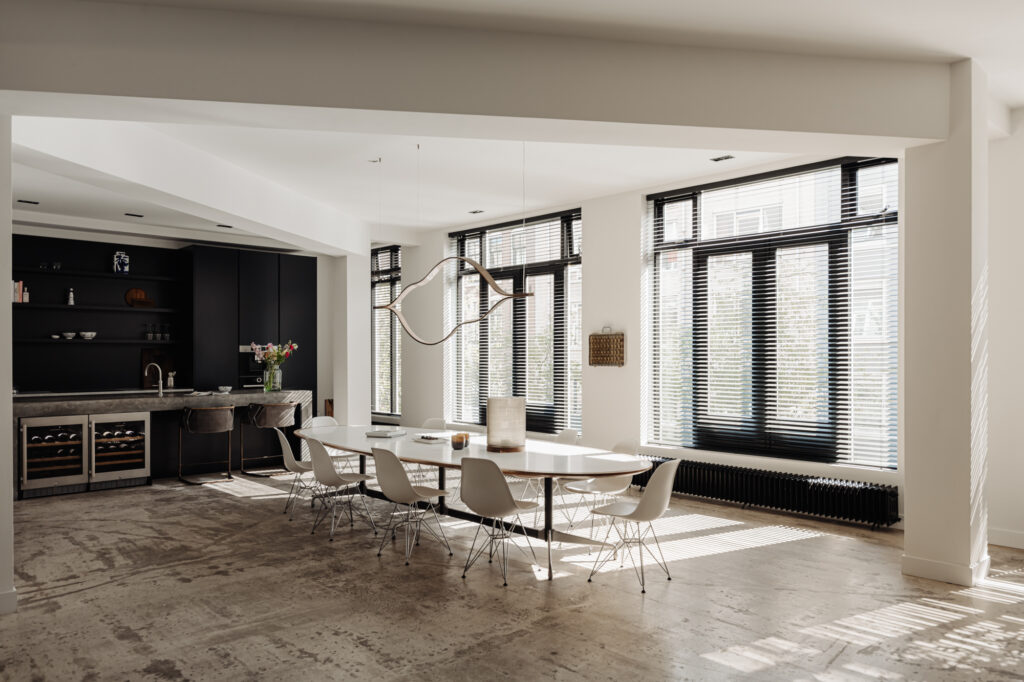
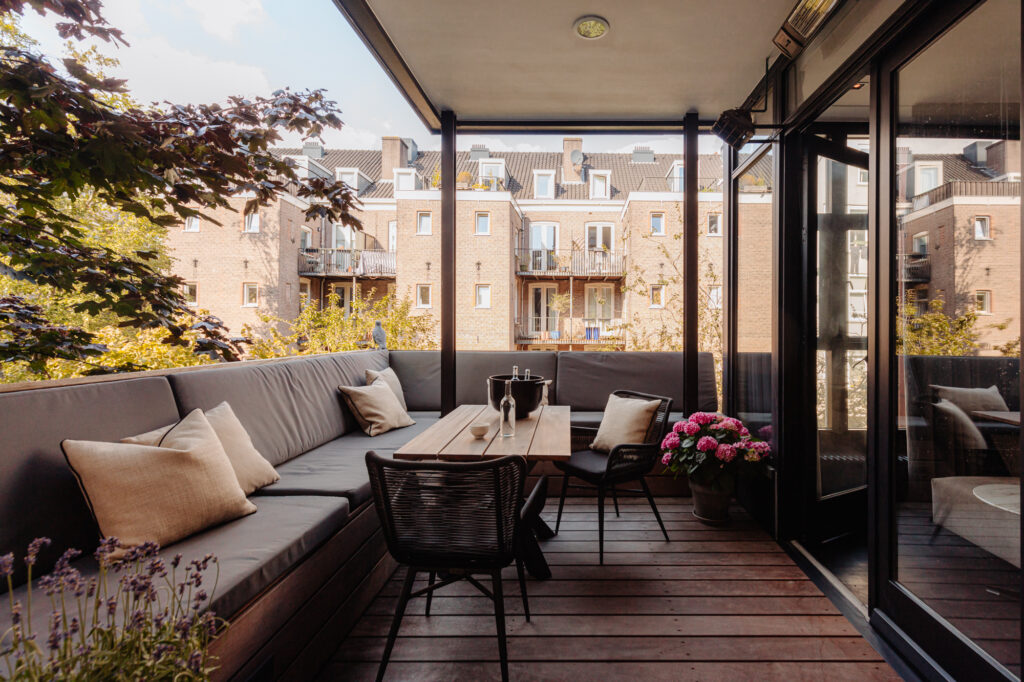
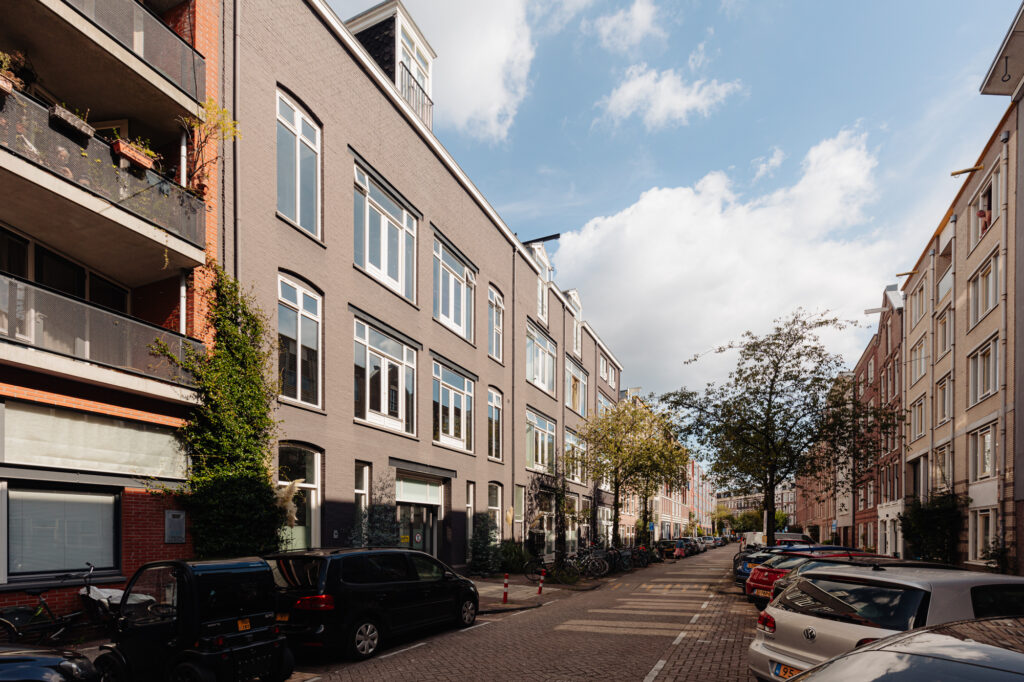
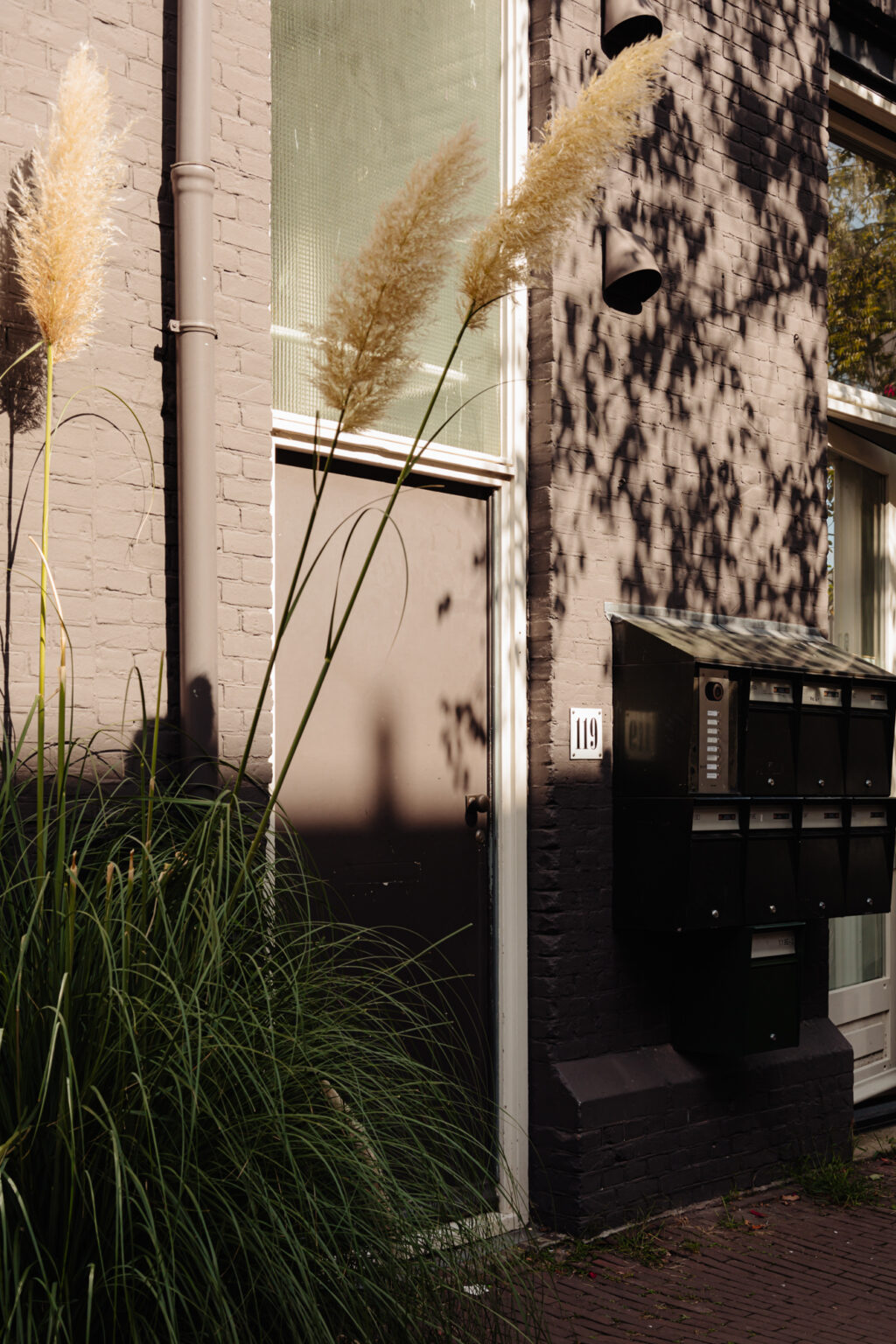
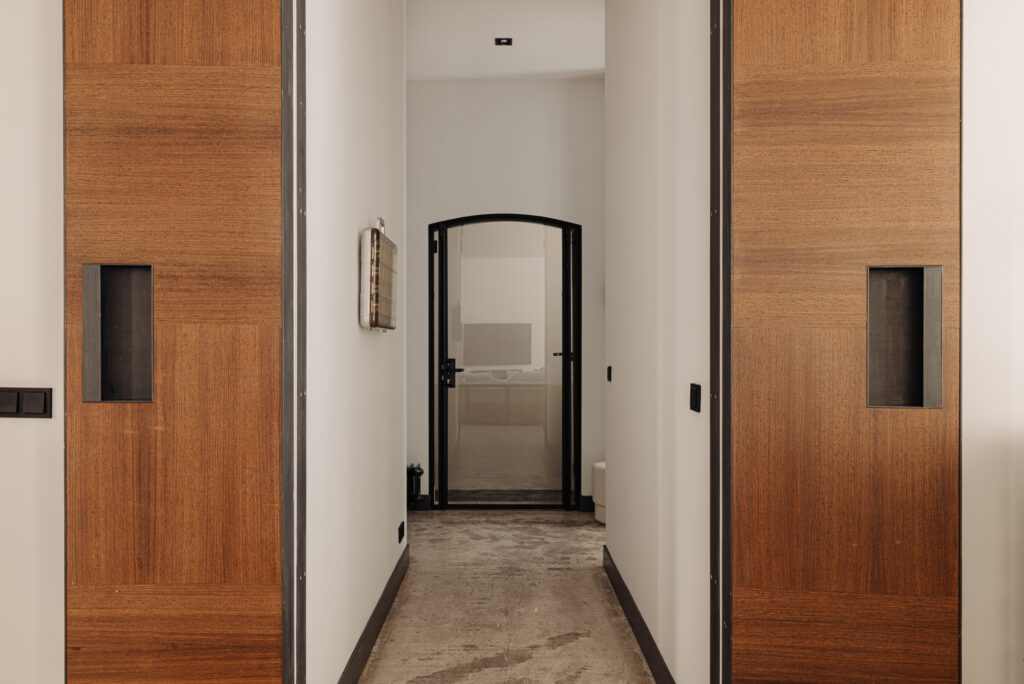
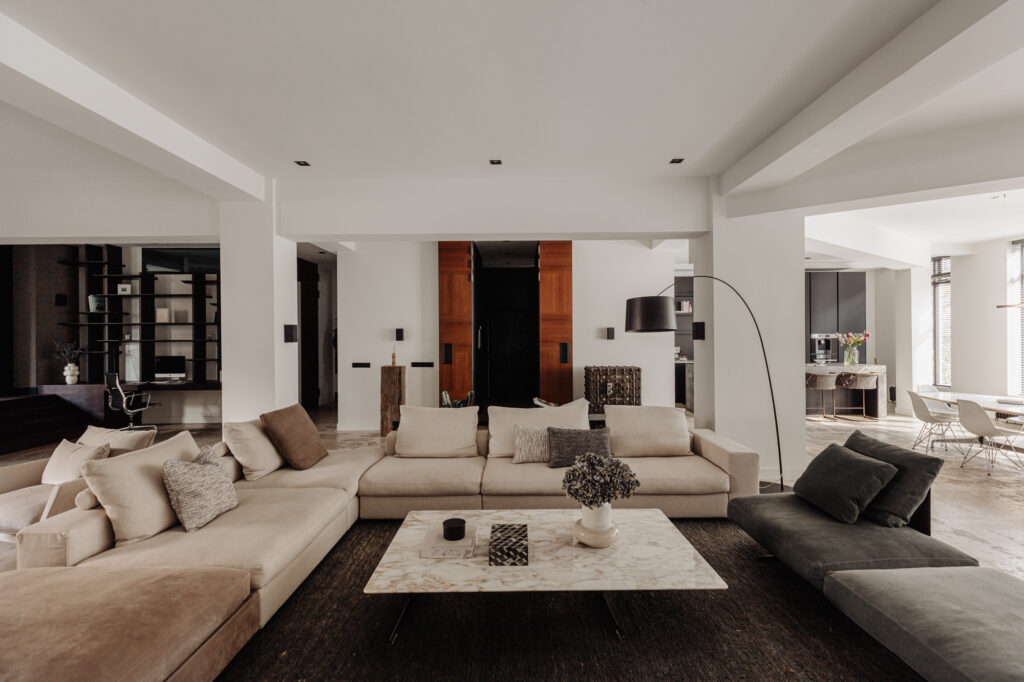
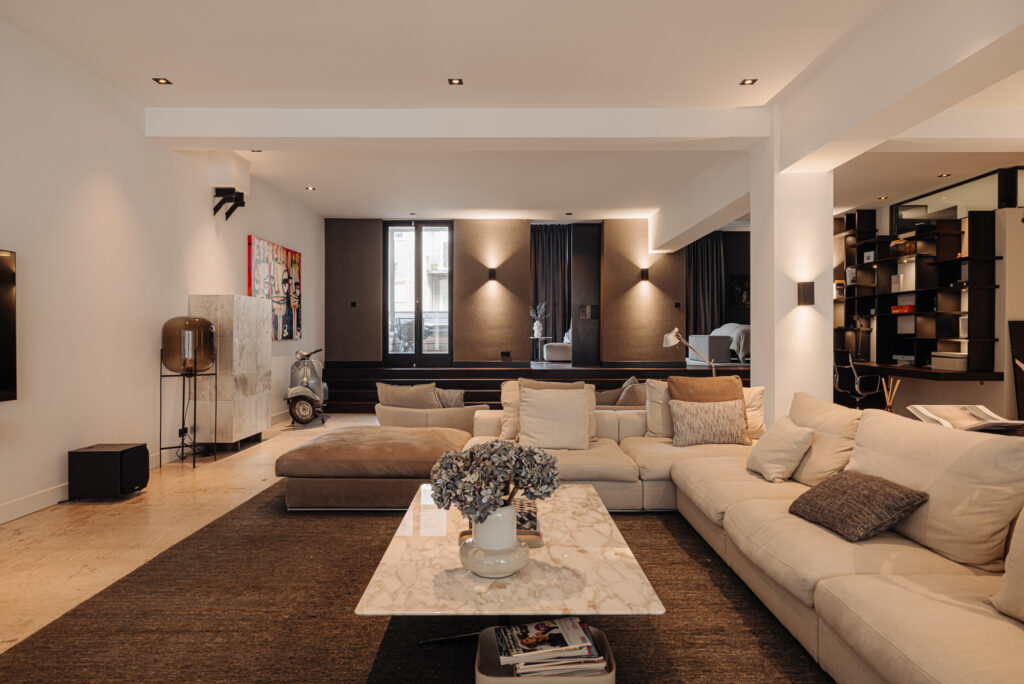
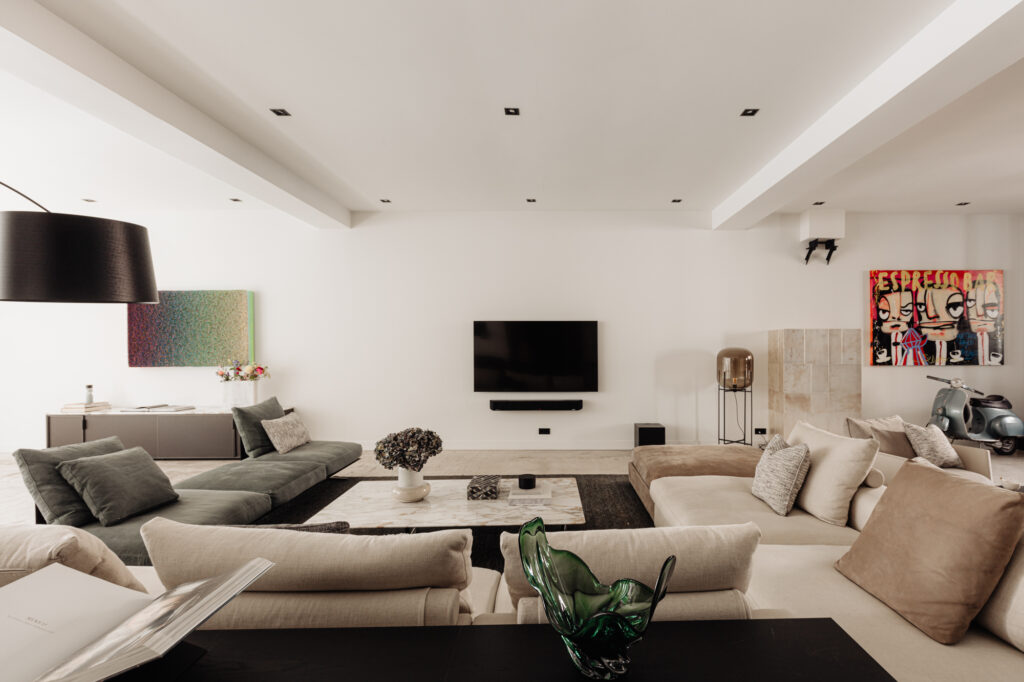
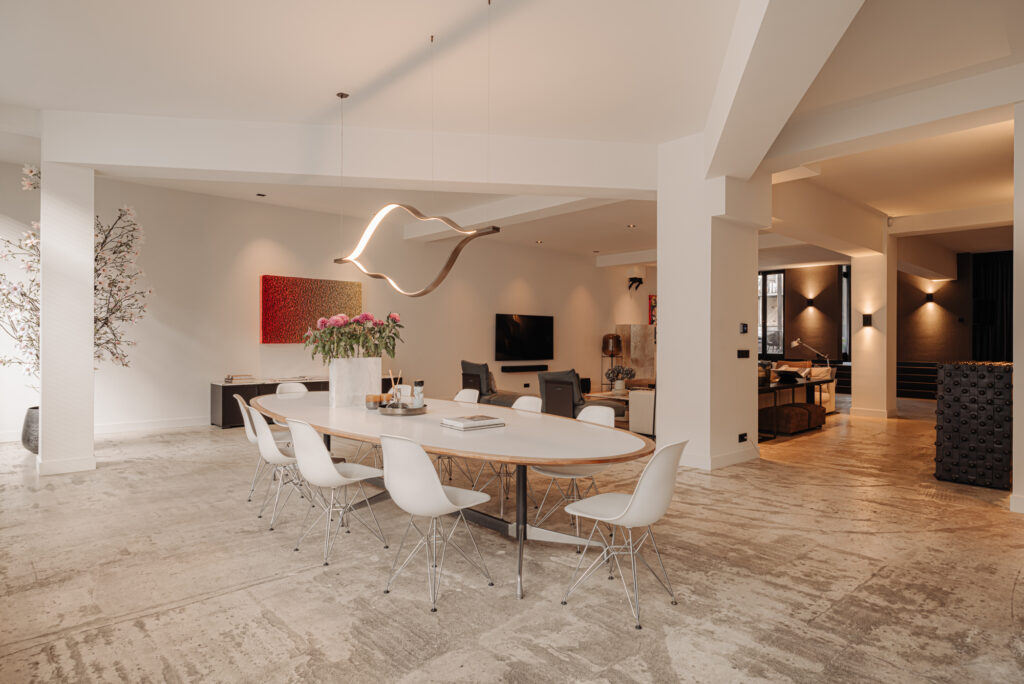
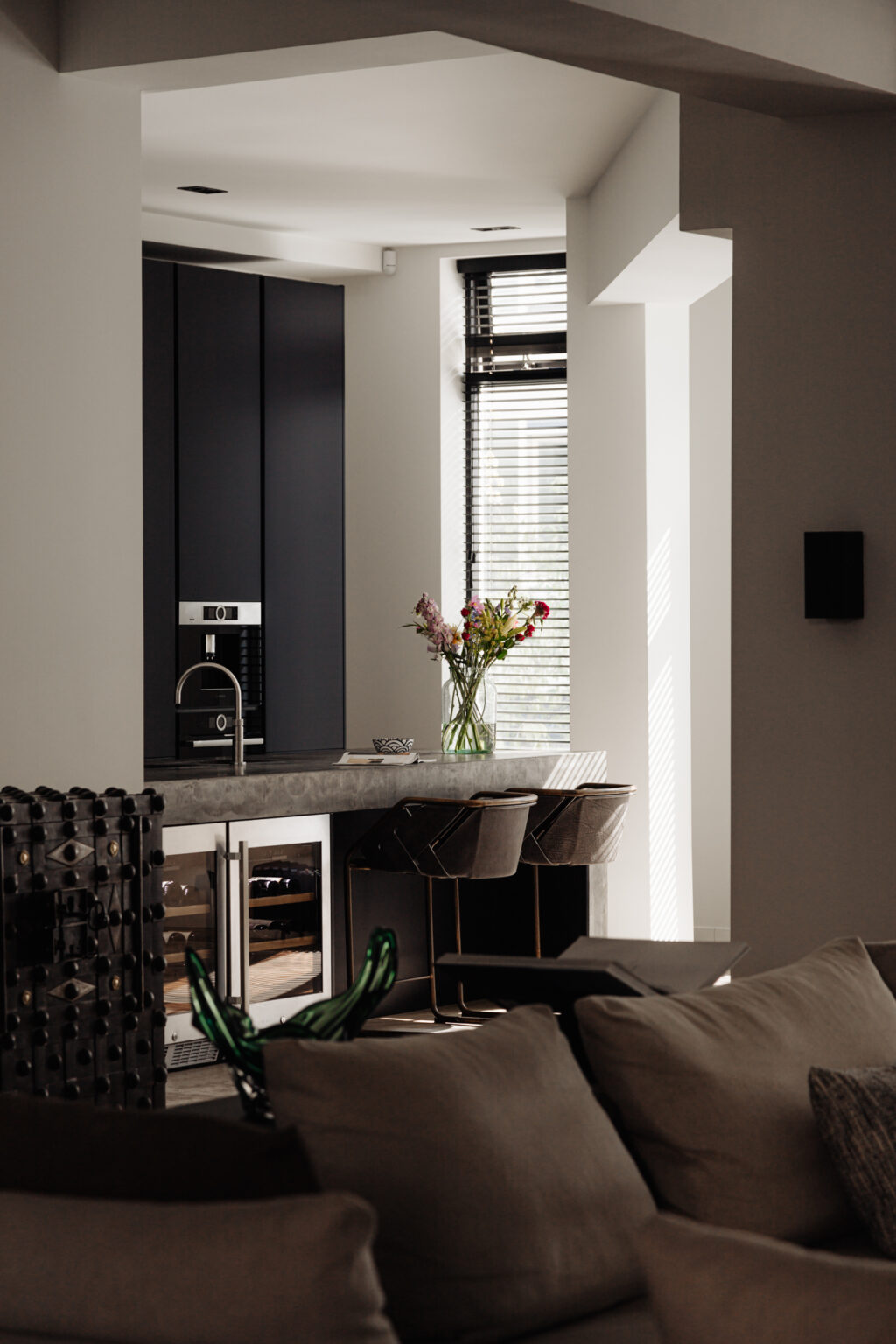
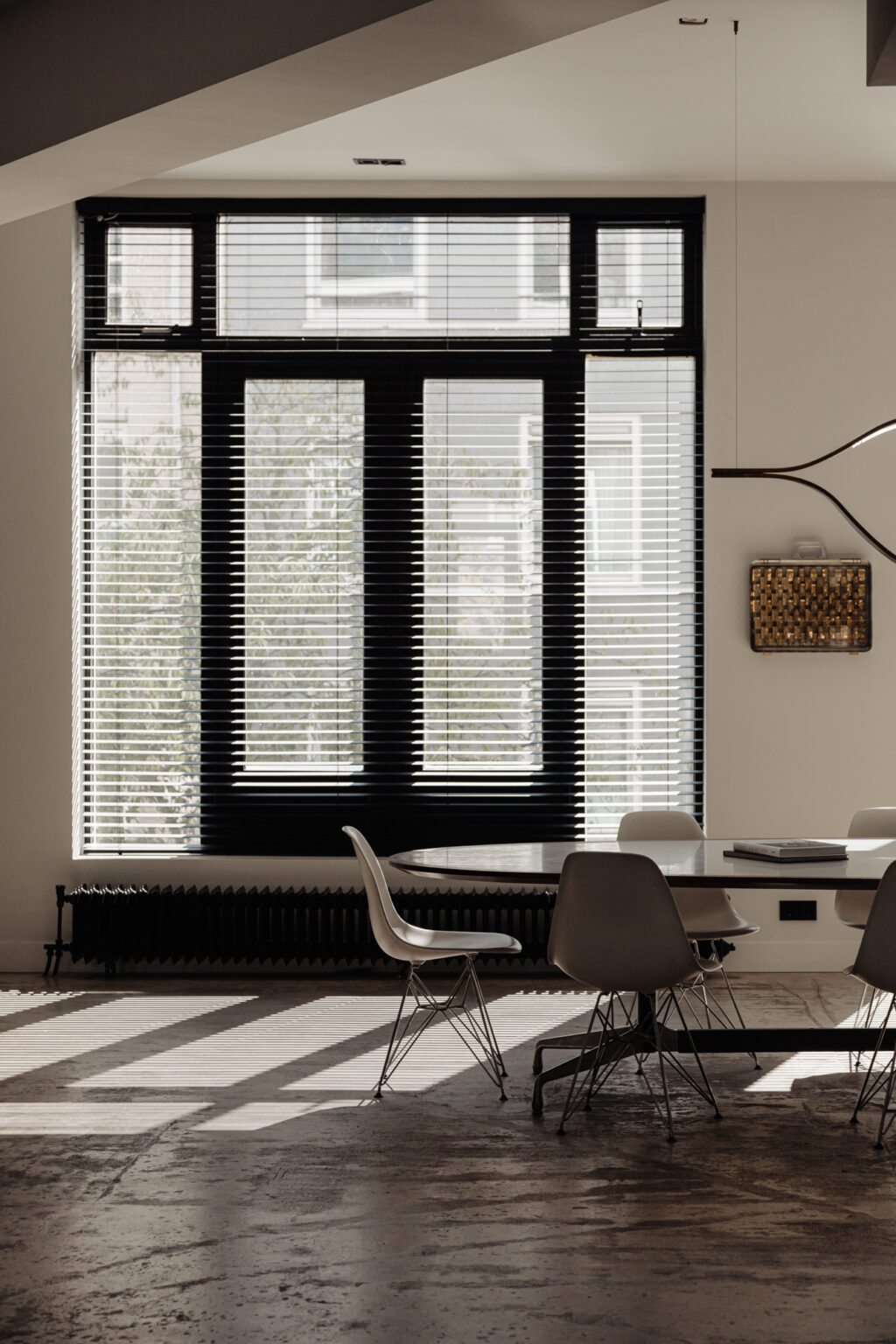
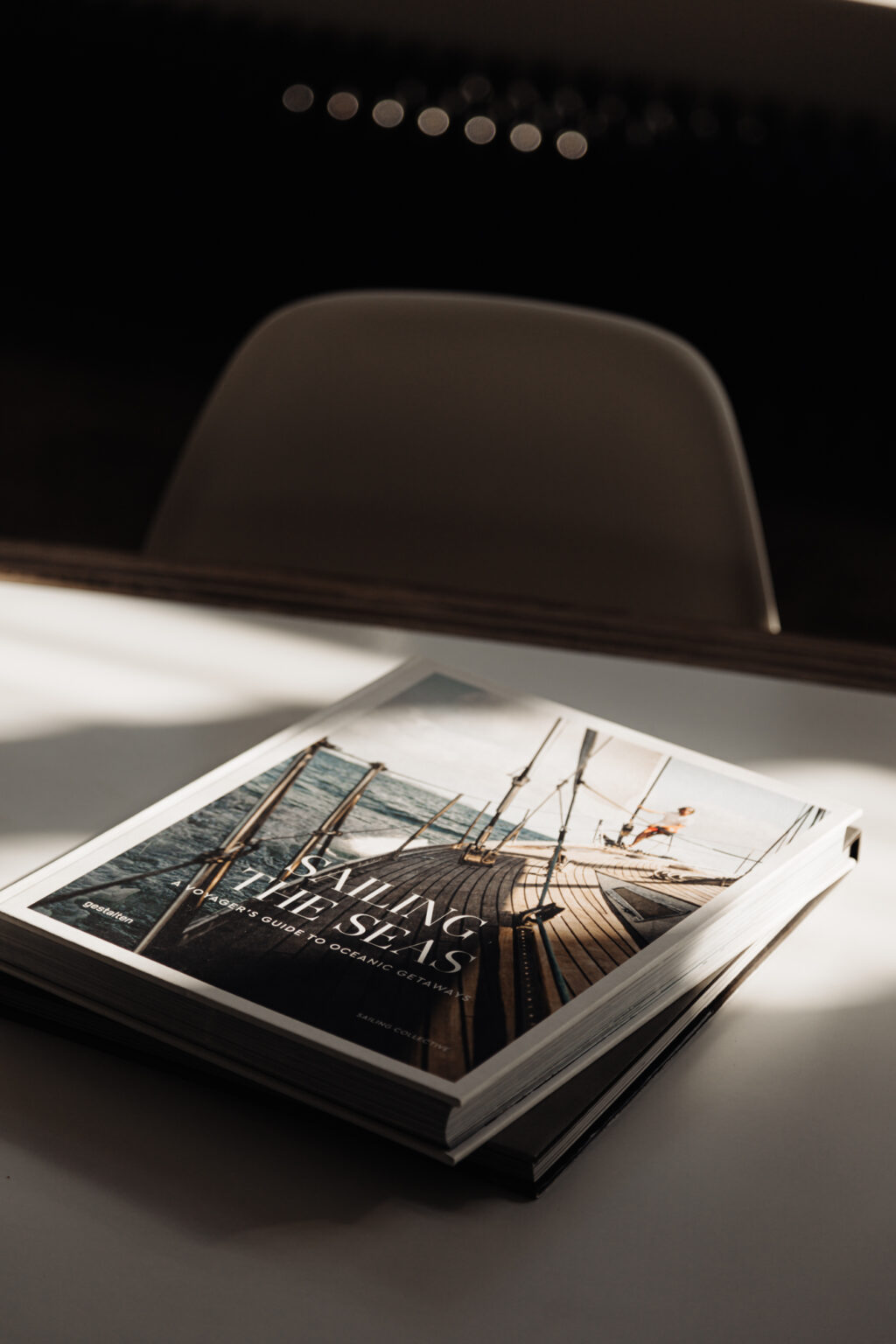
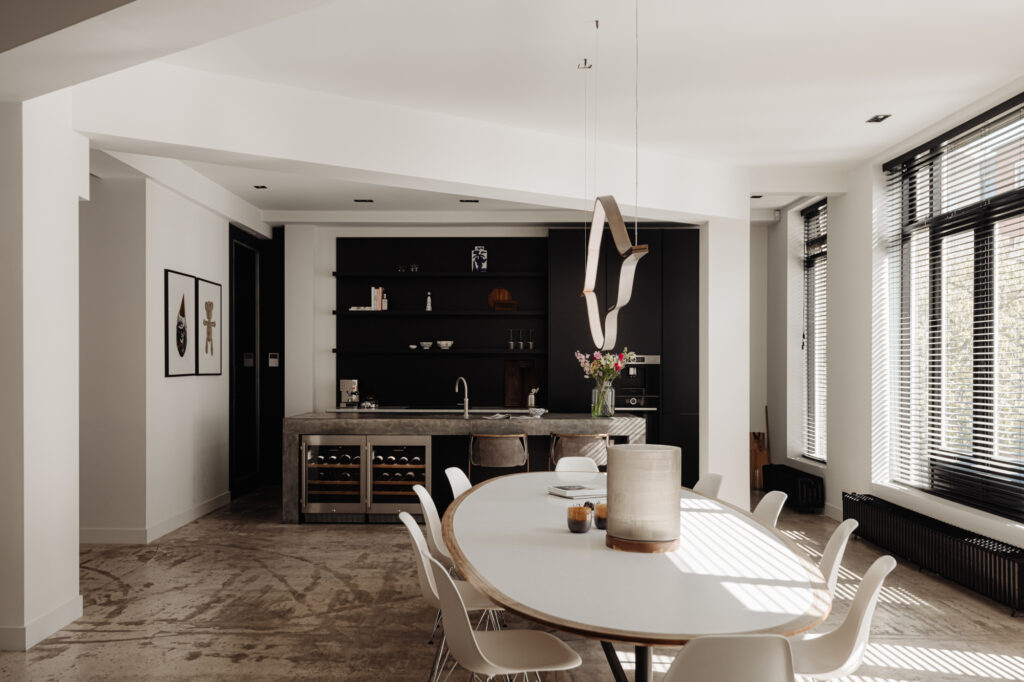
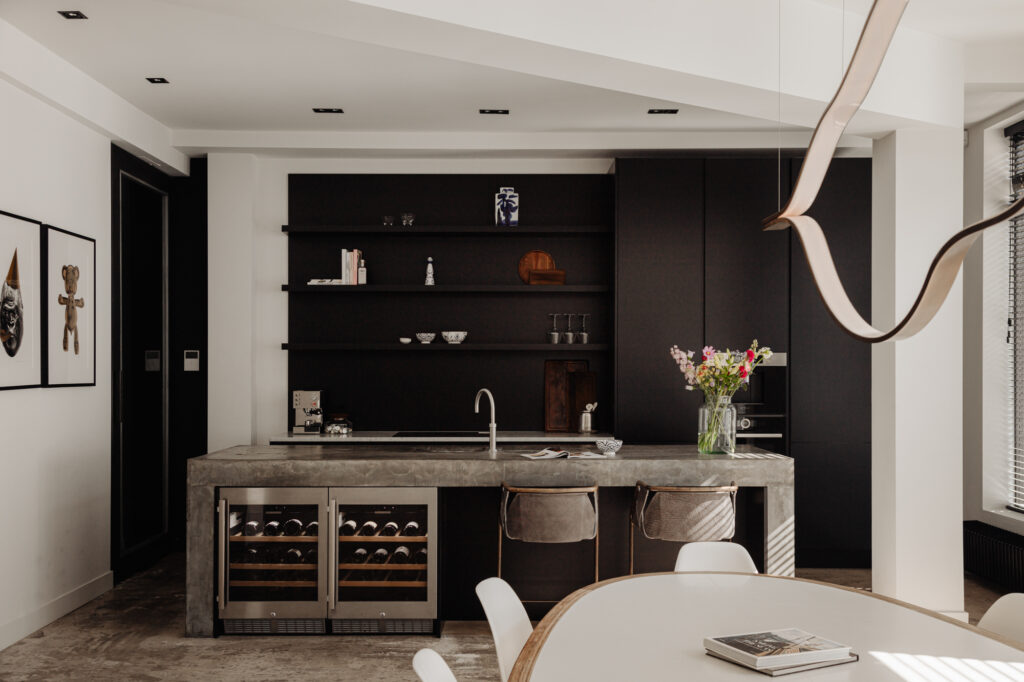
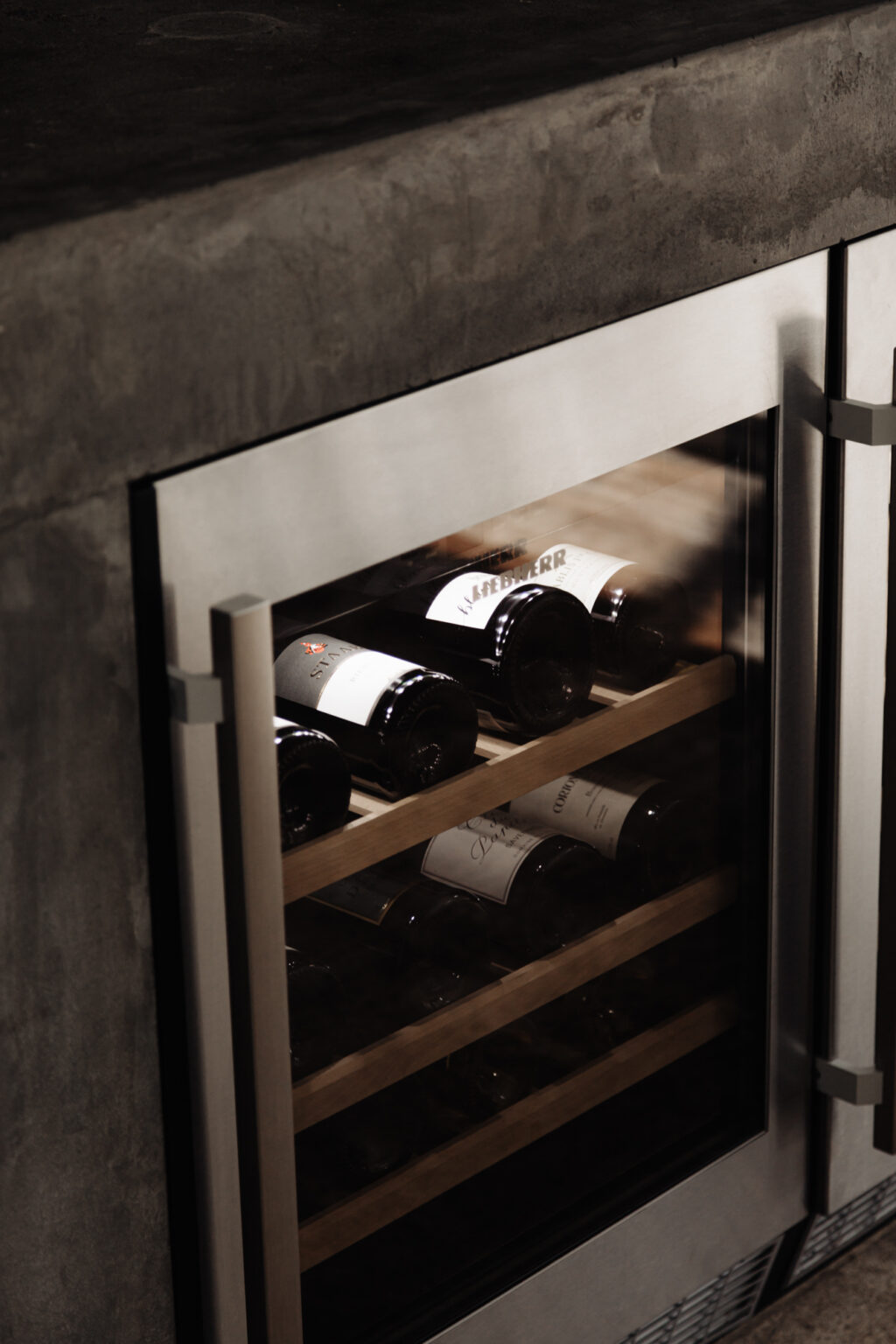
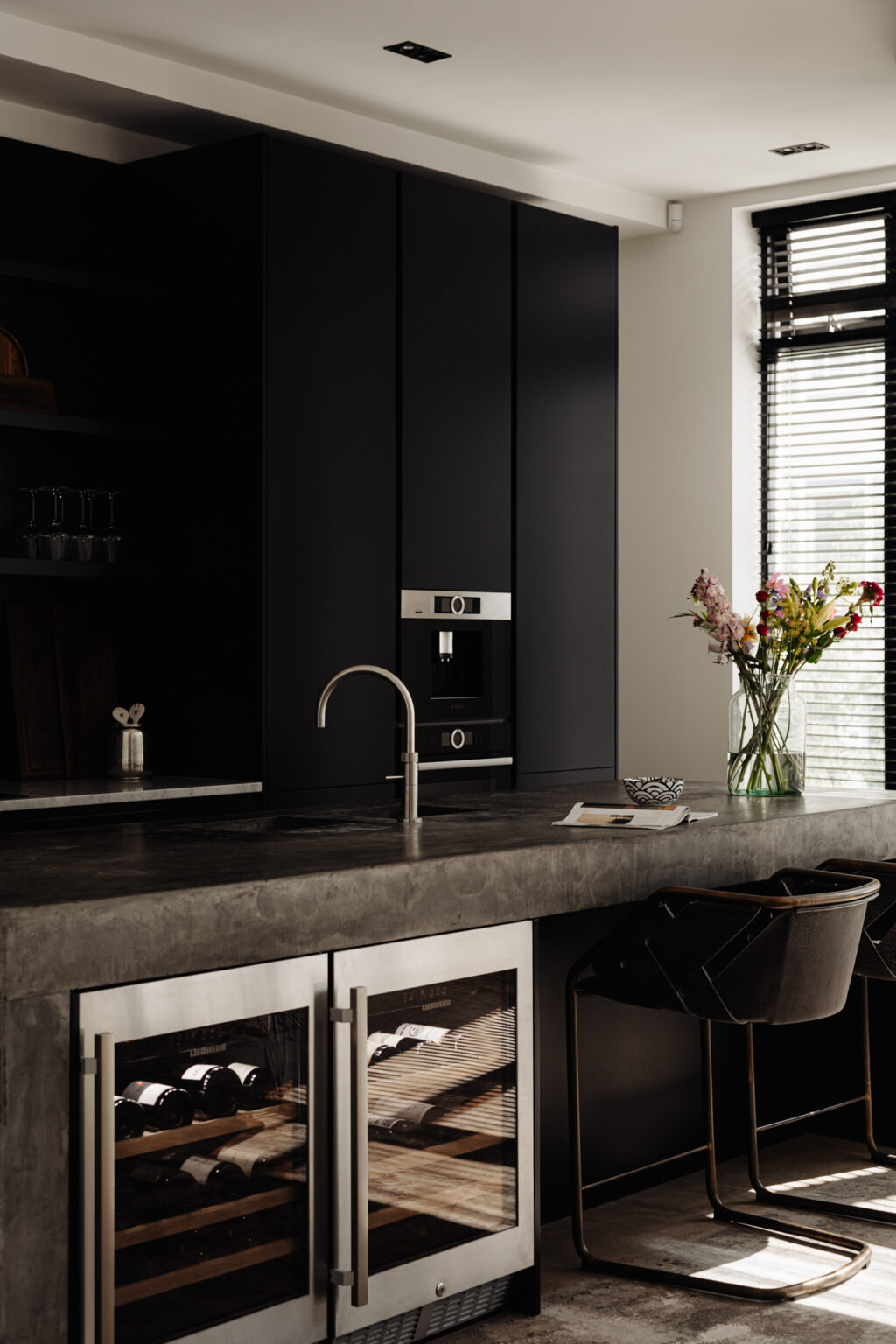
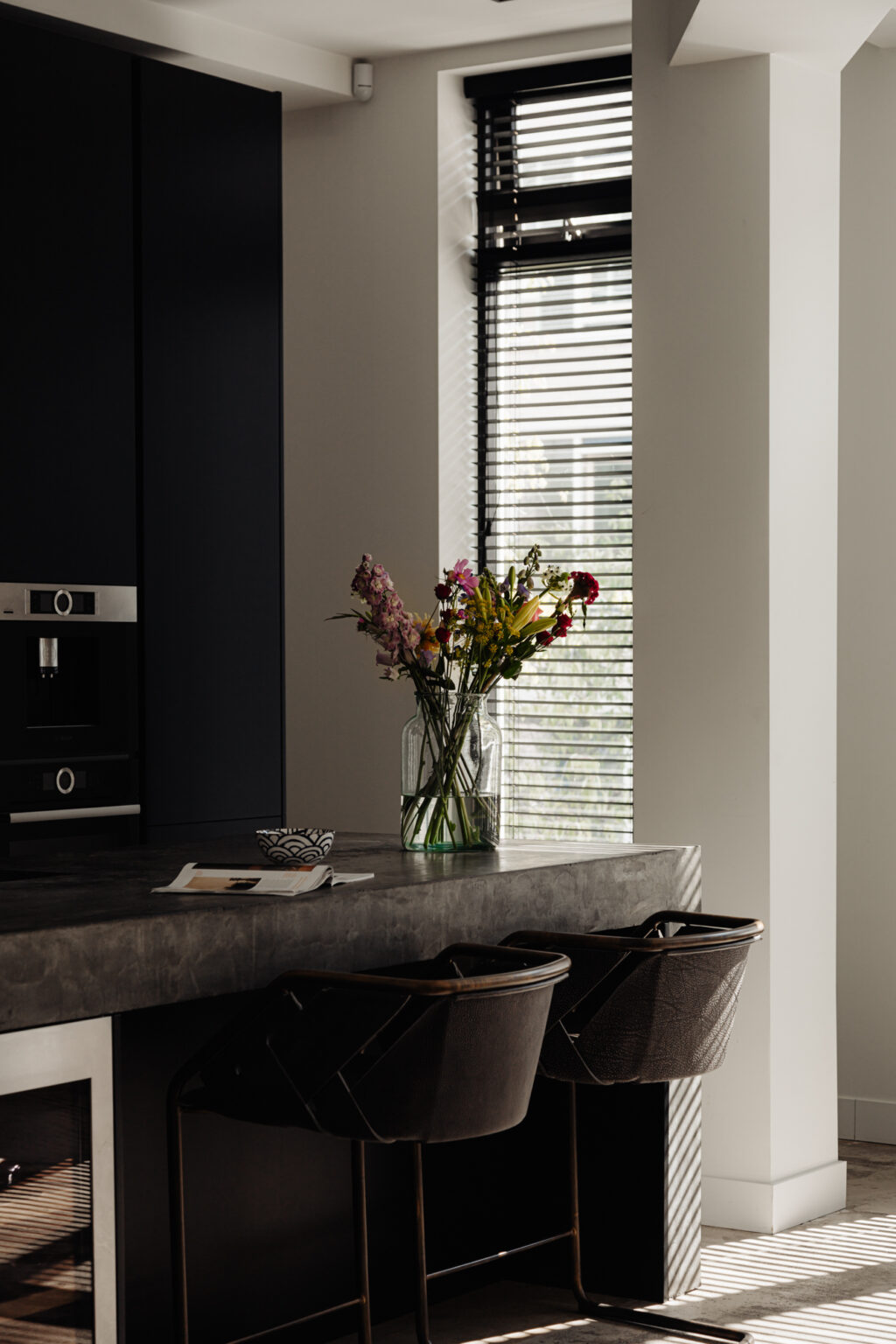
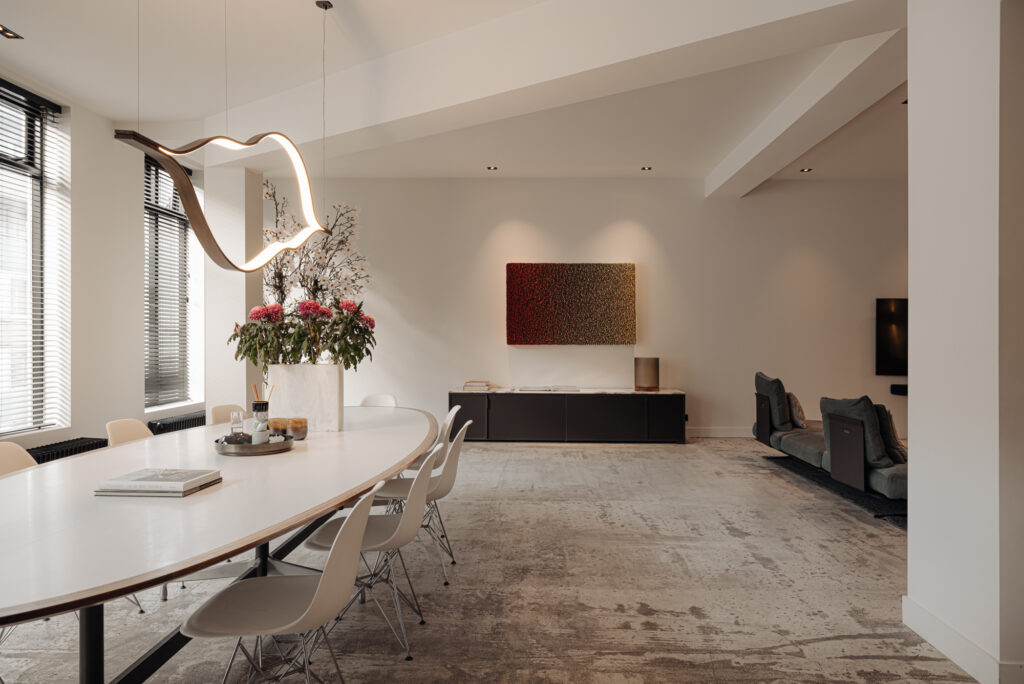
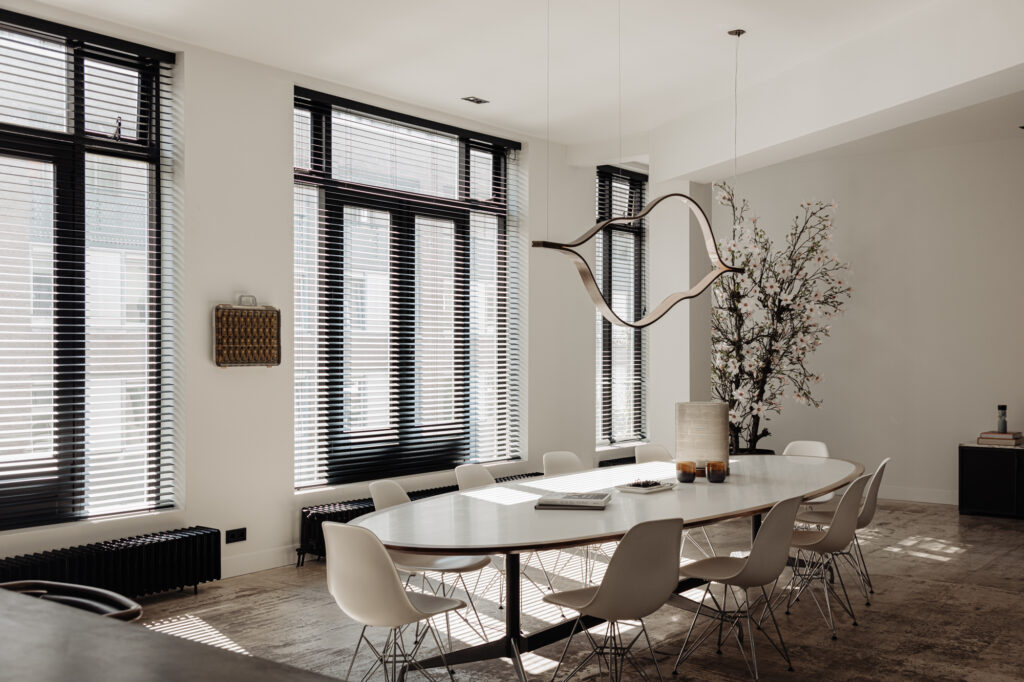
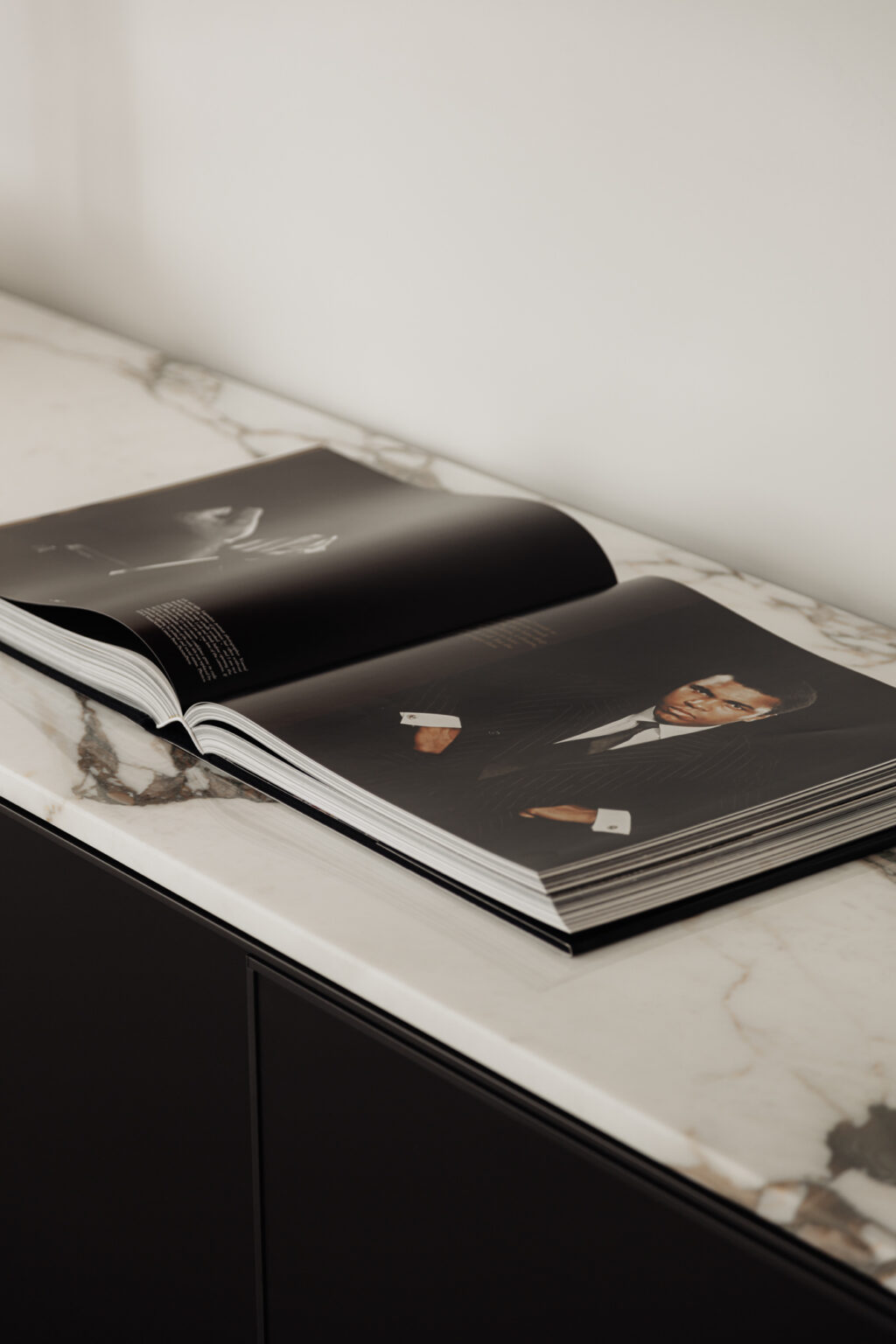
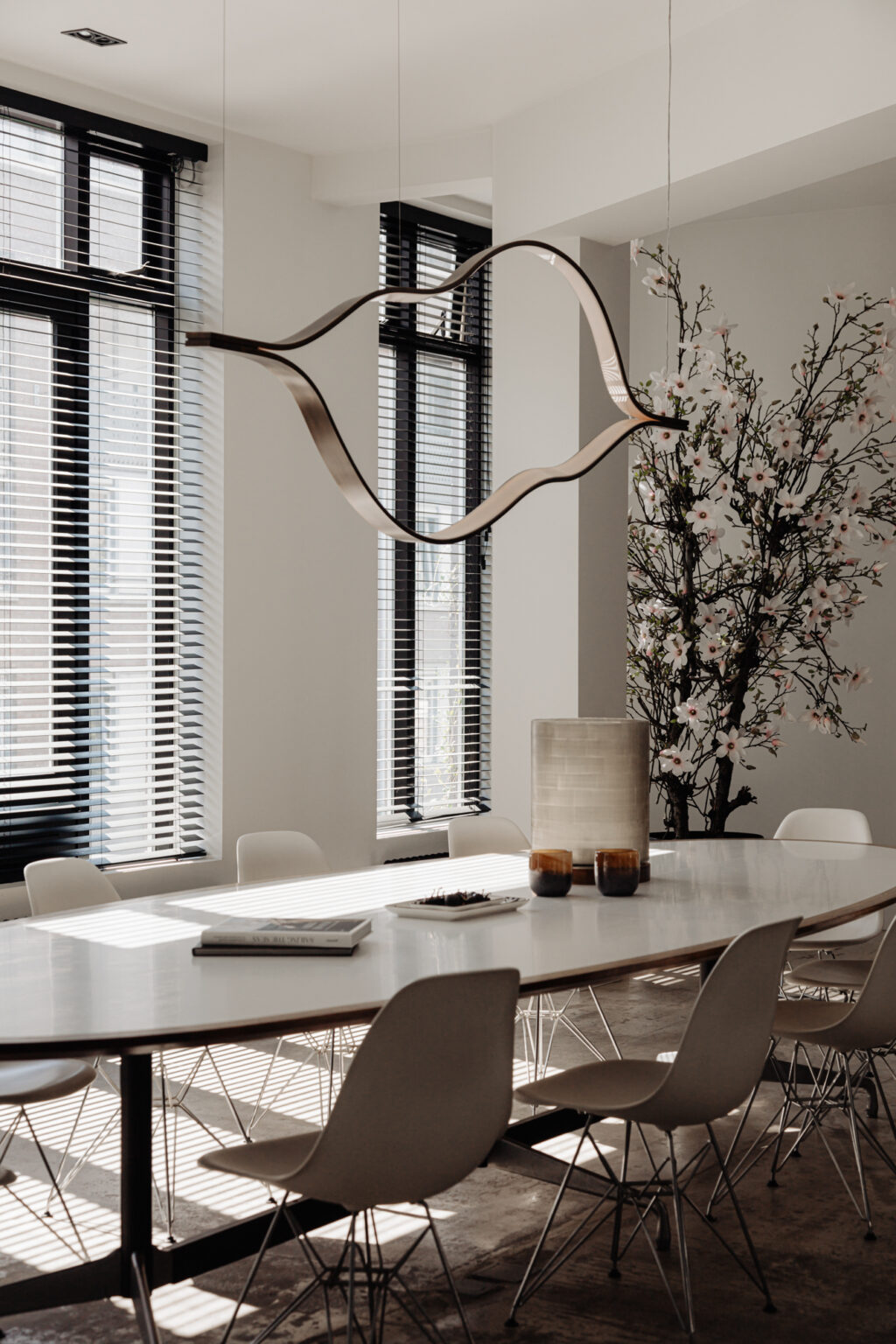
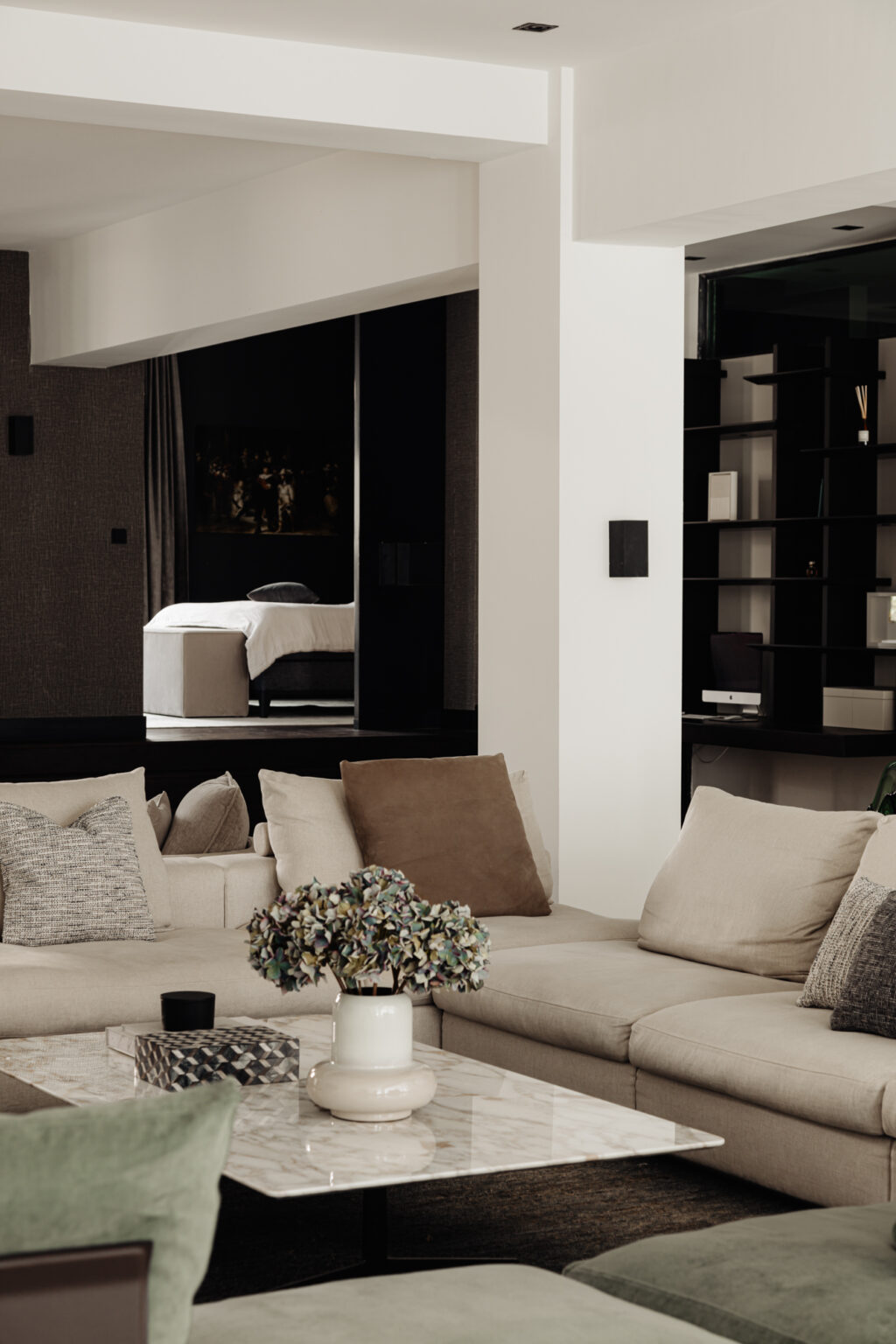
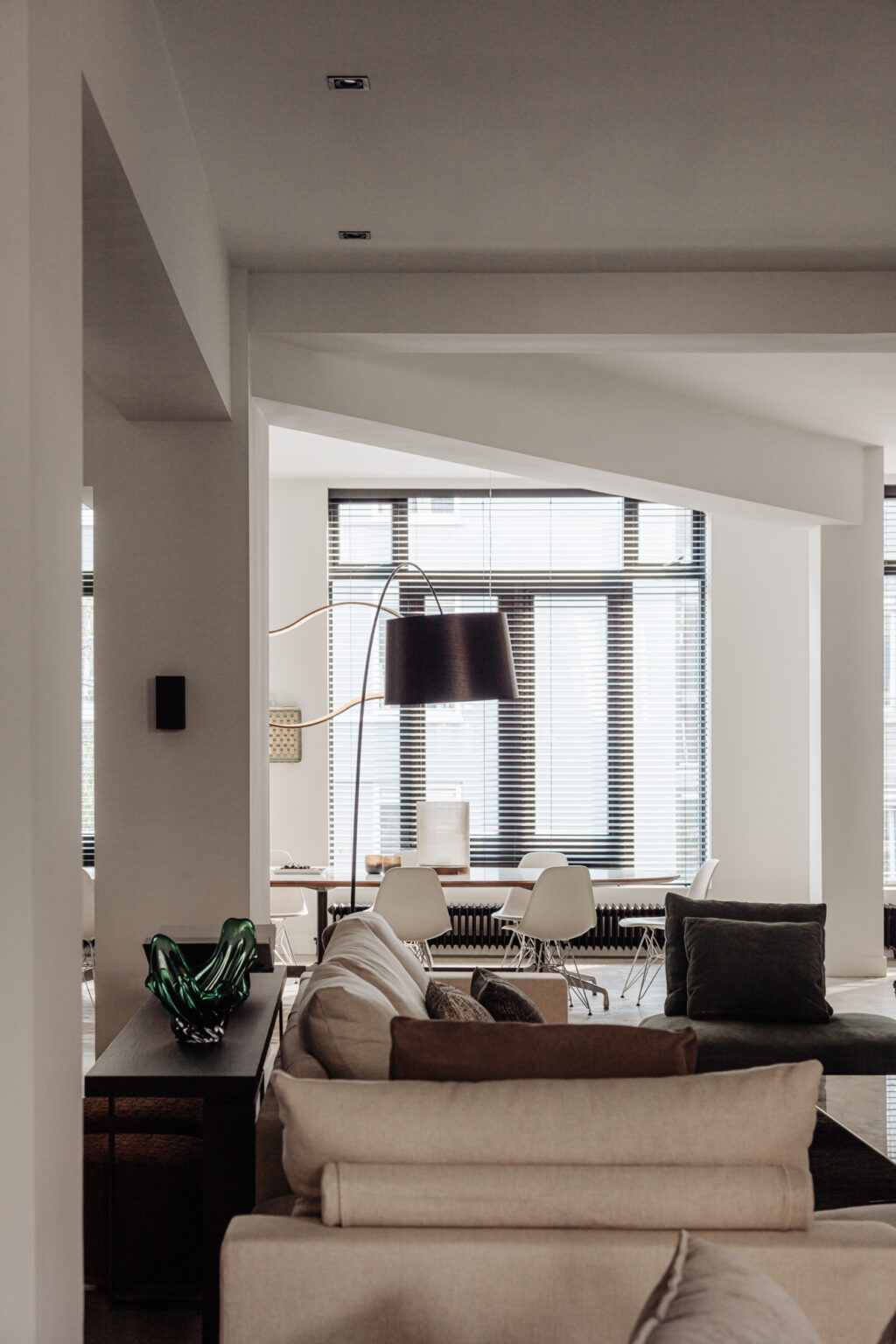
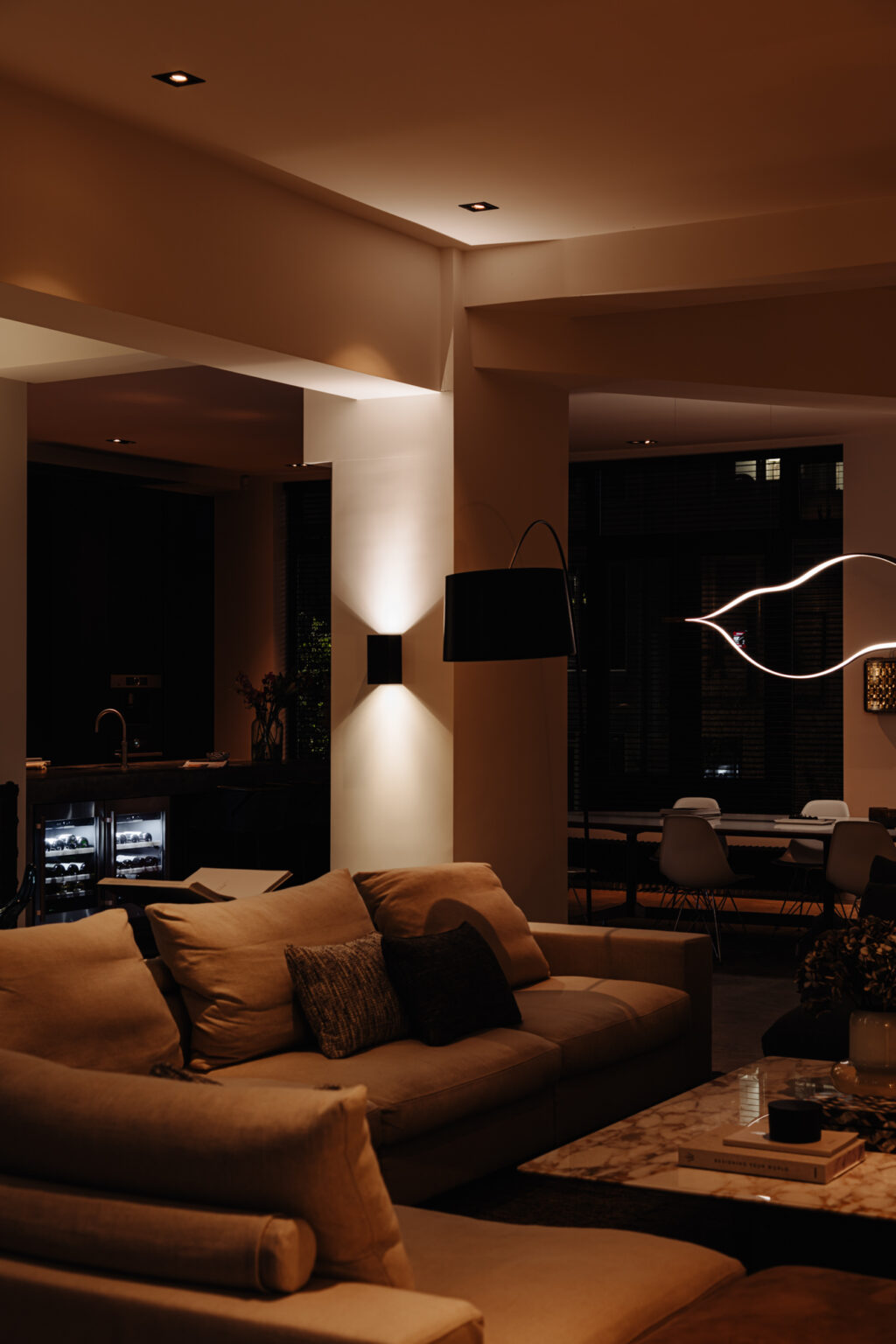
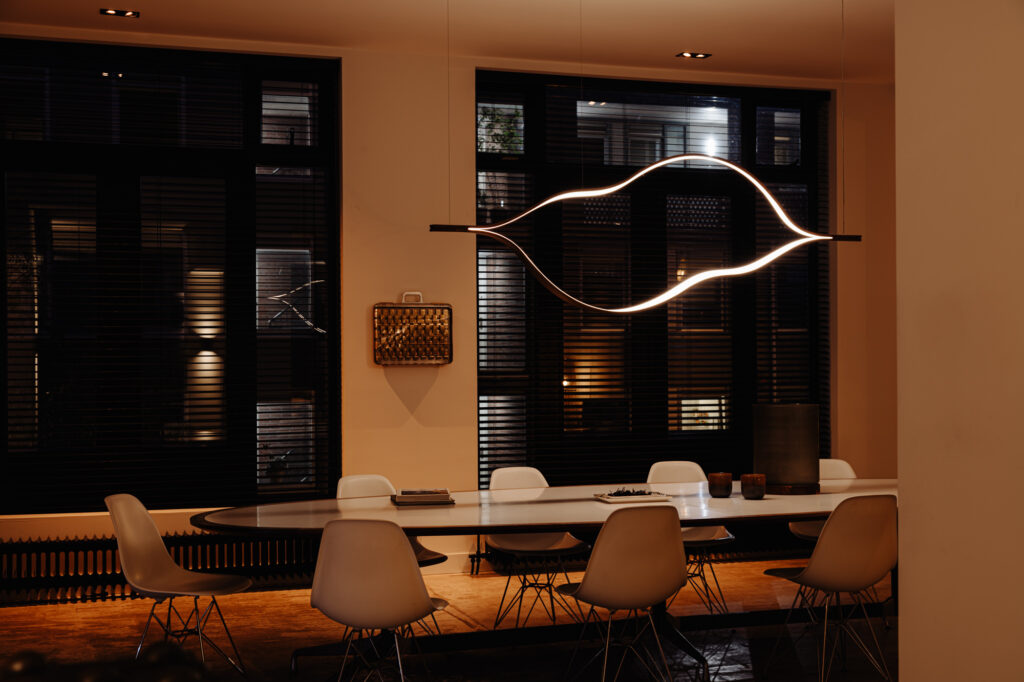
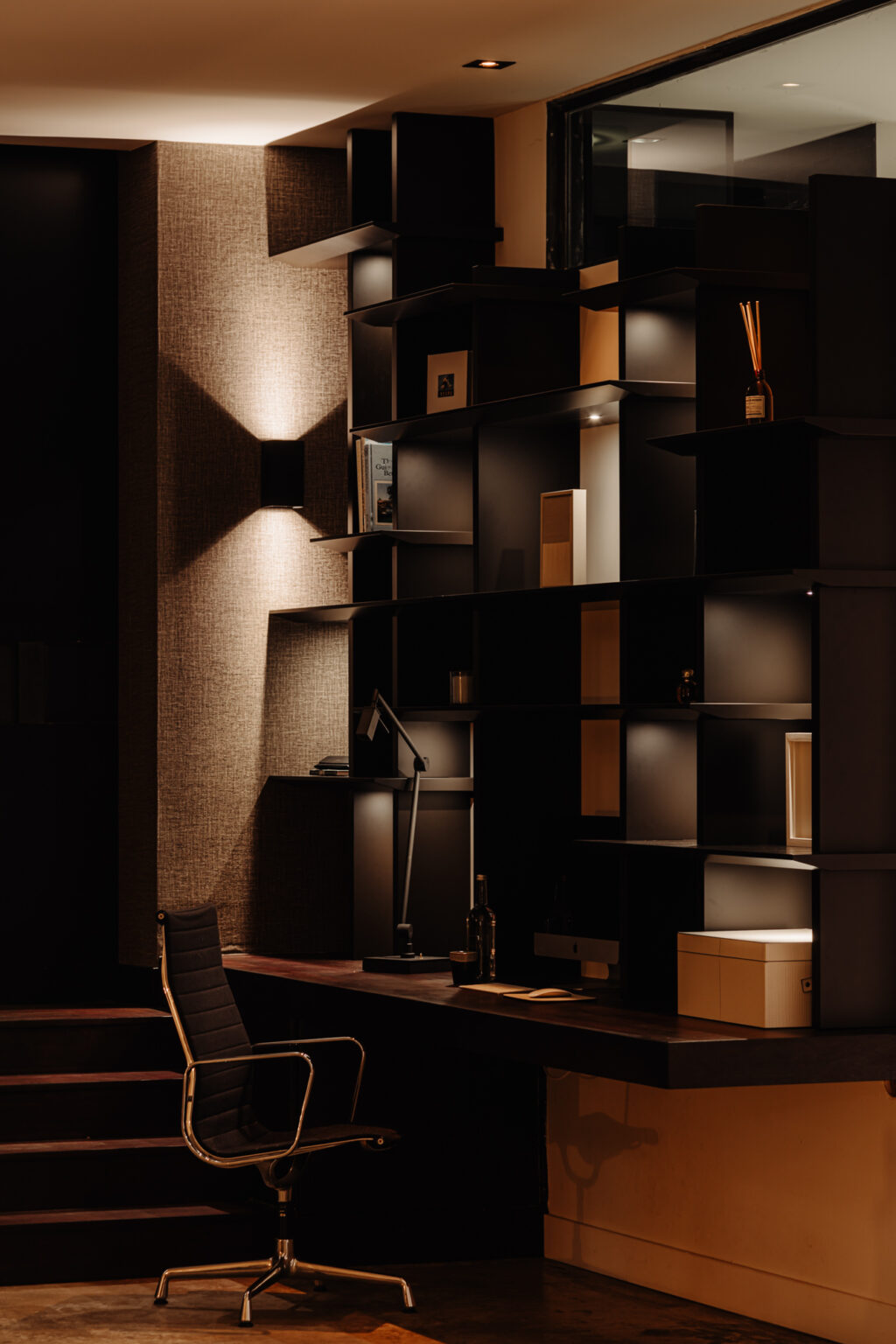
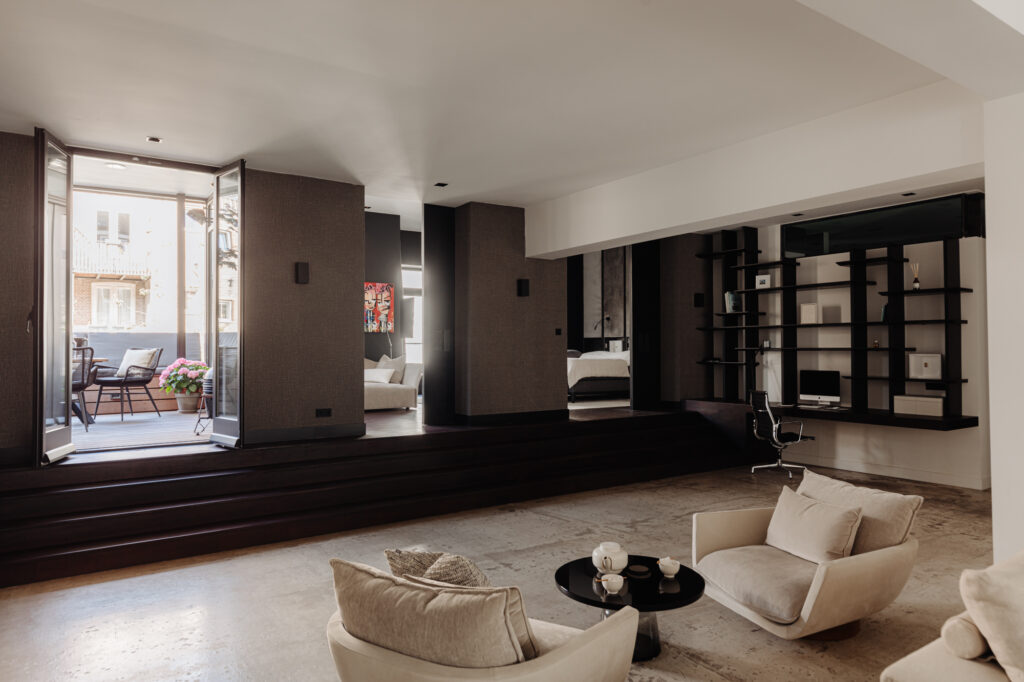
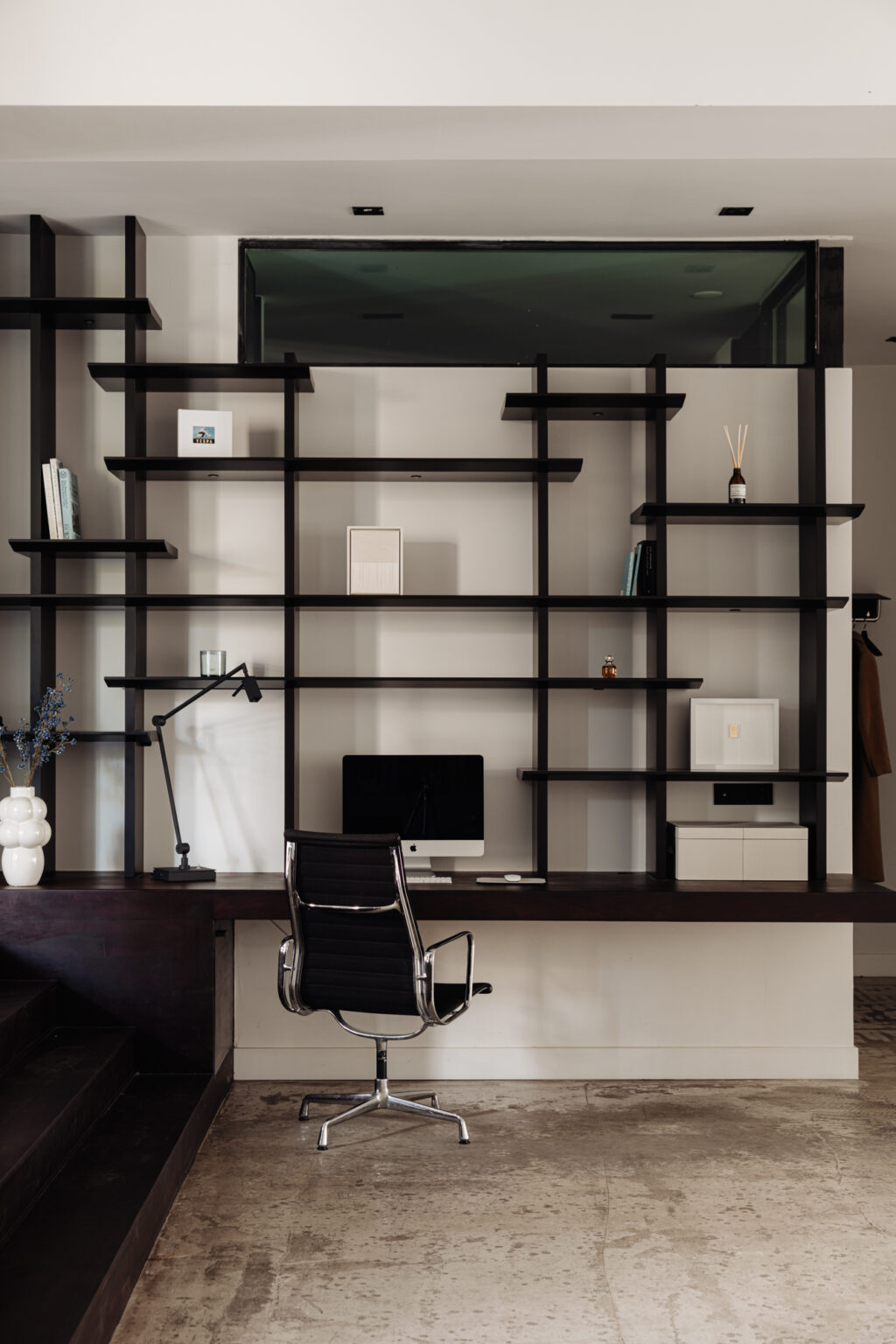
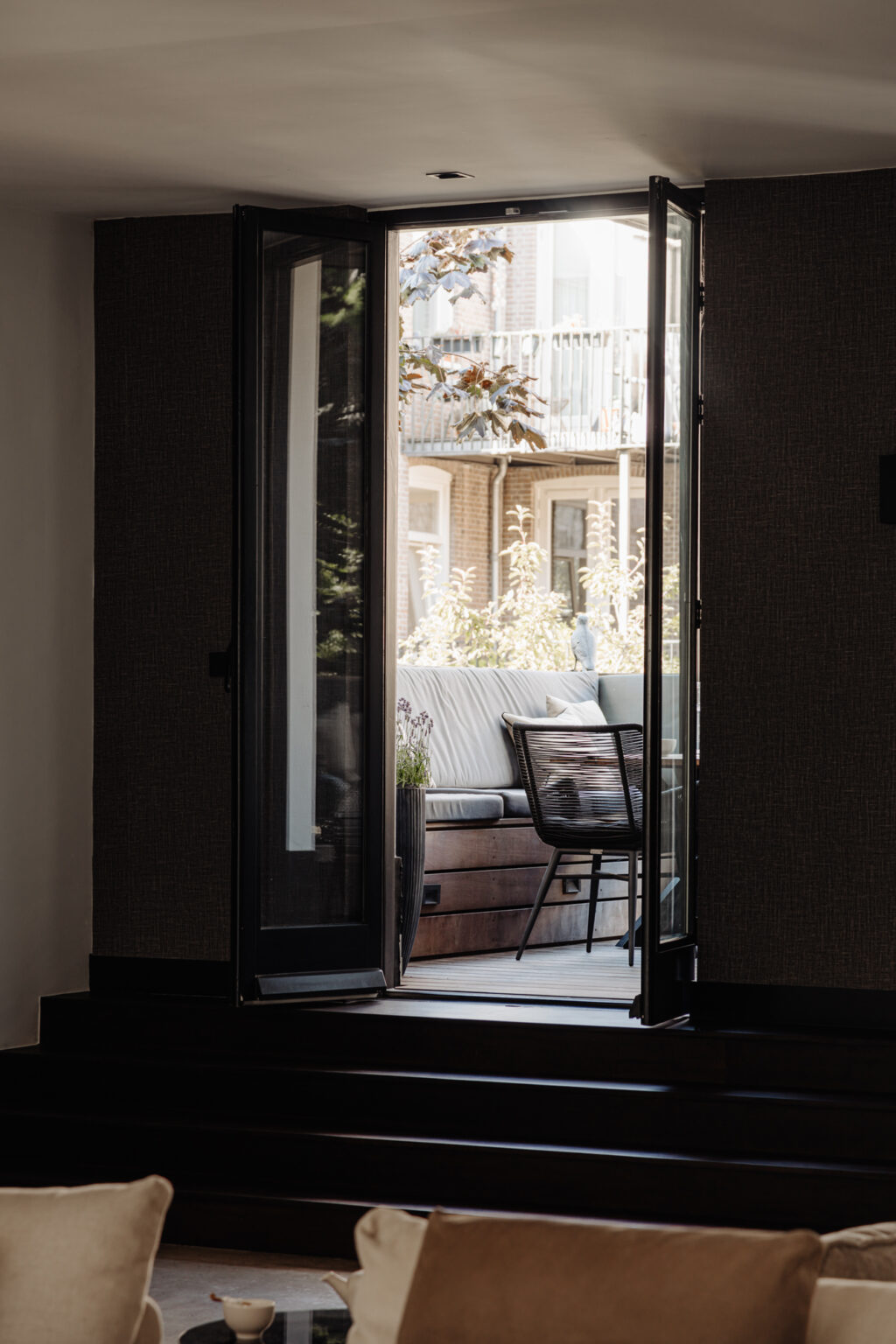
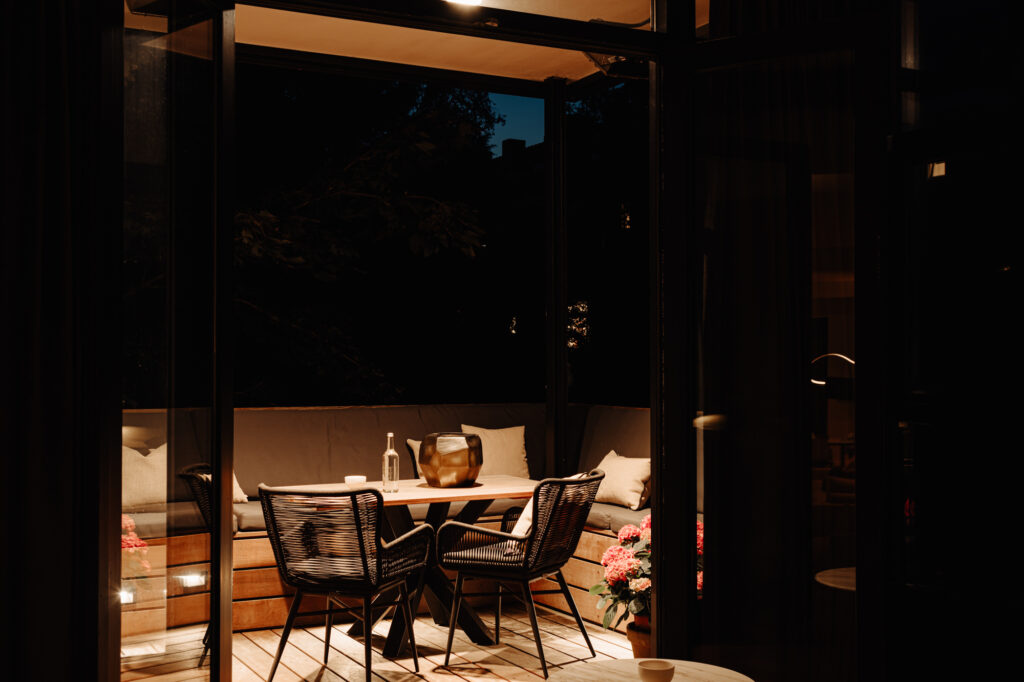
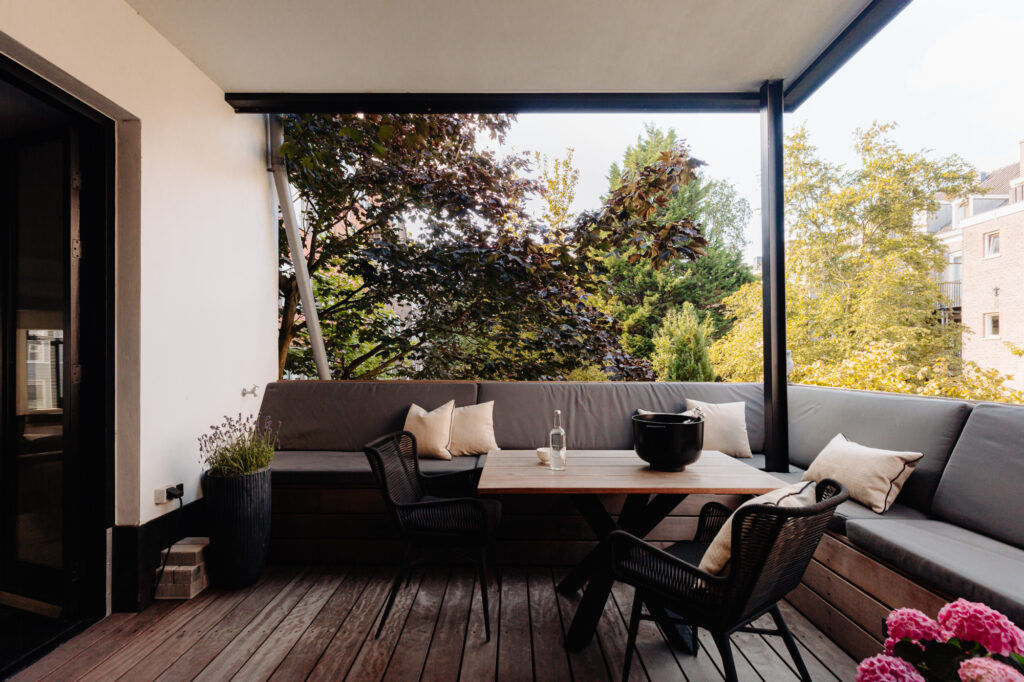
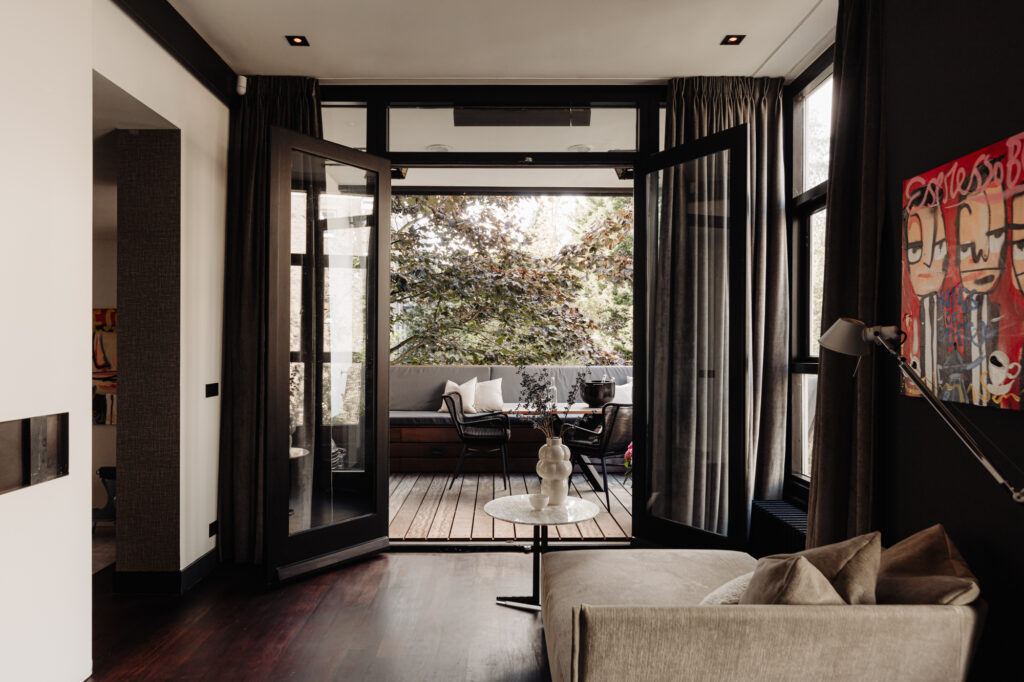
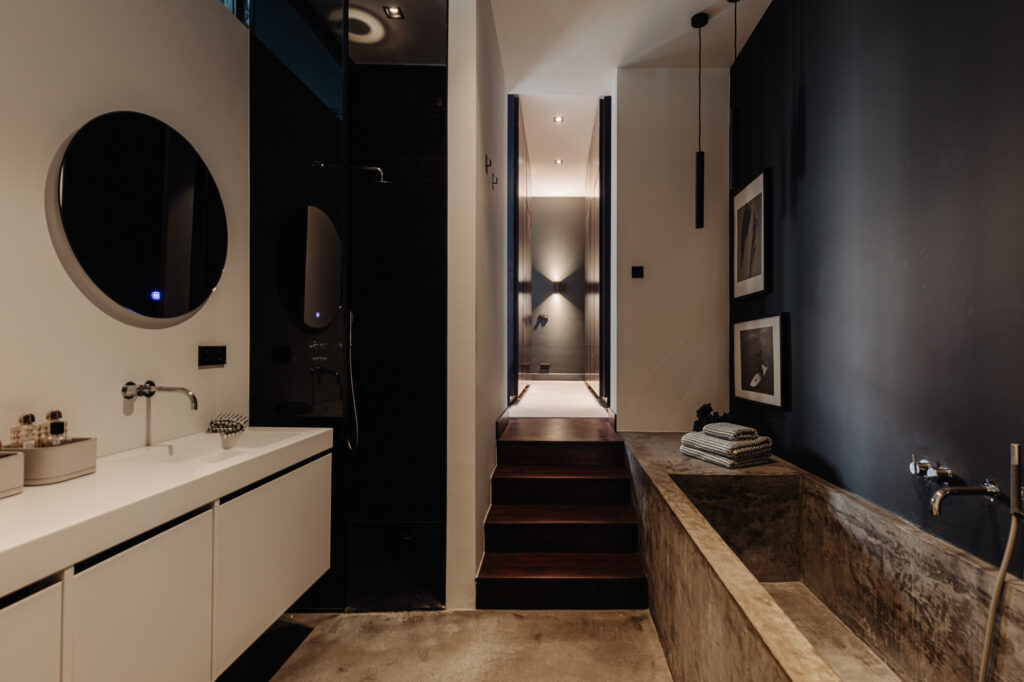
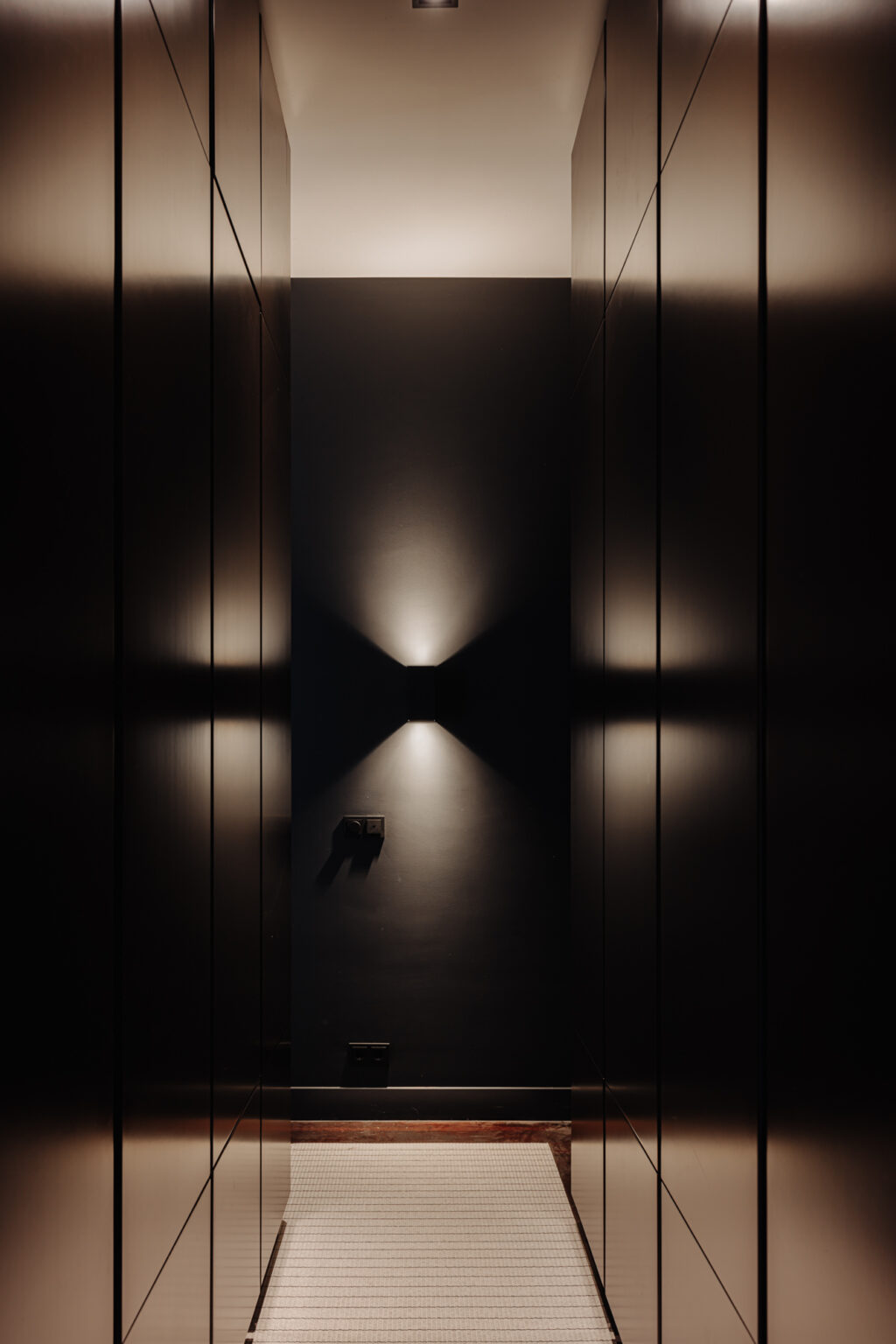
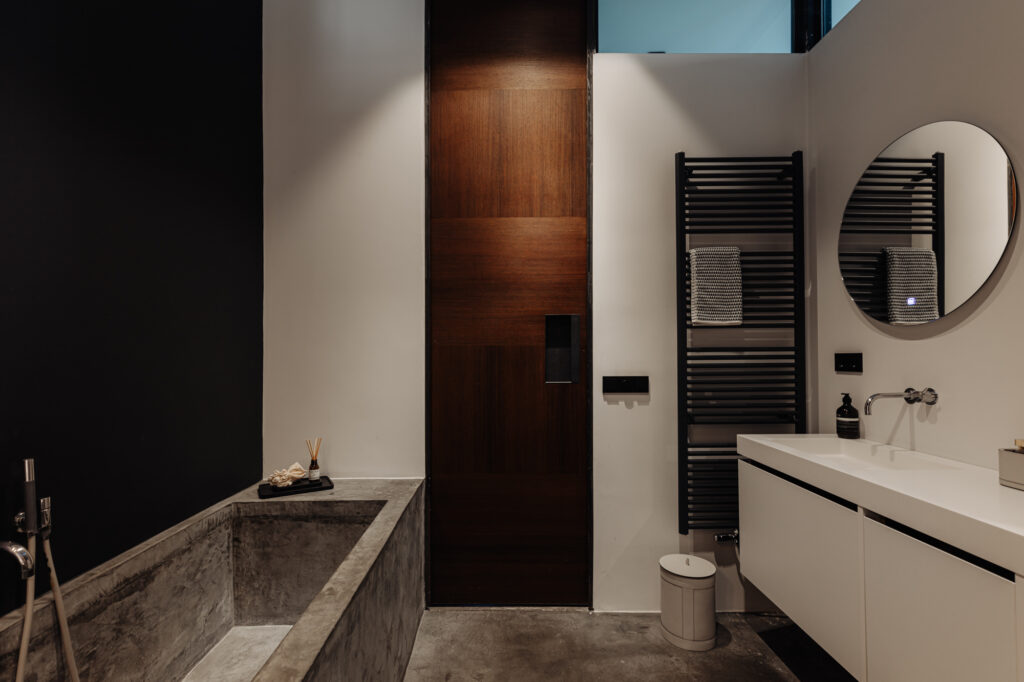
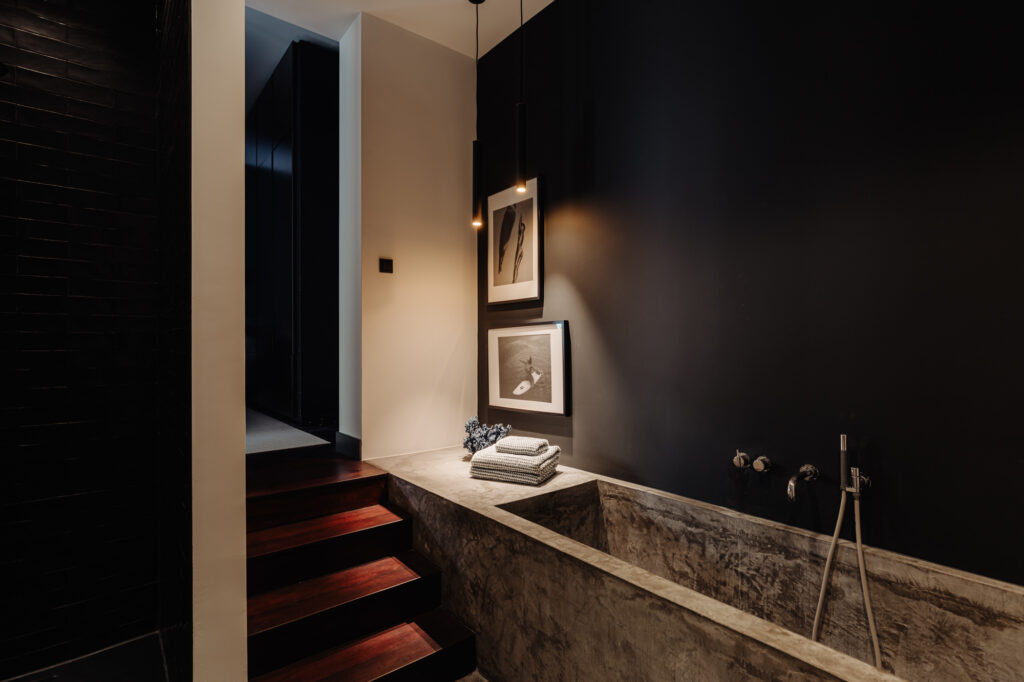
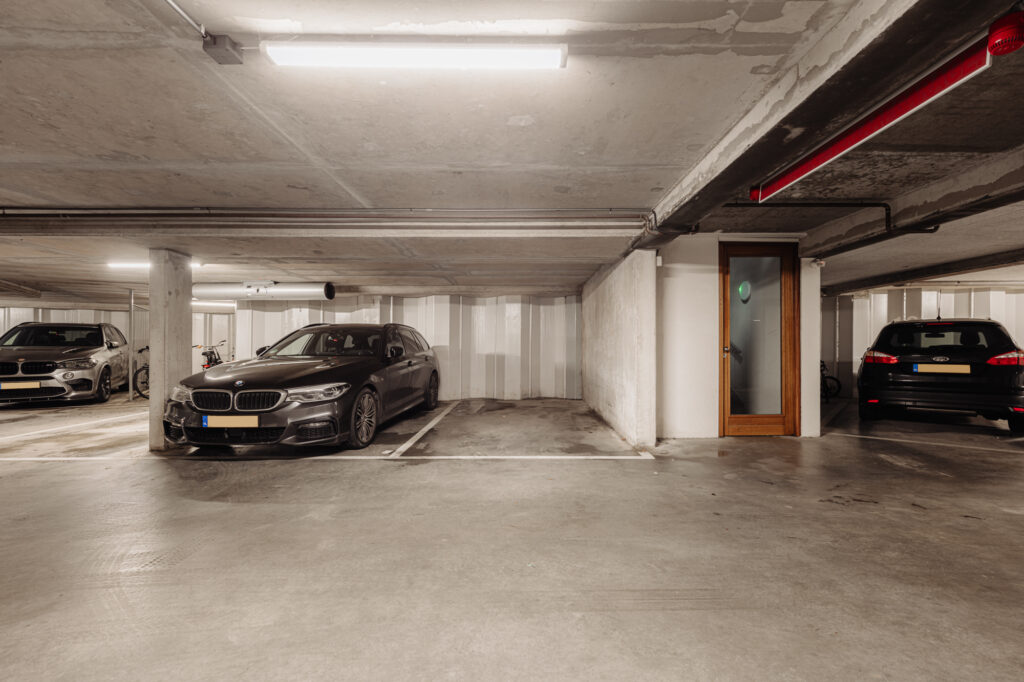
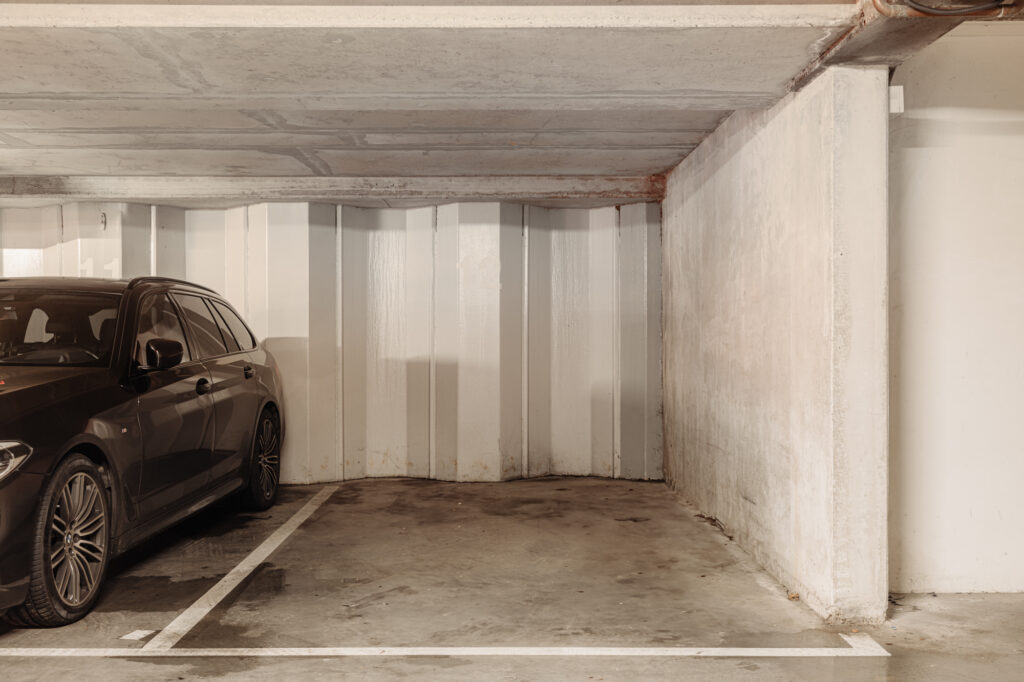
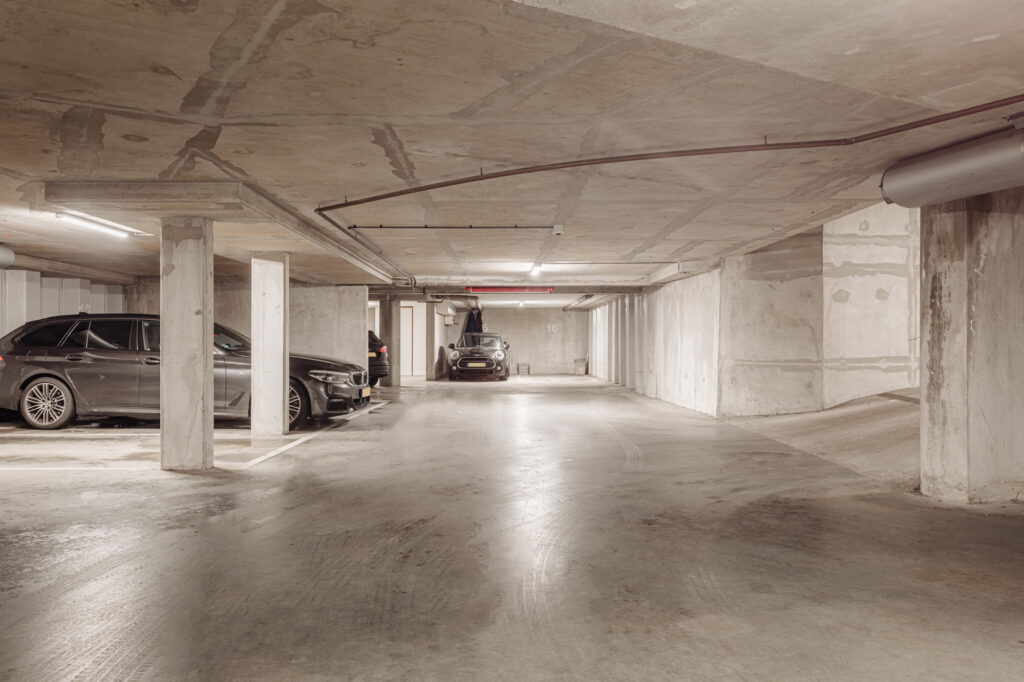
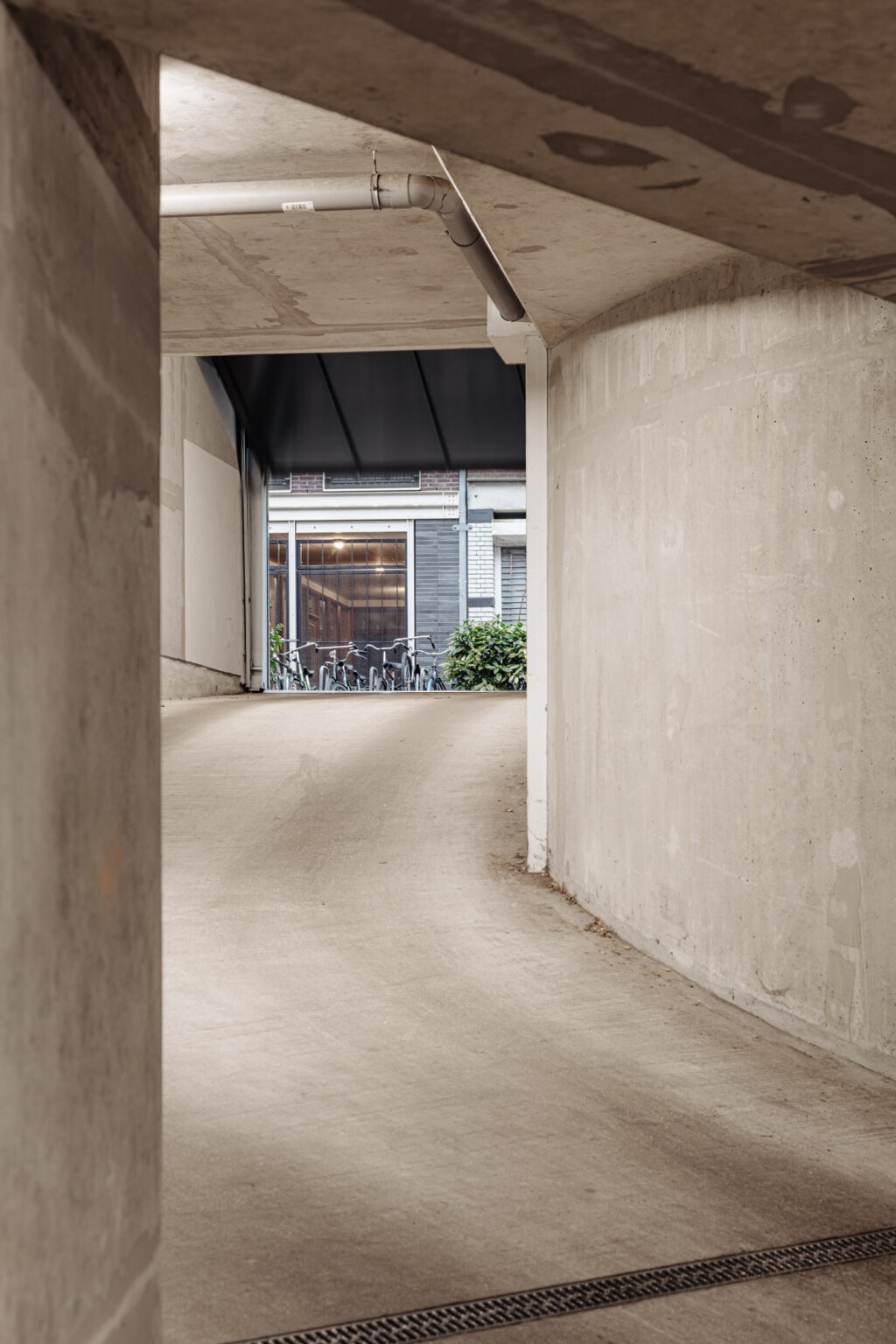
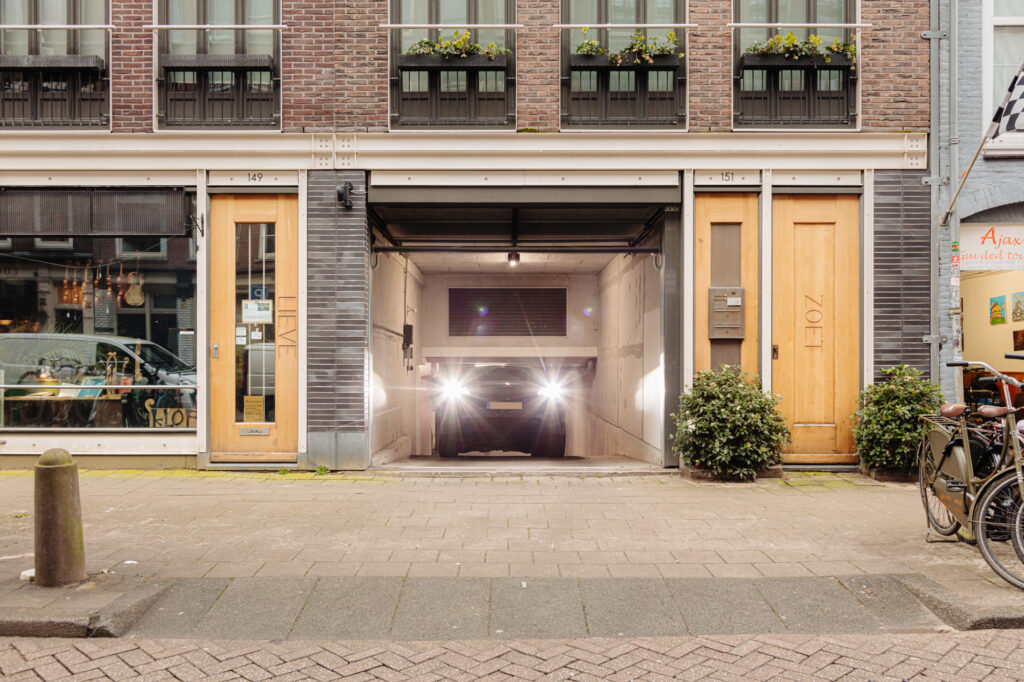
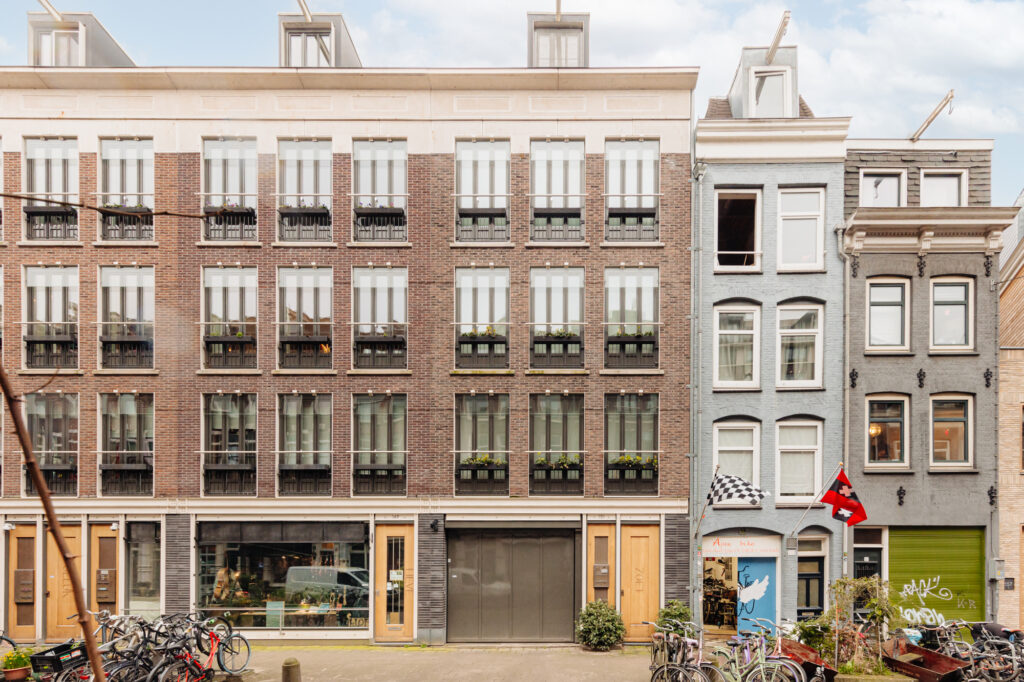
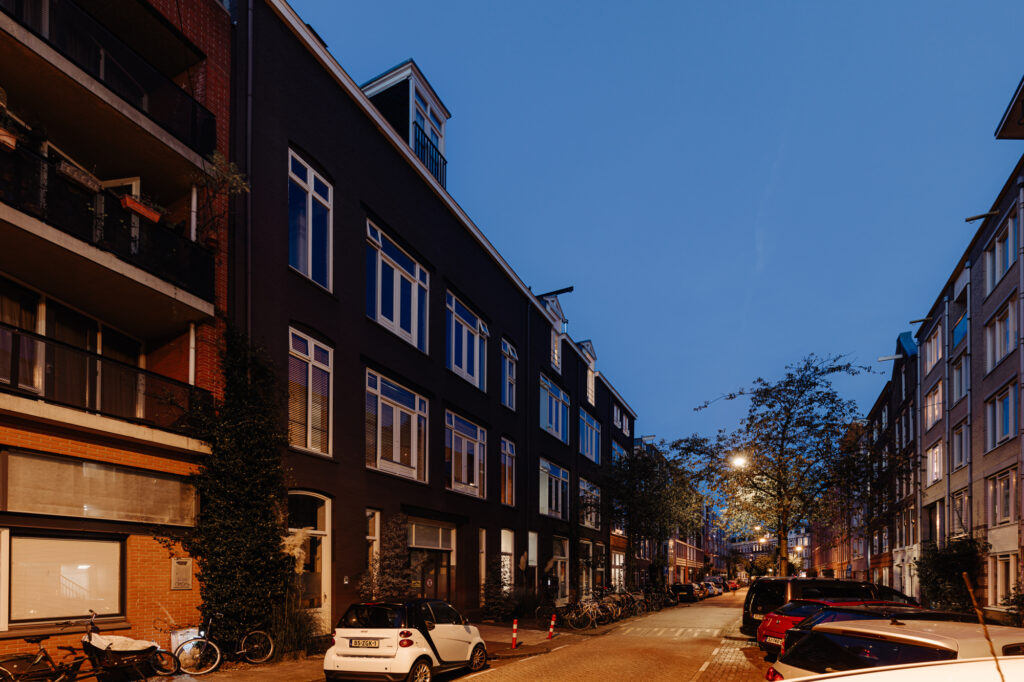
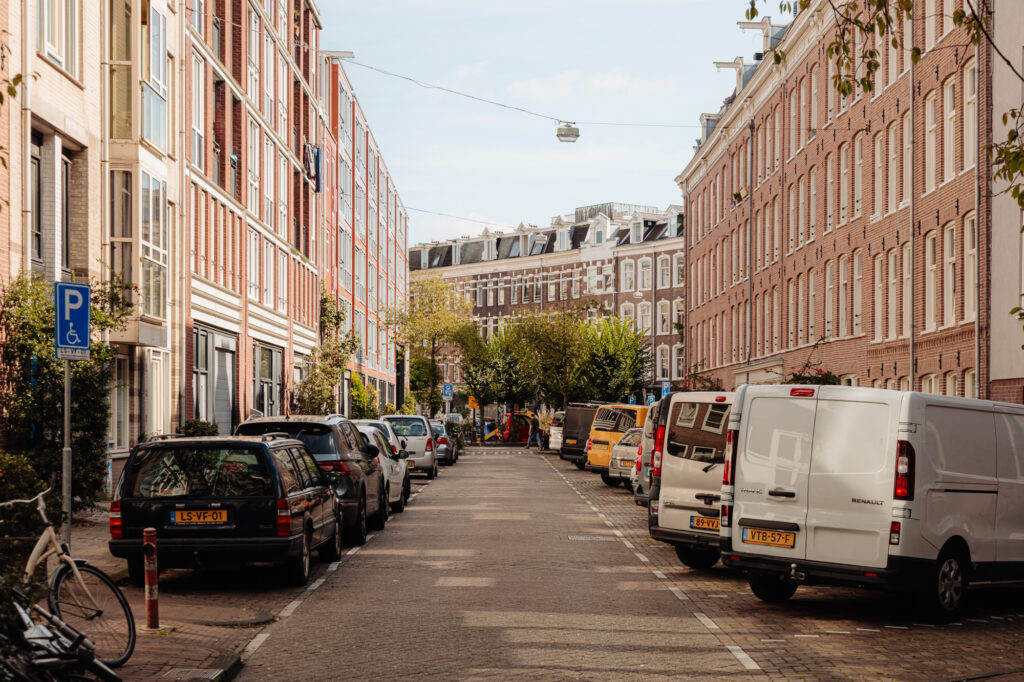
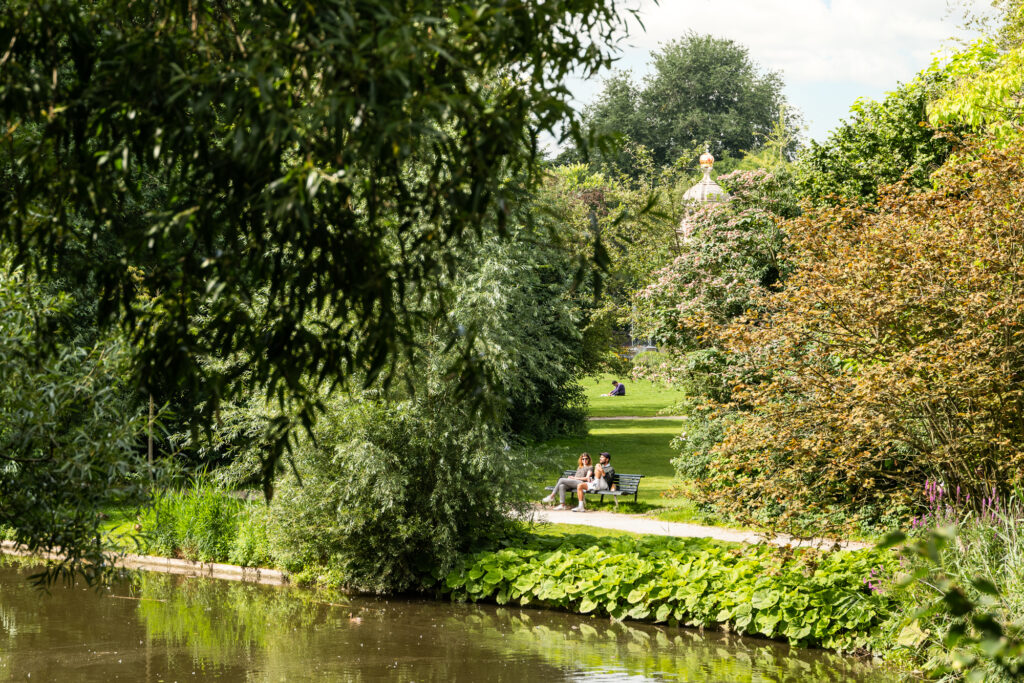
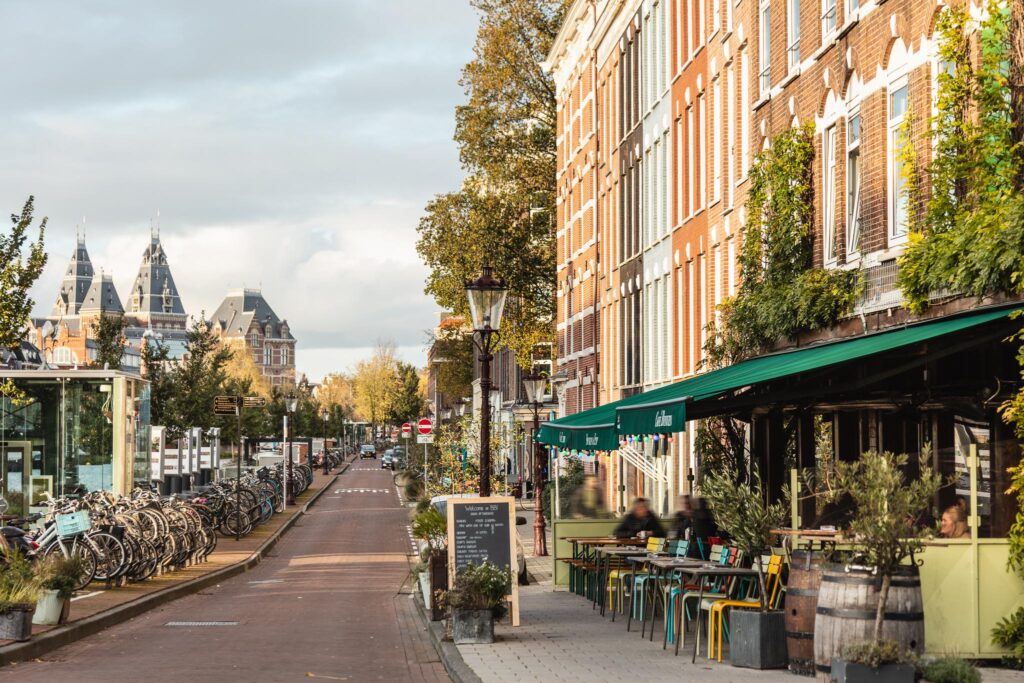
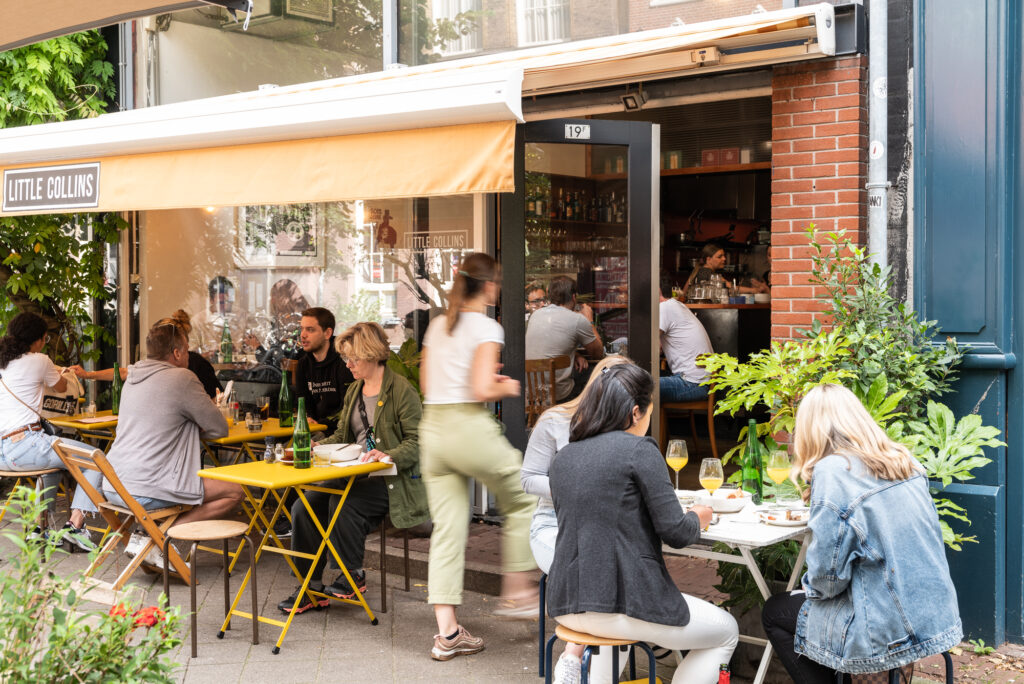
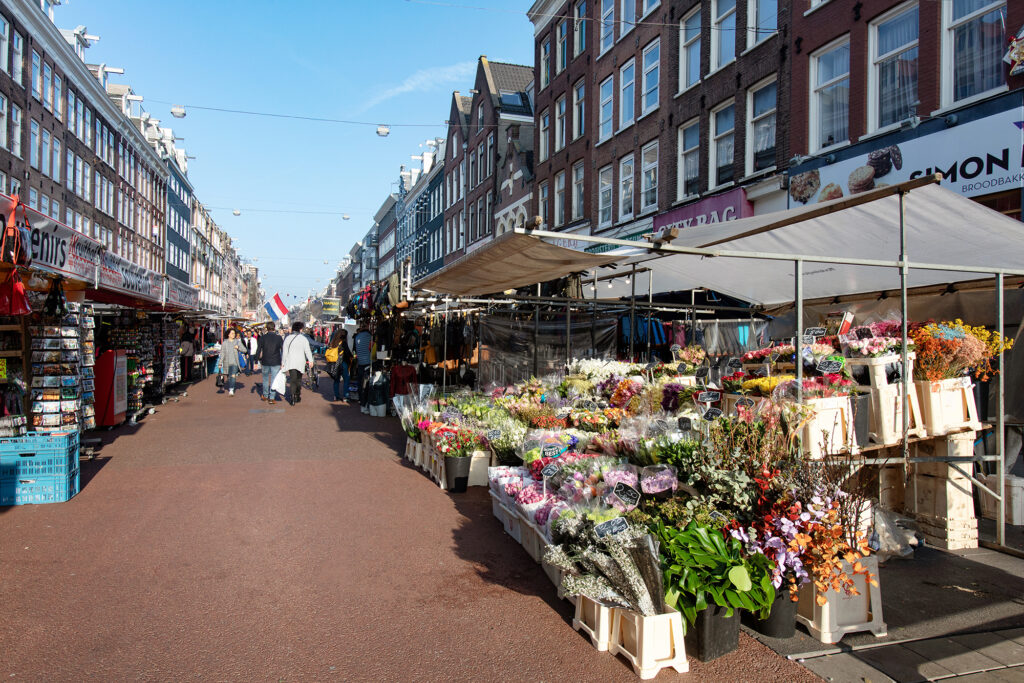
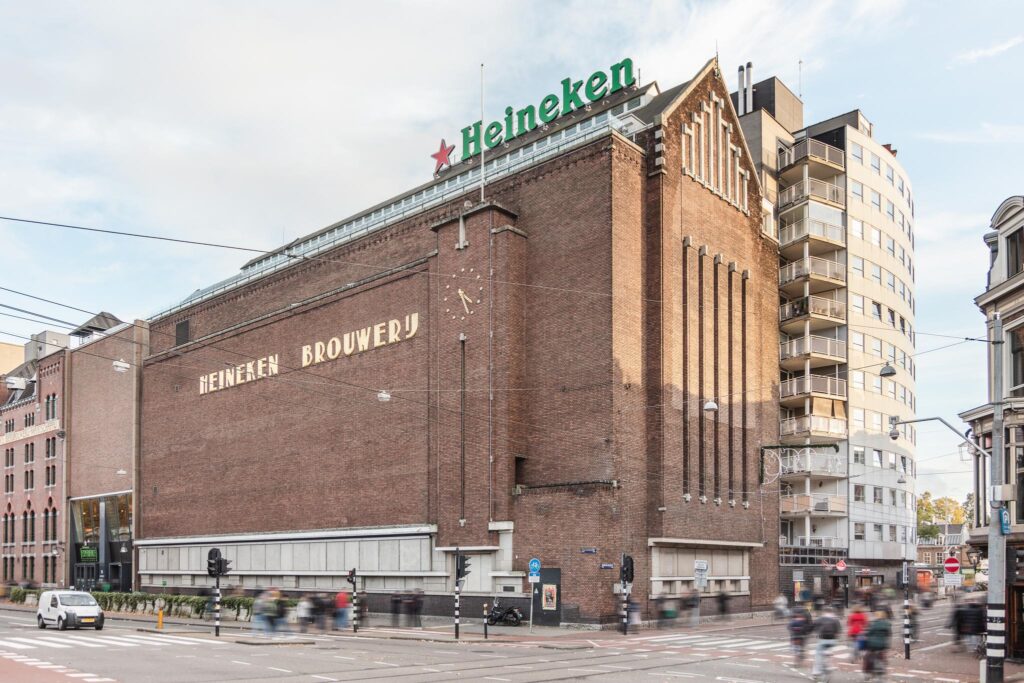
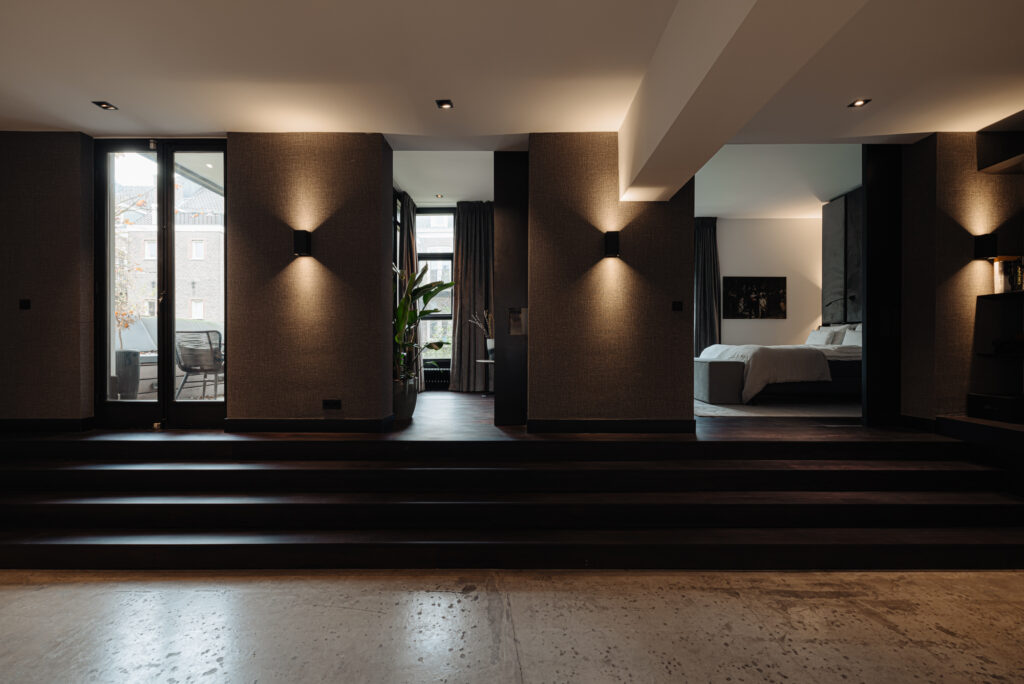
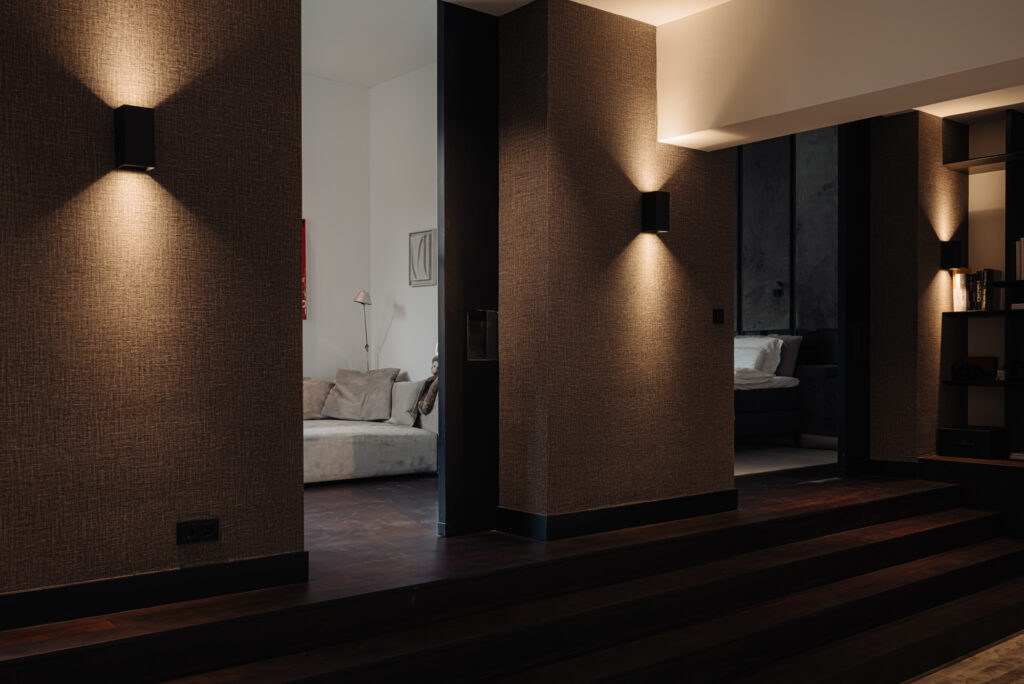

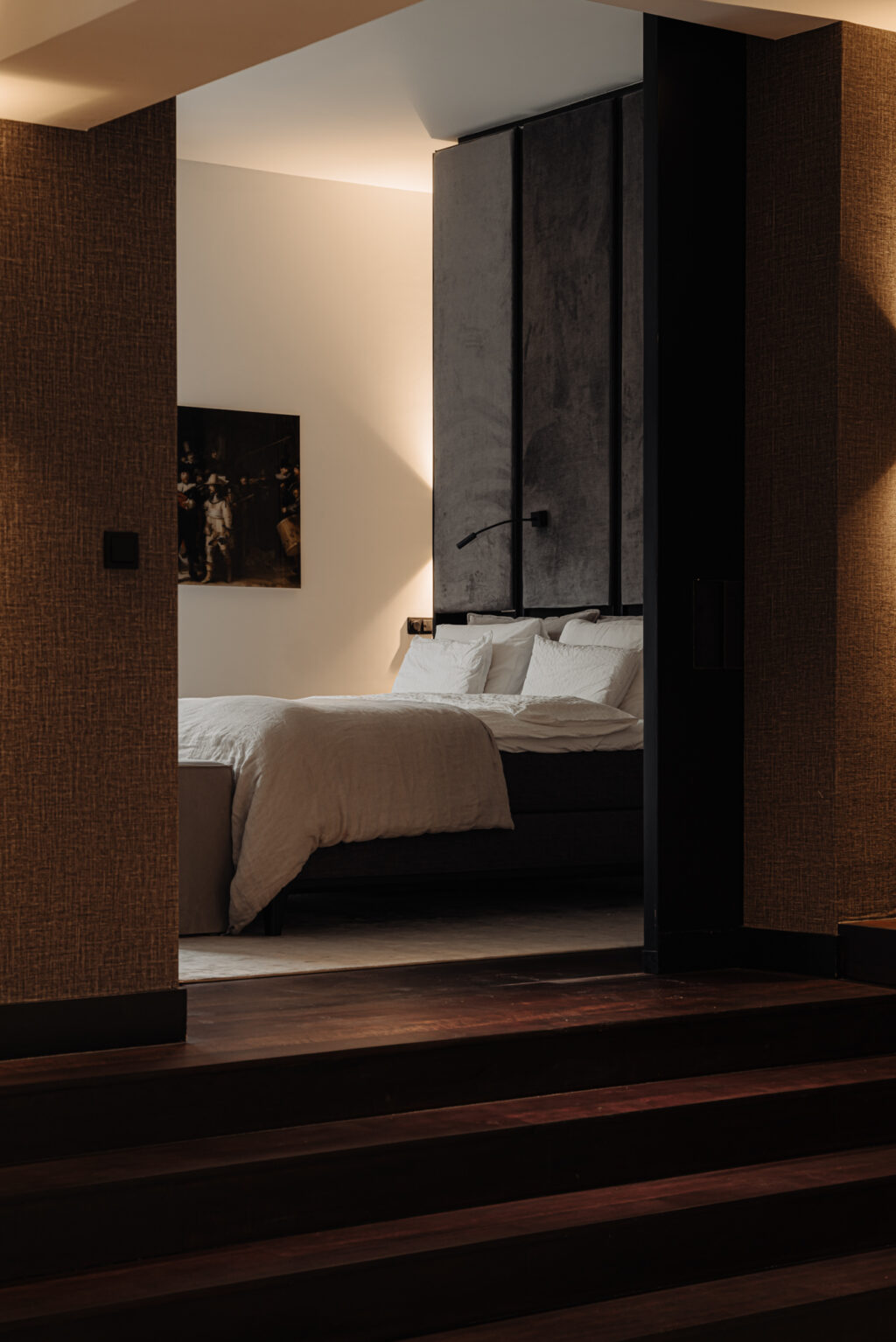
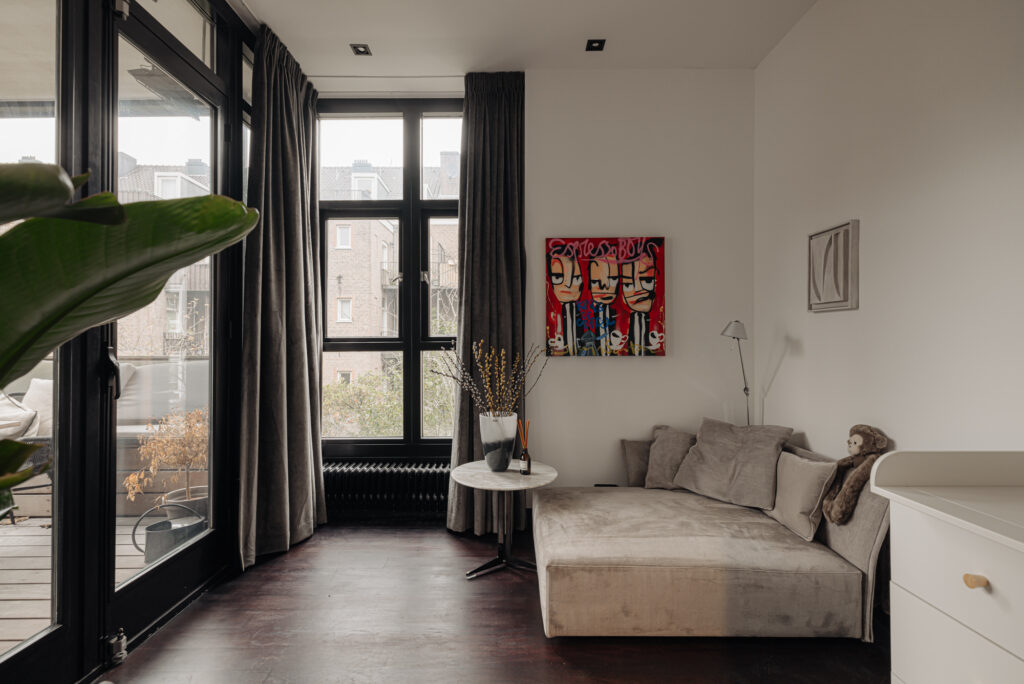
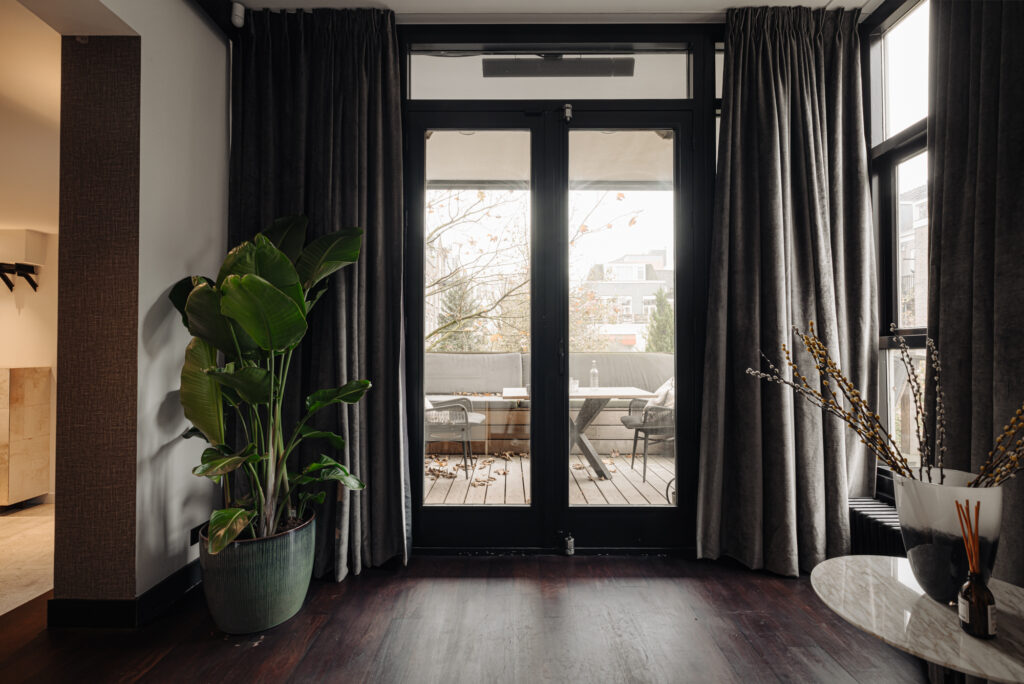
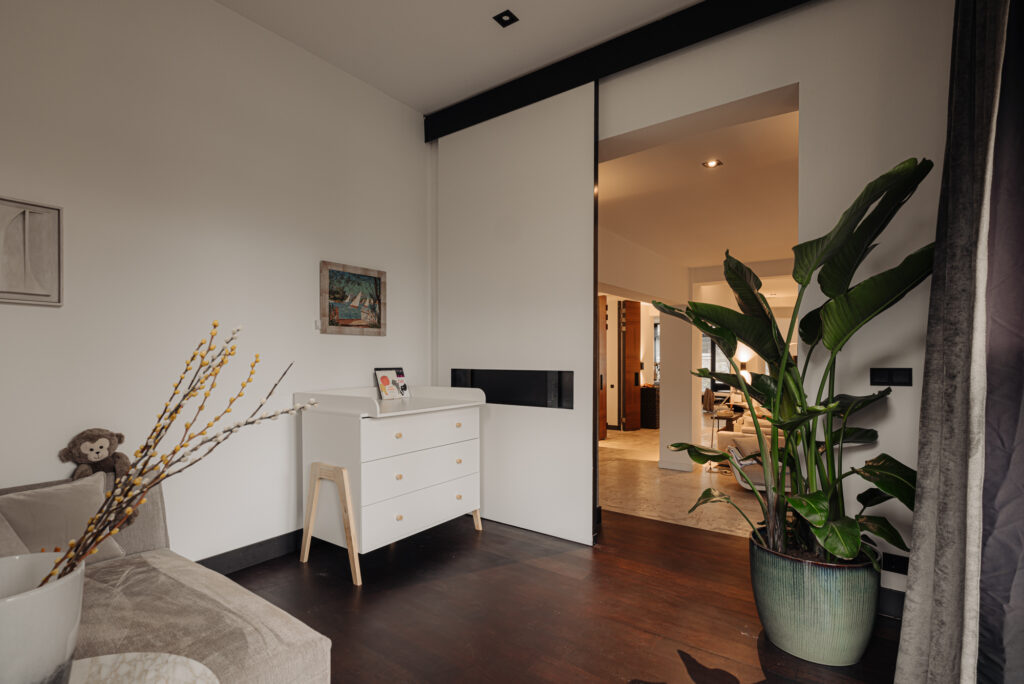
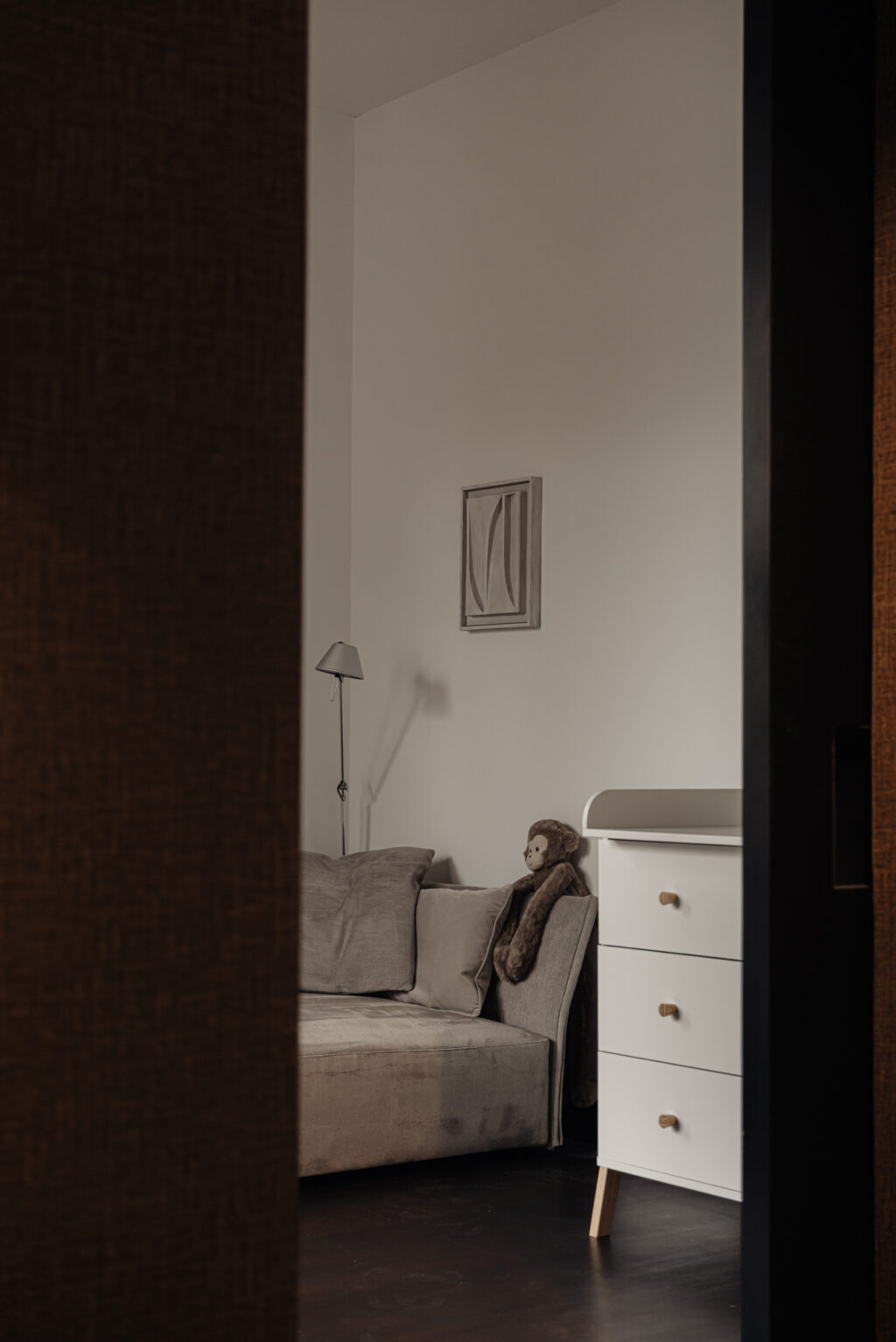
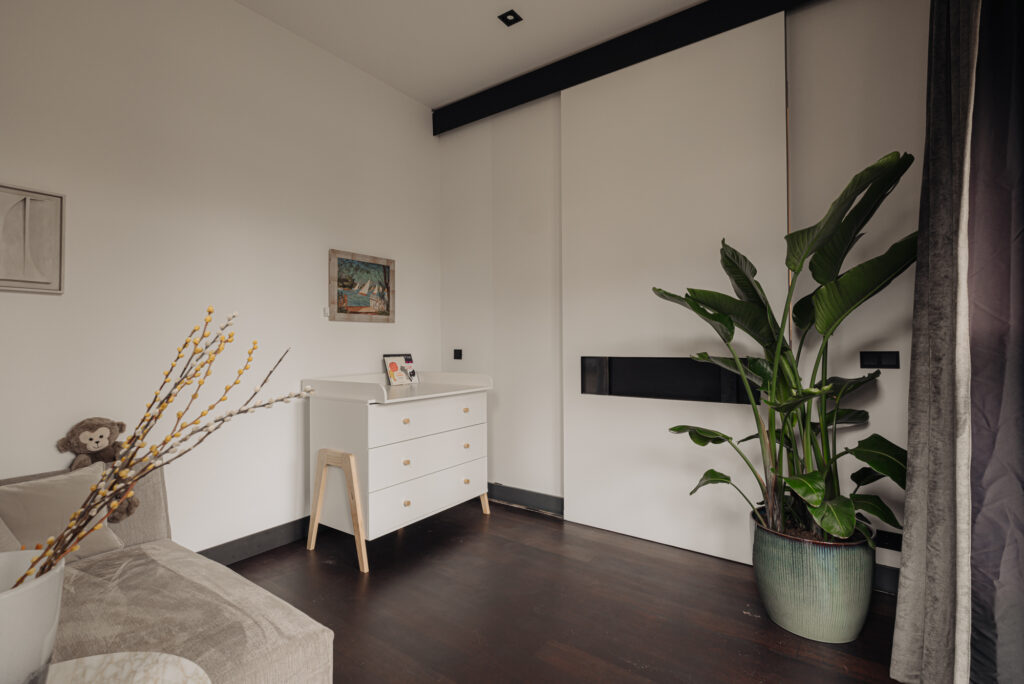
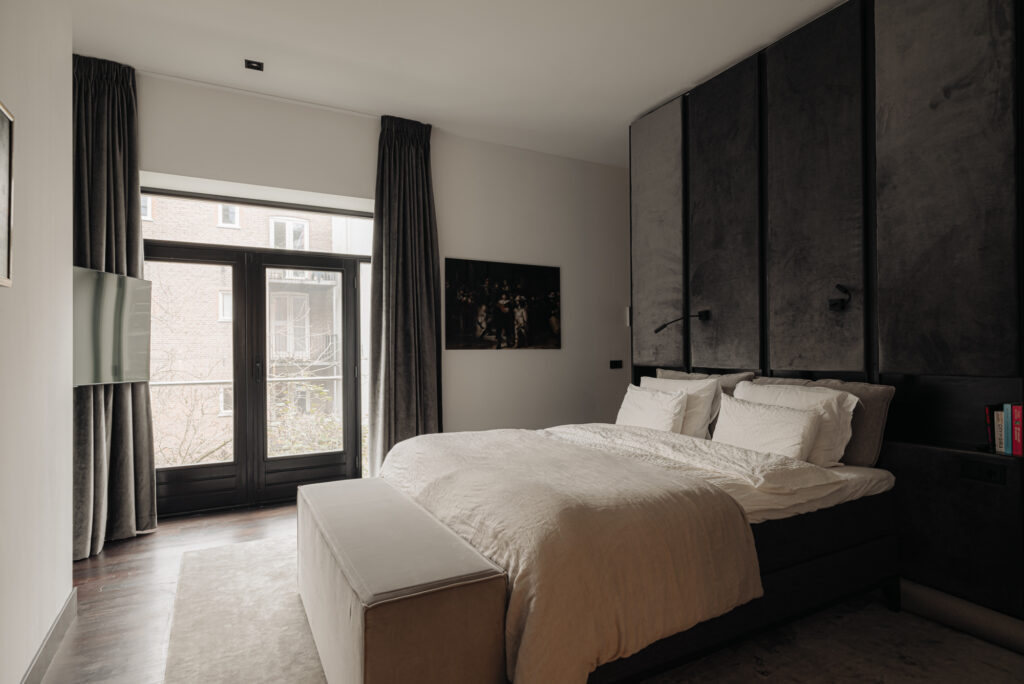
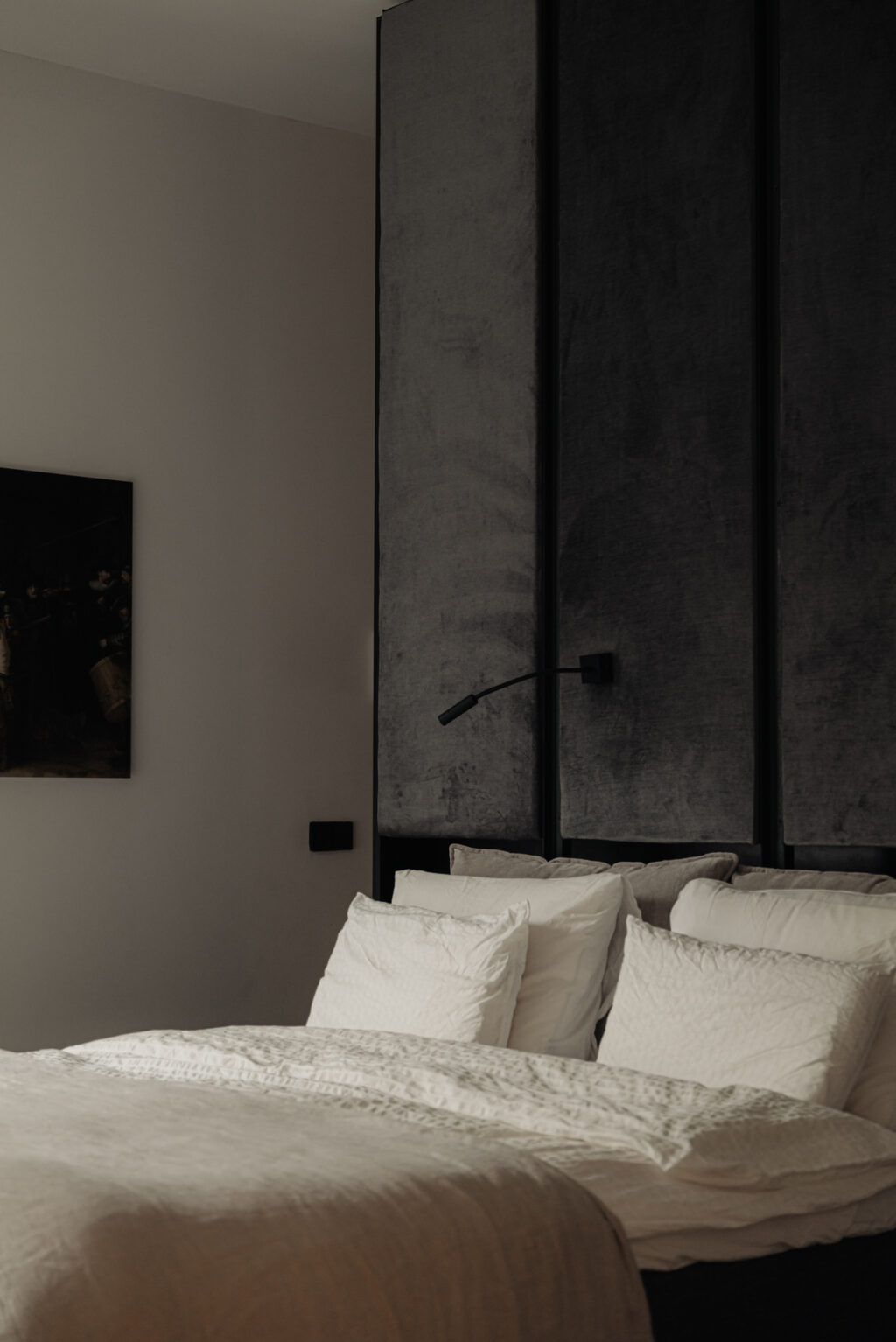
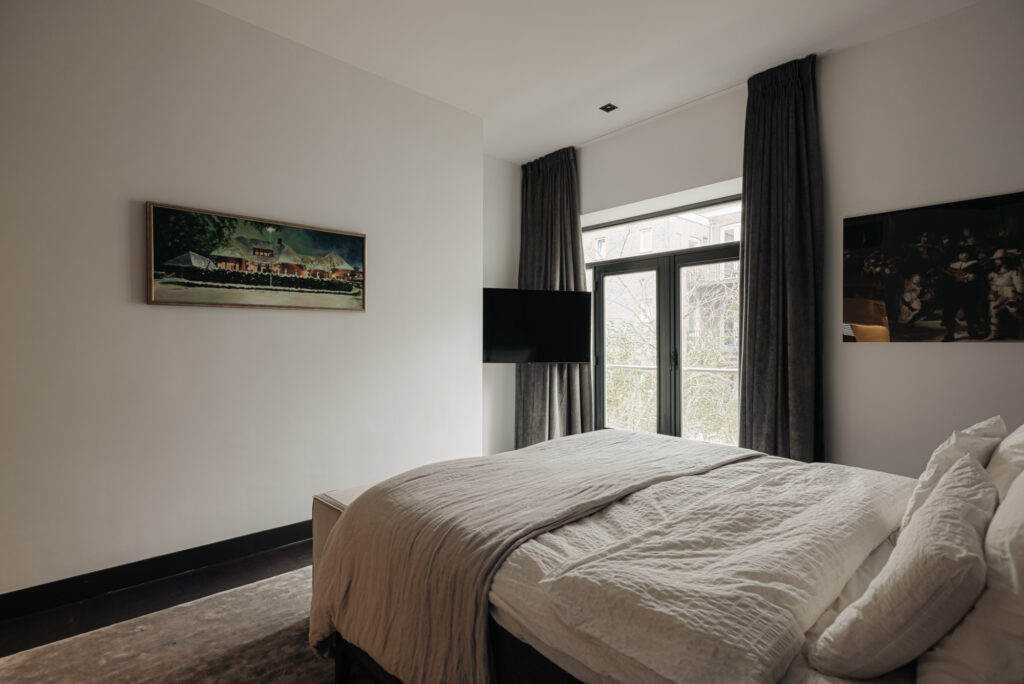
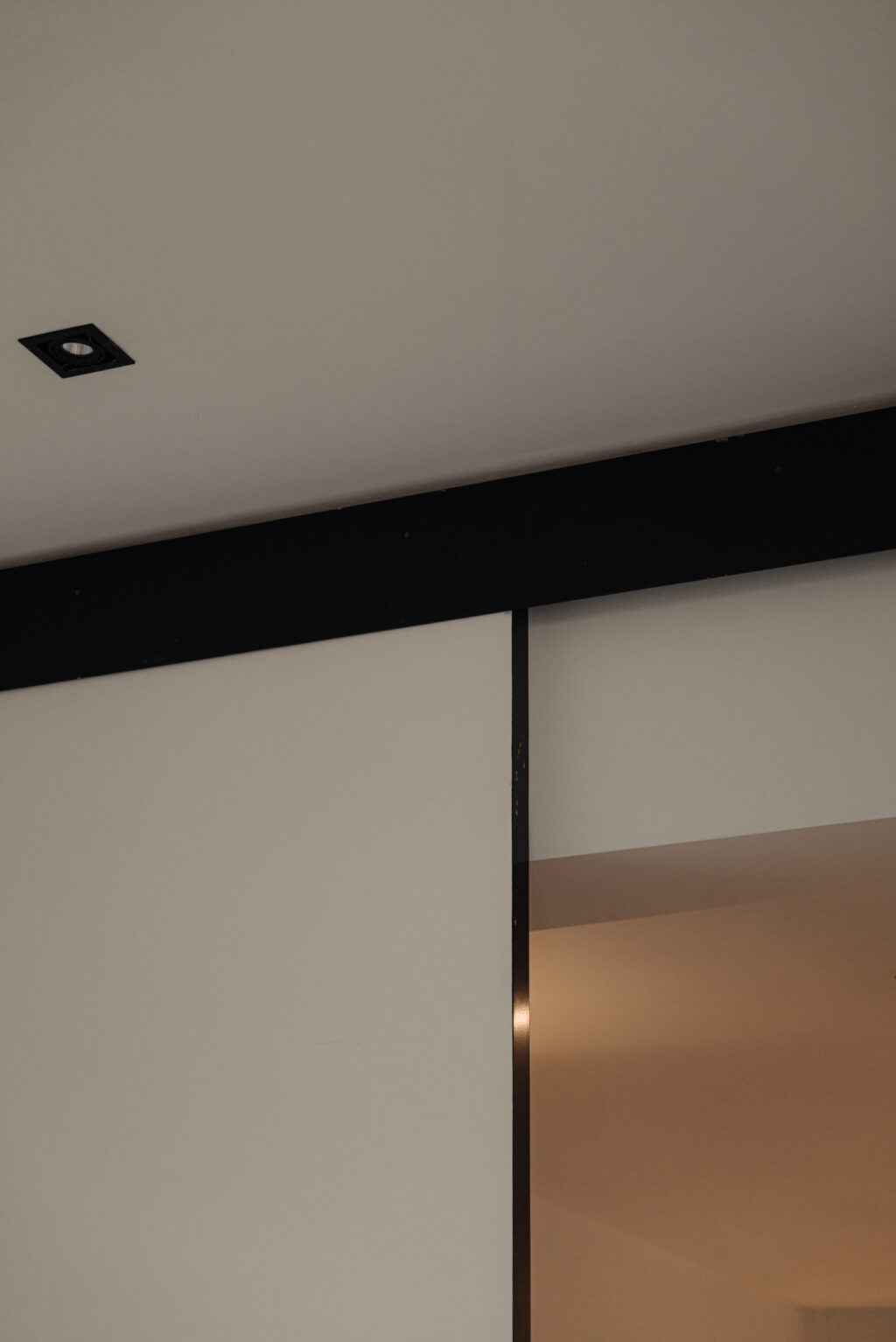
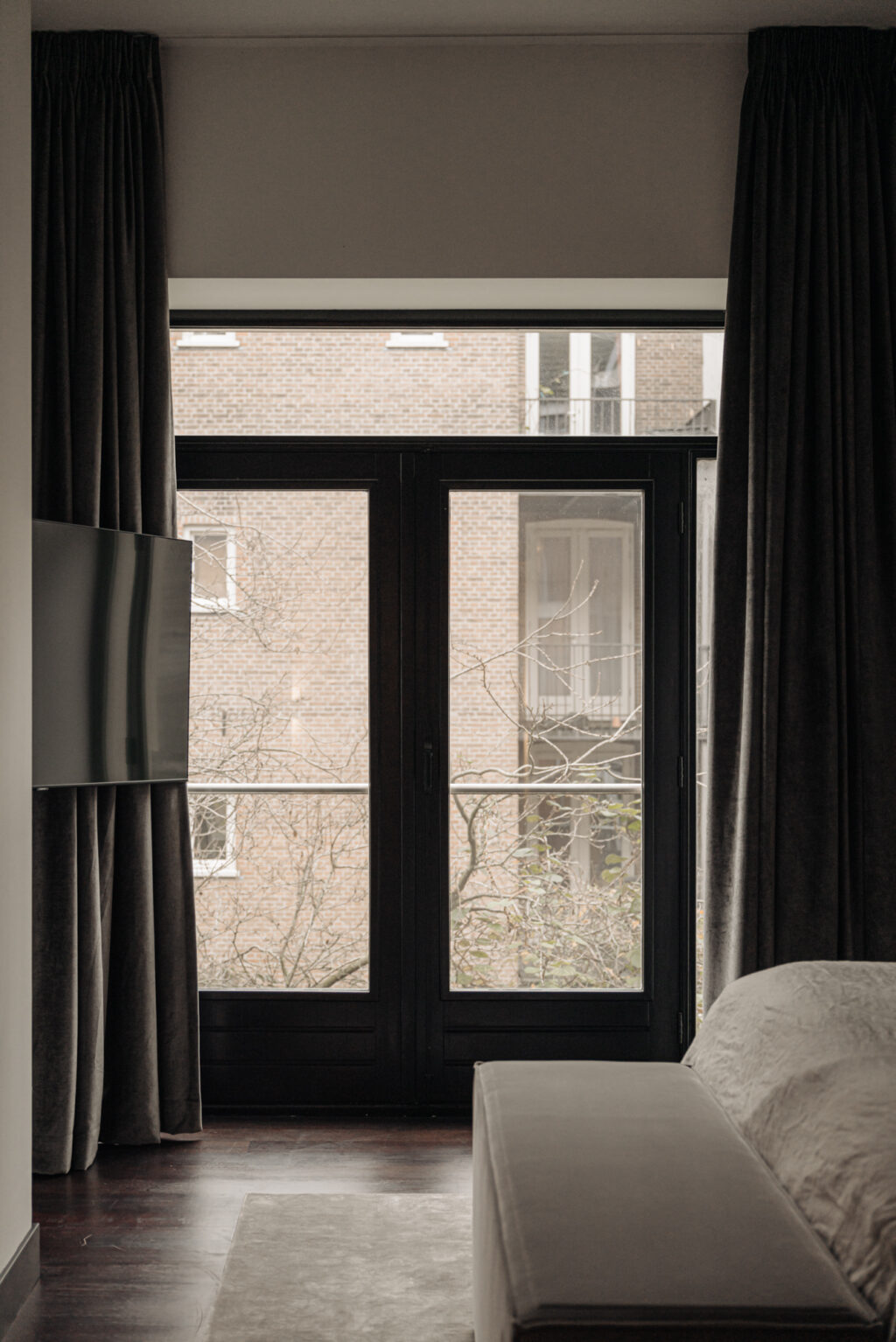
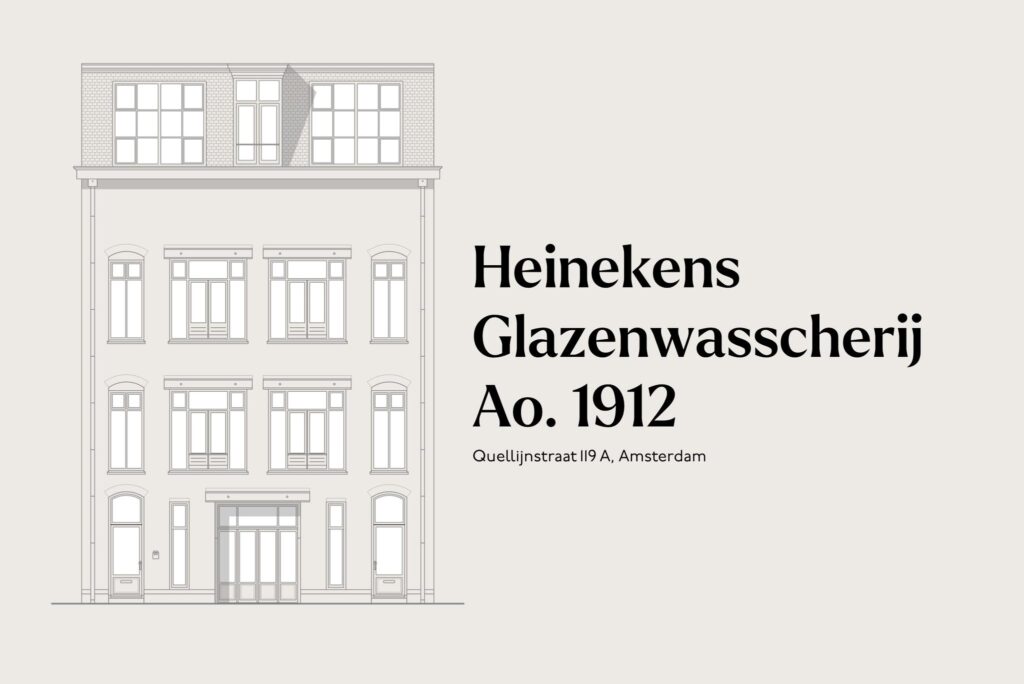


































































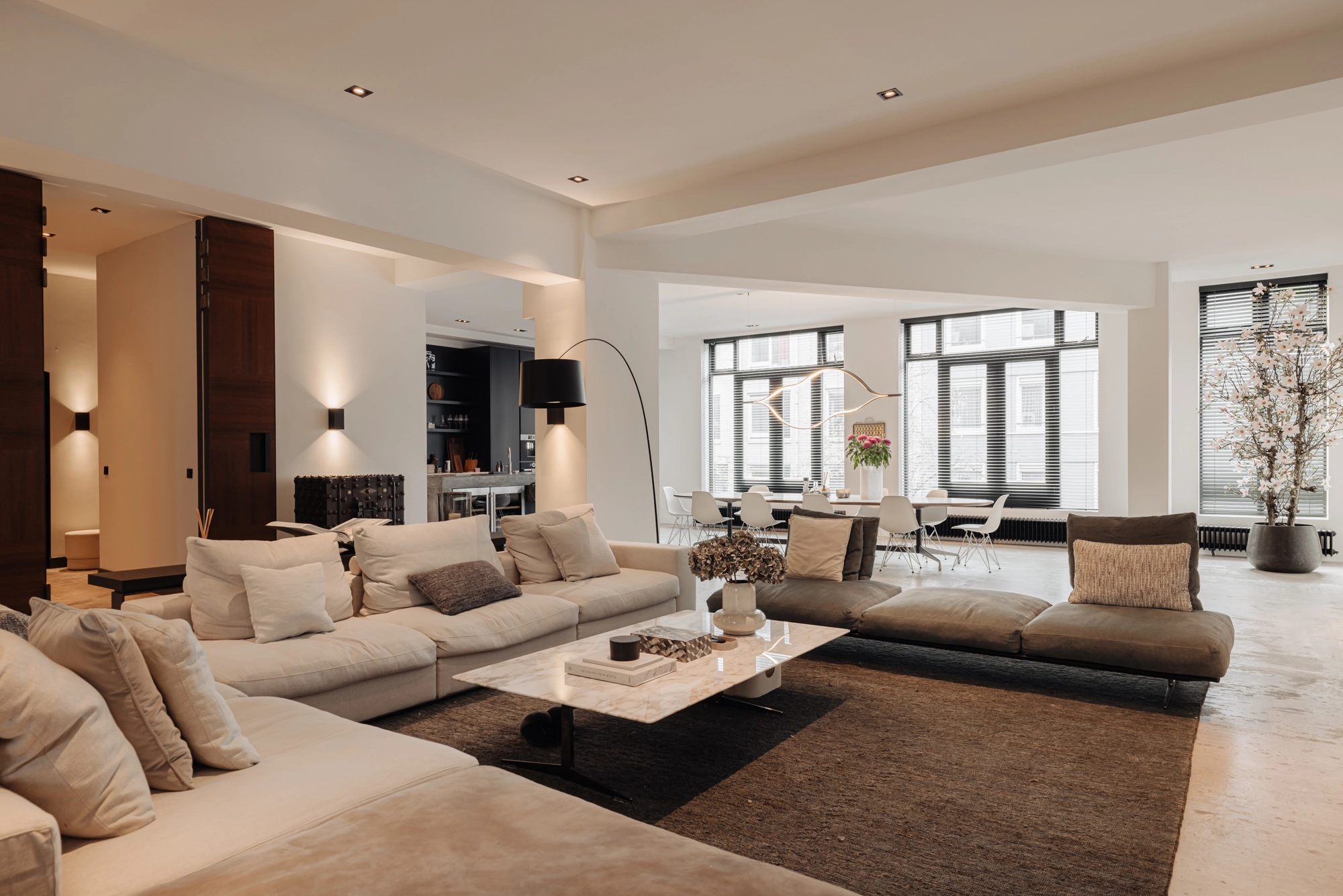
Heinekens Glazenwasscherij Ao. 1912
Living in an industrial building from 1912. This modern, stylish, and spacious loft on the first floor is part of a robust building. It is located in the heart of the popular De Pijp neighborhood, a setting that perfectly complements this type of home. This stunning loft features large windows, high ceilings, and a total area of 242 square meters, making it a fantastic "hideaway." The renovation and finishes have been carried out with a modern approach and great attention to detail and materials. The finishes provide a sense of luxury without being excessive. With a 200-square-meter living room, an open kitchen, two bedrooms, a dressing room, and a complete bathroom, the apartment also offers the flexibility to easily add a third bedroom. Homes like this are rare in such a beautiful location. The large French doors invite you to enjoy the sun at the front of the property with a coffee, while the terrace at the rear is the perfect place to relax in the afternoon and evening. A unique and rare type of home, which also includes the option for private parking in a garage for only €250, excluding VAT.
Tour
The property has its own entrance on the first floor, accessible via a bright staircase. The sturdy door opens into a spacious hall with a wardrobe area. This hall leads to three corridors, providing access to the living room, kitchen, and bathroom. There is also a guest toilet and a laundry/storage room in the hall.
The living room is exceptionally spacious, covering an area of 200 square meters. Large glass windows on both the street side and the sunny side allow an abundance of natural light to flood the space. At the front of the living room is the kitchen, complete with a stylish cooking island. Cooking here can be a social affair, where you can interact with your guests and enjoy the openness of the room.
The vast size of the living room allows for multiple functions, such as a lounge area and workspace. The large walls are ideal for artwork and grand paintings. The room flows seamlessly into the bedrooms, separated only by playful elevation changes.
The bedrooms are located at the quiet rear of the property, with windows overlooking the inner gardens. One of the bedrooms has an adjoining walk-in closet, perfect for an extensive wardrobe, which connects directly to the bathroom. The bathroom is beautifully designed, using hardwood and concrete, and is equipped with a bathtub, shower, and double sink.
From the second bedroom, you have access to a rooftop terrace. This terrace is partially covered and offers sunlight in the afternoon and evening. It feels like the aft deck of a yacht, making it an ideal spot for dining and drinks with friends. The terrace is also accessible from the living room.
The layout of the property is so spacious that creating a third bedroom would be relatively simple. Alternative floor plans are available to illustrate this possibility.
Neighborhood
De Pijp was built at the end of the 19th century to provide housing for newcomers who moved to the capital for work. Freddy Heineken's father opened the Heineken Brewery here in 1886. The first workers' houses, around the Albert Cuypstraat, were quickly and affordably constructed. Later, towards the Diamantbuurt, Berlage added houses in the Amsterdam School style. It is said that the neighborhood owes its name to the long straight streets that resemble a pipe.
The Albert Cuyp Market and Sarphatipark are determining factors for the dynamics of De Pijp. Artists and writers such as Piet Mondrian, Carel Willink, and Gerard Reve lived and worked here. The lively, mixed population brought many cafes and eateries to the neighborhood. Today, the neighborhood is known as the Quartier Latin of Amsterdam, with many dynamic diverse restaurants such as Auberge Jean & Marie, Le Restaurant, the Peruvian NAZKA, and authentic bistros like Petit Caron.
Details
• Usable living space approximately 242 m²
• Ceiling height of approximately 3.25 meters
• Terrace of almost 10 m²
• Single-story
• Two bedrooms / Third one easily created
• Accessible via an easy staircase
• Located on private land
• Municipal protected cityscape
• HOA service costs €257.00 per month
• Possibility to rent a spot in parking garage Gerard Doustraat for € 250, - excl. VAT. There is also the possibility to rent a second parking spot in the Daniël Stalpertstraat parking garage for €250, excluding VAT.
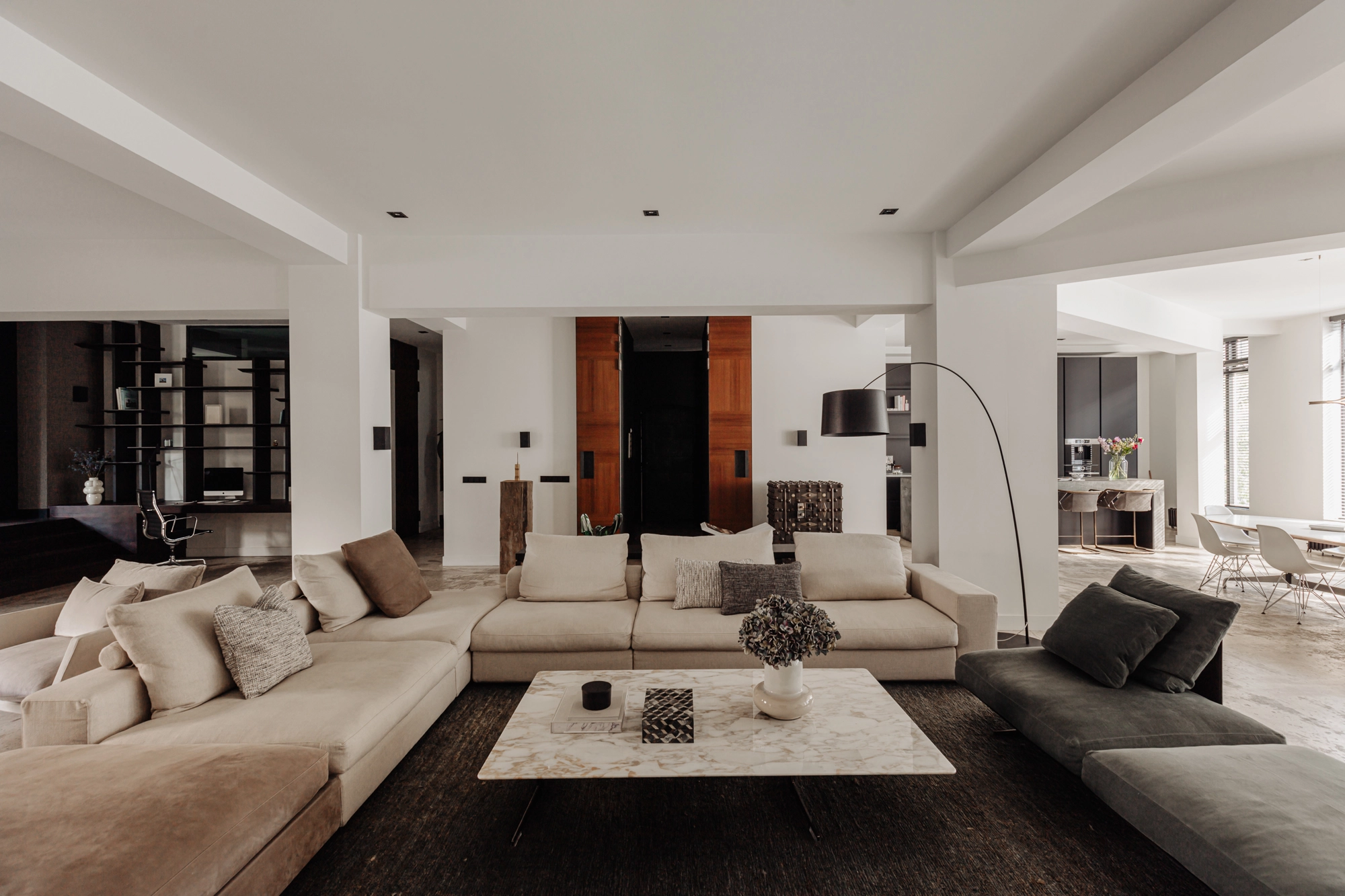
Heineken’s Glazenwasscherij, Est. 1912
Living in a loft has always captured the imagination. It embodies the sense of space and freedom to shape that space in your own way. In a loft, there are no obstructive walls or doors; functions seamlessly blend into one another. Lofts are rugged and robust, calling for a creative and urban spirit. The neighborhood of De Pijp perfectly complements this concept, being dynamic and youthful.
This residence is situated in an industrial building at Quellijnstraat 119, a structure originally constructed by the brother of Heineken for his Heineken’s Glazenwasscherij plans and later used as a factory for Luxaflex. The building still retains its rugged charm, and this residence has been transformed into a loft in an understated manner.
Living here gives you the sensation of being in New York, with ample space for entertaining, whether you’re single or a couple. The terrace, partially covered and surrounded by greenery, offers a delightful outdoor area.
What makes this residence truly special is its sense of spaciousness and understated luxury. The finishing exudes the refinement of timeless elegance and high-quality materials. Spaciousness is created by what has been omitted, making this residence timeless.
De Pijp has much to offer, from the Albert Cuyp market to the metro. The upscale Zuid district and the city center are within walking distance, and the entire city is easily accessible by bike from this central location. In summary, this residence offers a unique opportunity for urban living in De Pijp.
Kees Kemp | Broersma Werken & Wonen
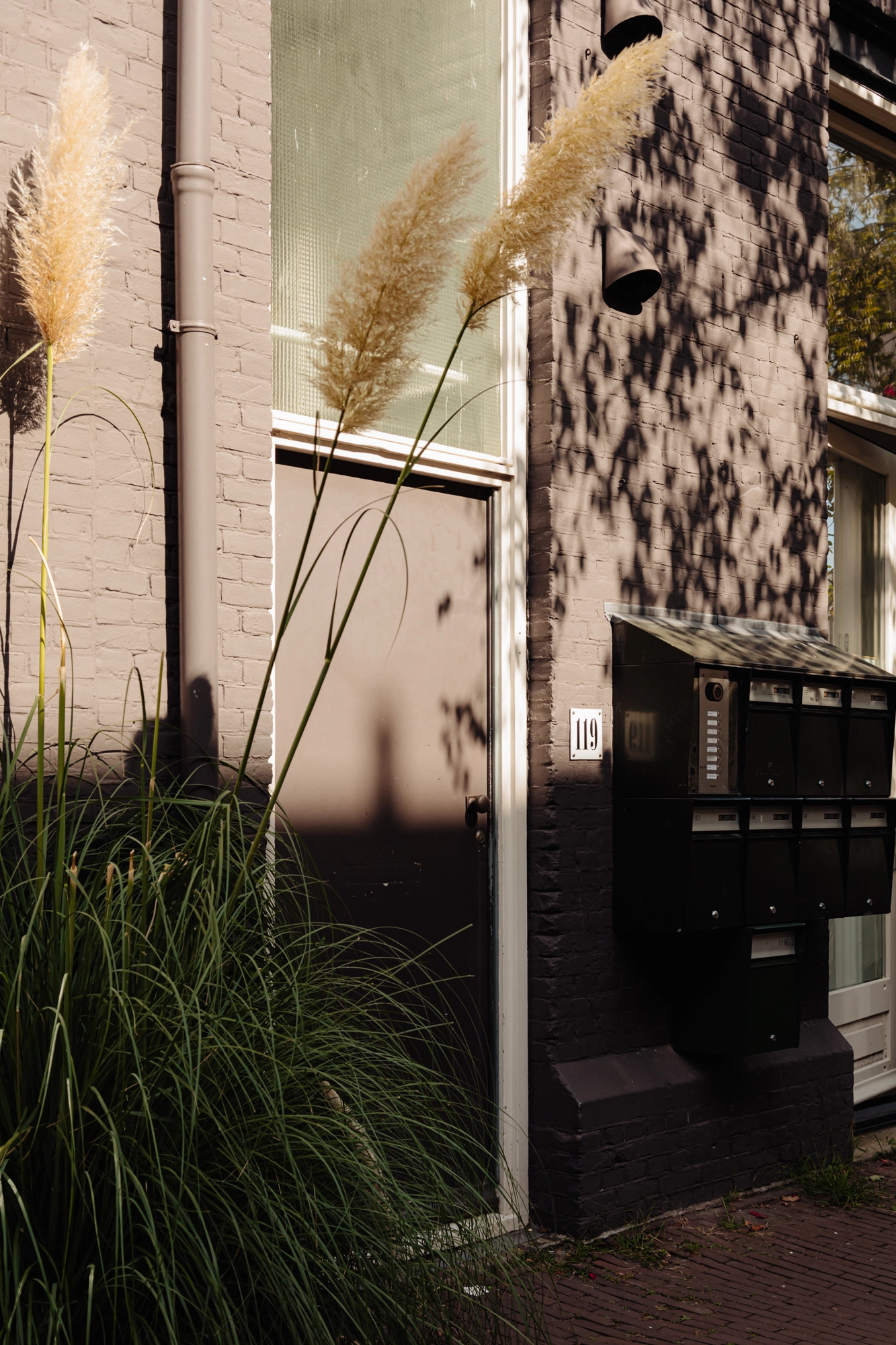
Dit appartement bevindt zich in een semi-industrieel gebouw dat dateert uit de fin de siècle (het begin van de 20e eeuw). Het werd oorspronkelijk gebouwd als bedrijfsruimte voor een glazenwasserij, en de neef van Heineken had de visie om de glasbewassing als bedrijfstak grootschaliger aan te pakken. Bovendien was er behoefte aan ruimte voor opslag en productie van raamjaloezieën. Het pand werd opgericht in 1920.
Het gebouw bevindt zich te midden van typische blokken met woningen die kenmerkend zijn voor de Pijp in Amsterdam. Op de begane grond bevinden zich doorgaans bedrijfsruimtes, terwijl er boven woningen zijn. De entree en het trappenhuis behouden nog steeds hun industriële en robuuste uitstraling.
Dit gebouw heeft een structuur met kolommen die de constructieve functie zichtbaar maken, wat bijdraagt aan het industriële karakter. De royale diepte en breedte van de ruimte, die nog steeds open is, benadrukken het gevoel van ruimte. De grote raampartijen laten veel daglicht binnen en versterken het ruimtelijke gevoel.
Het hele gebouw is nu omgebouwd tot woningen, en de eigenaren hebben gezamenlijk gezorgd voor het onderhoud en behoud van het pand.
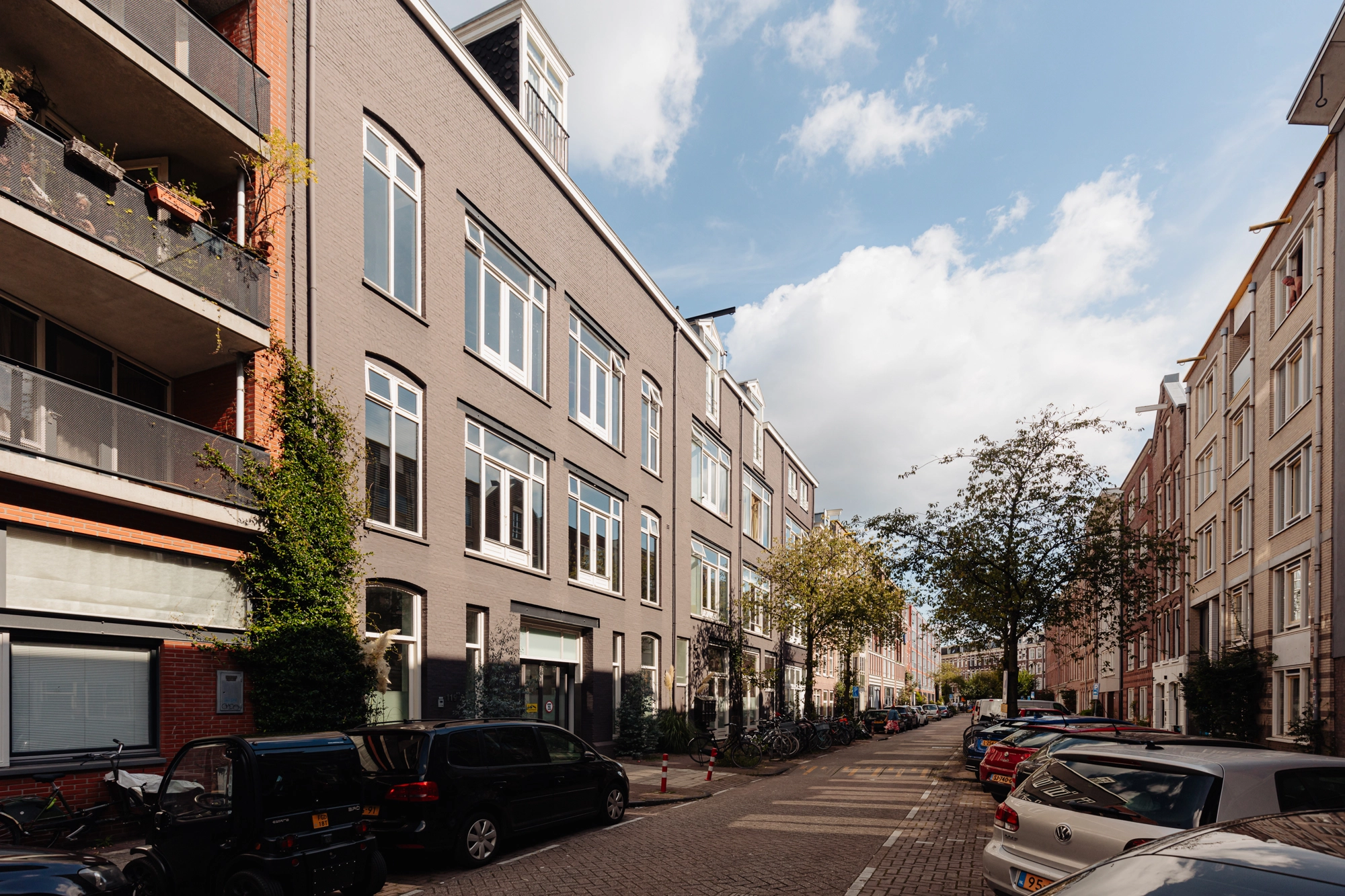
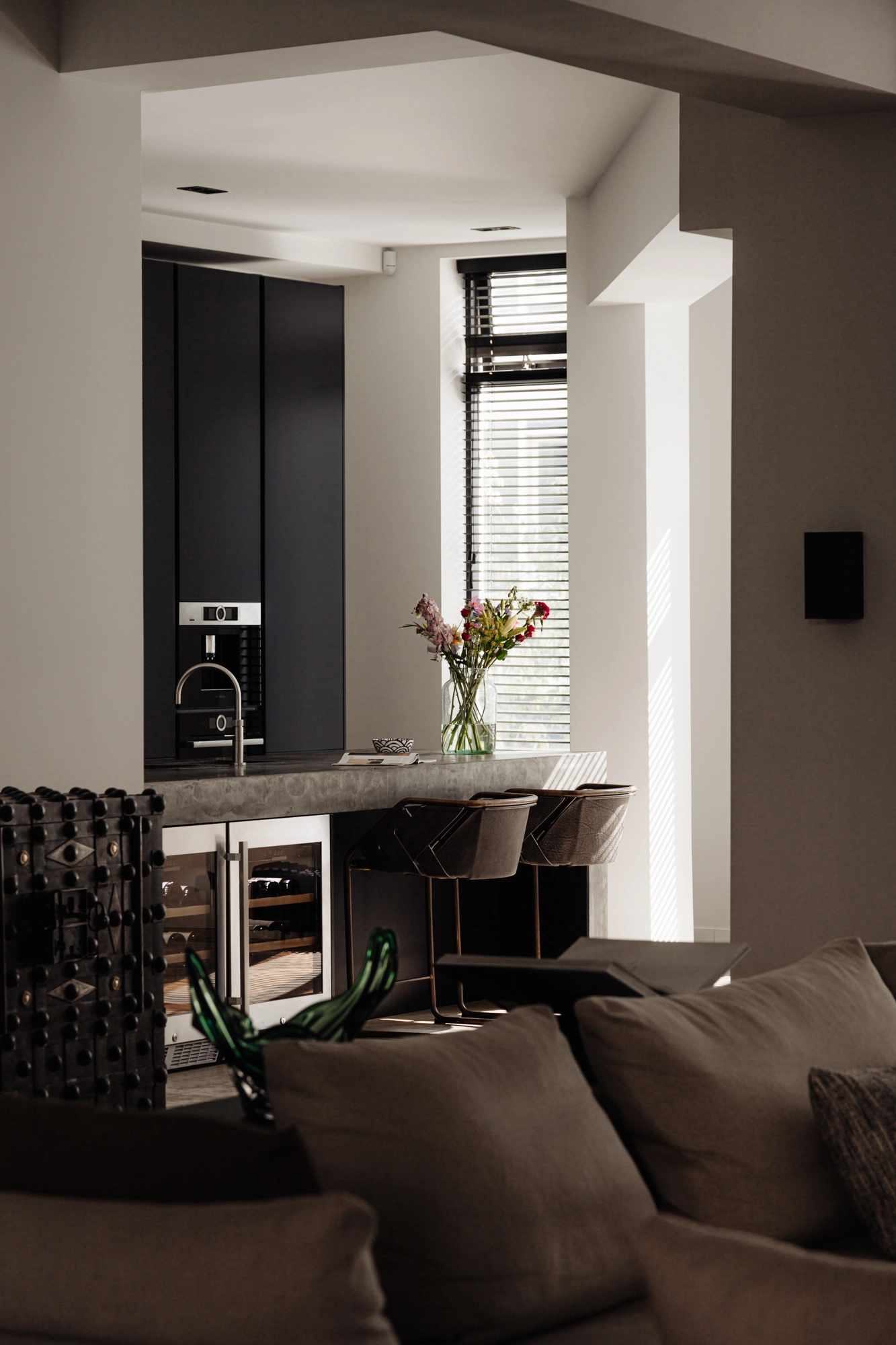
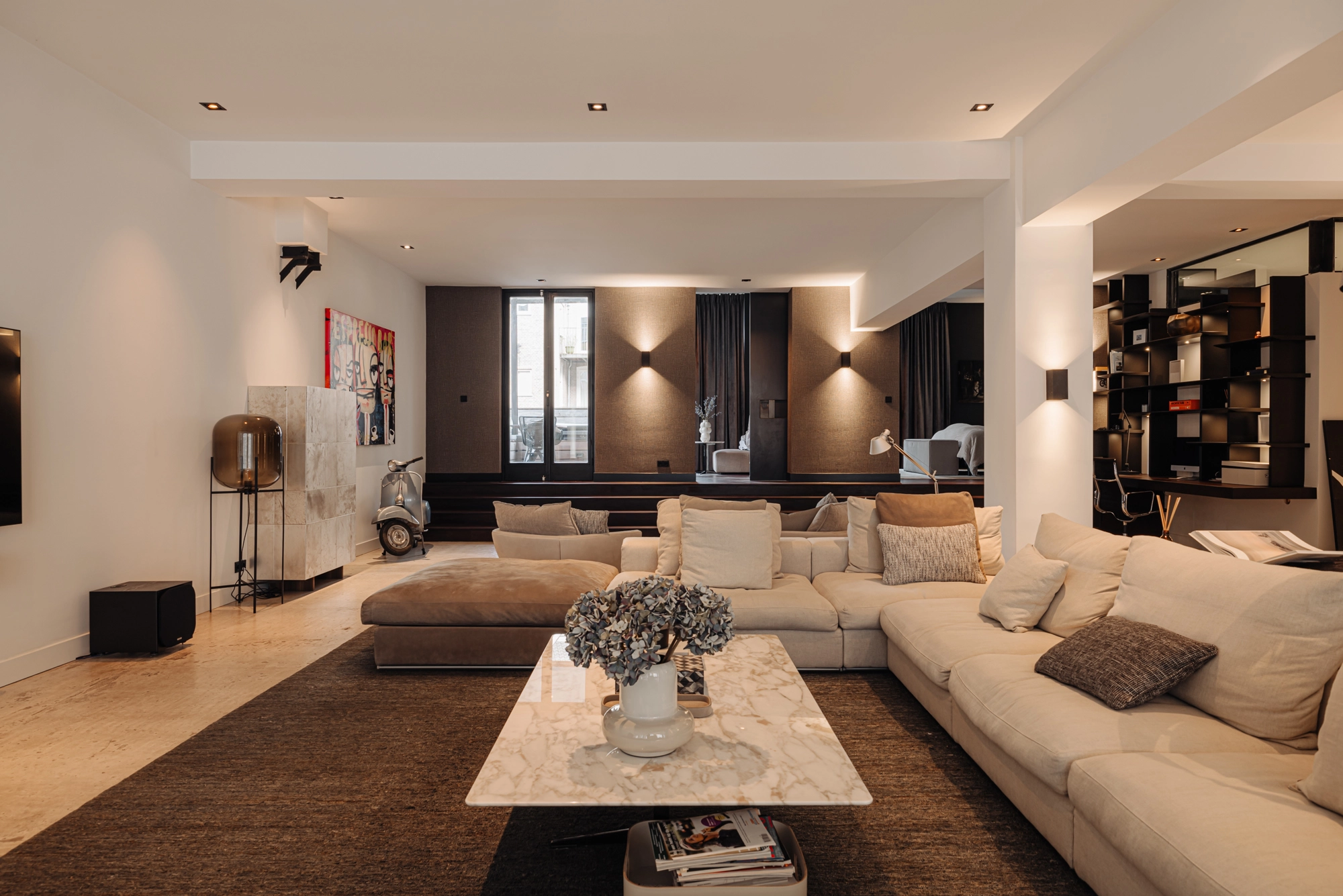
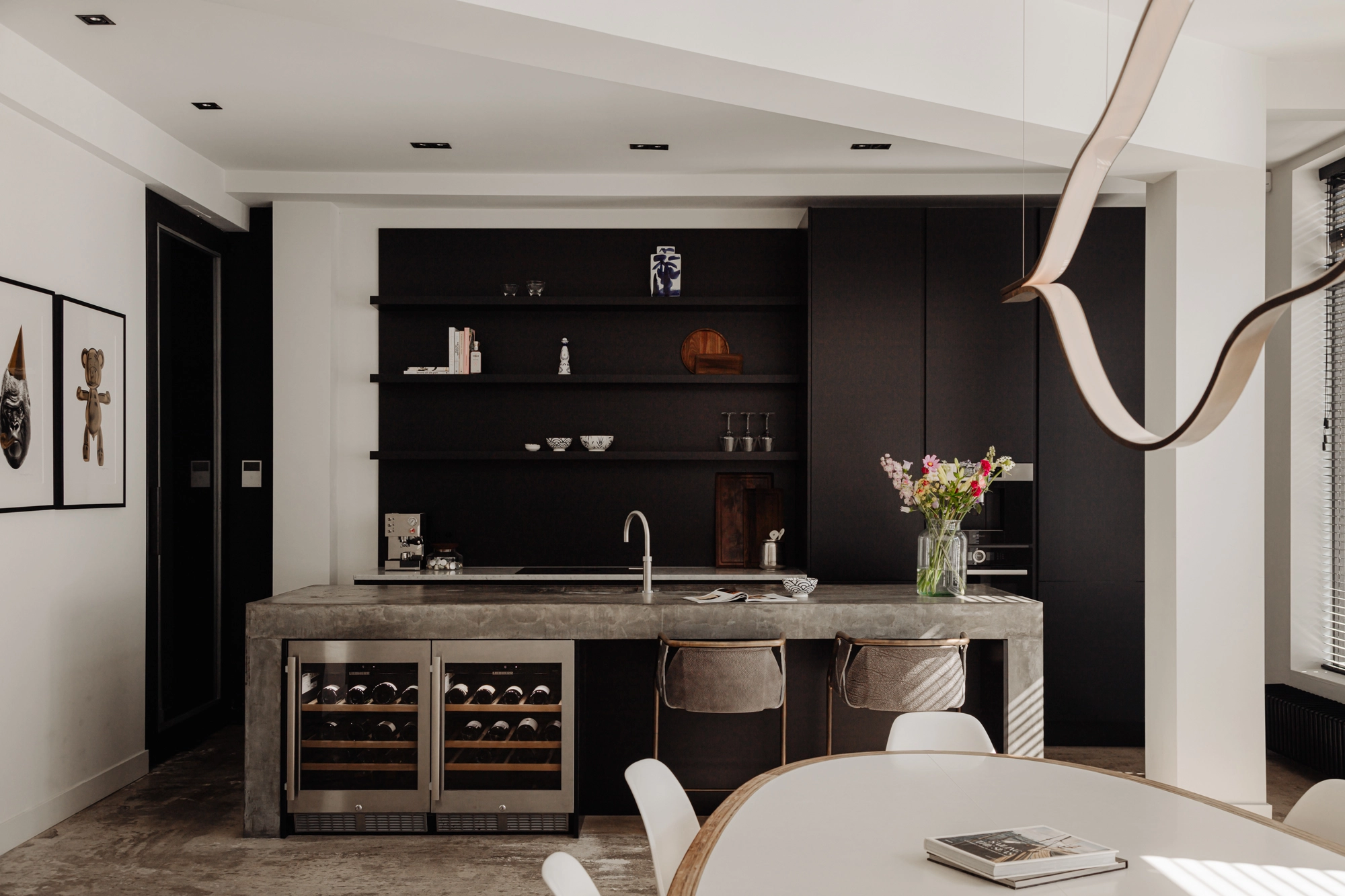
This loft apartment has its own entrance on the first floor via a wide staircase and staircase hall that is exclusive to this residence. Upon entering, a robust door welcomes visitors into a hallway with a coat closet. The hallway branches into three corridors leading to the living room, the open kitchen, and the bathroom. The hallway also houses a guest toilet and a laundry/storage room.
The living room is exceptionally spacious, spanning approximately 200 square meters in total. Large windows on both the street side and the sunny side emphasize the industrial feel of the living space. Columns and beams contribute to the industrial character of the room.
At the front of the building, the apartment spans a width of 12 meters. The kitchen is situated on the street side and features a sturdy kitchen island, creating an interactive cooking experience where you can remain in contact with guests and the rest of the space. The layout of the space is so ample that it can accommodate multiple functions, such as a lounge and workspace. The large walls are perfect for displaying art and oversized paintings.

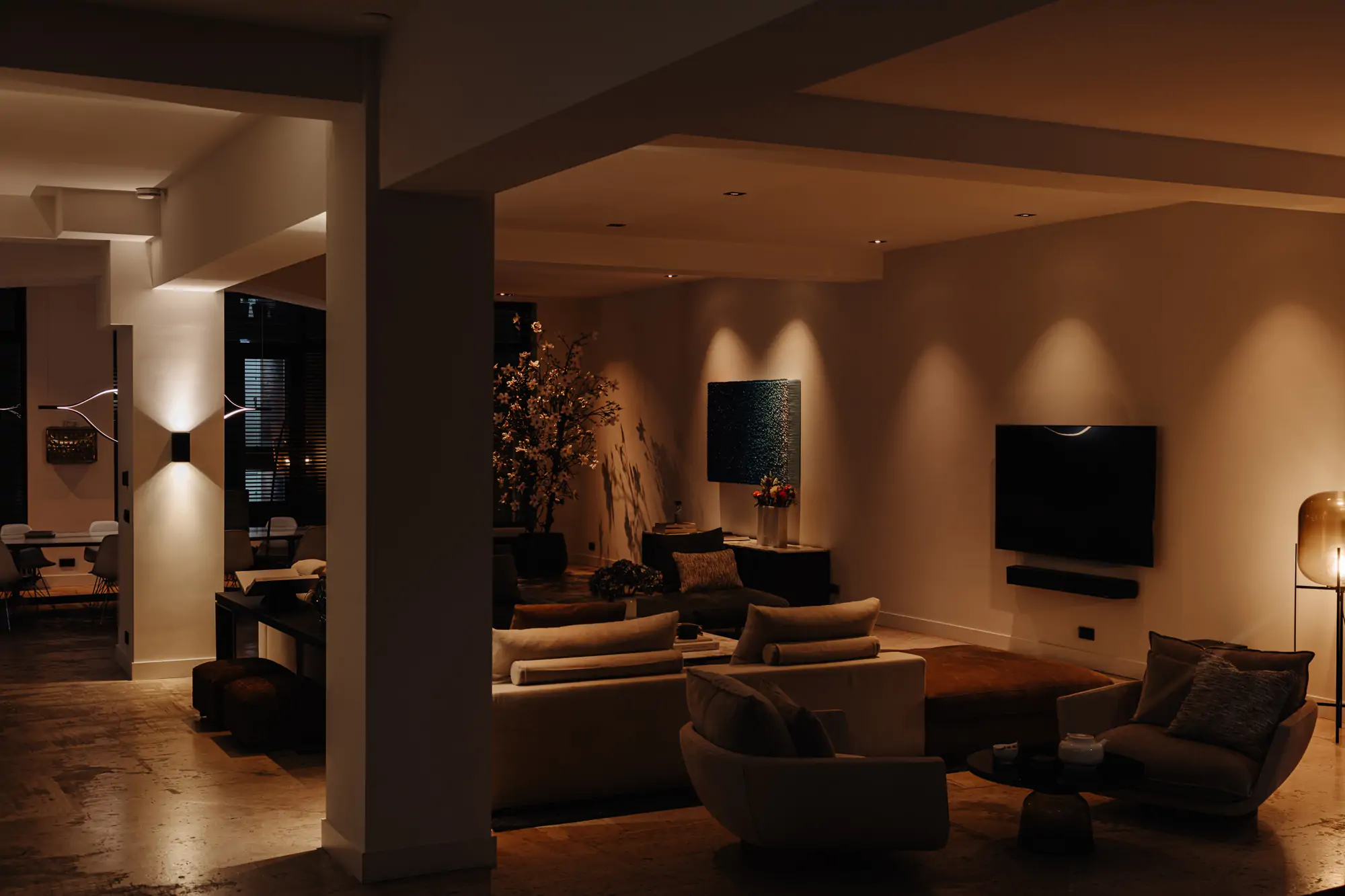
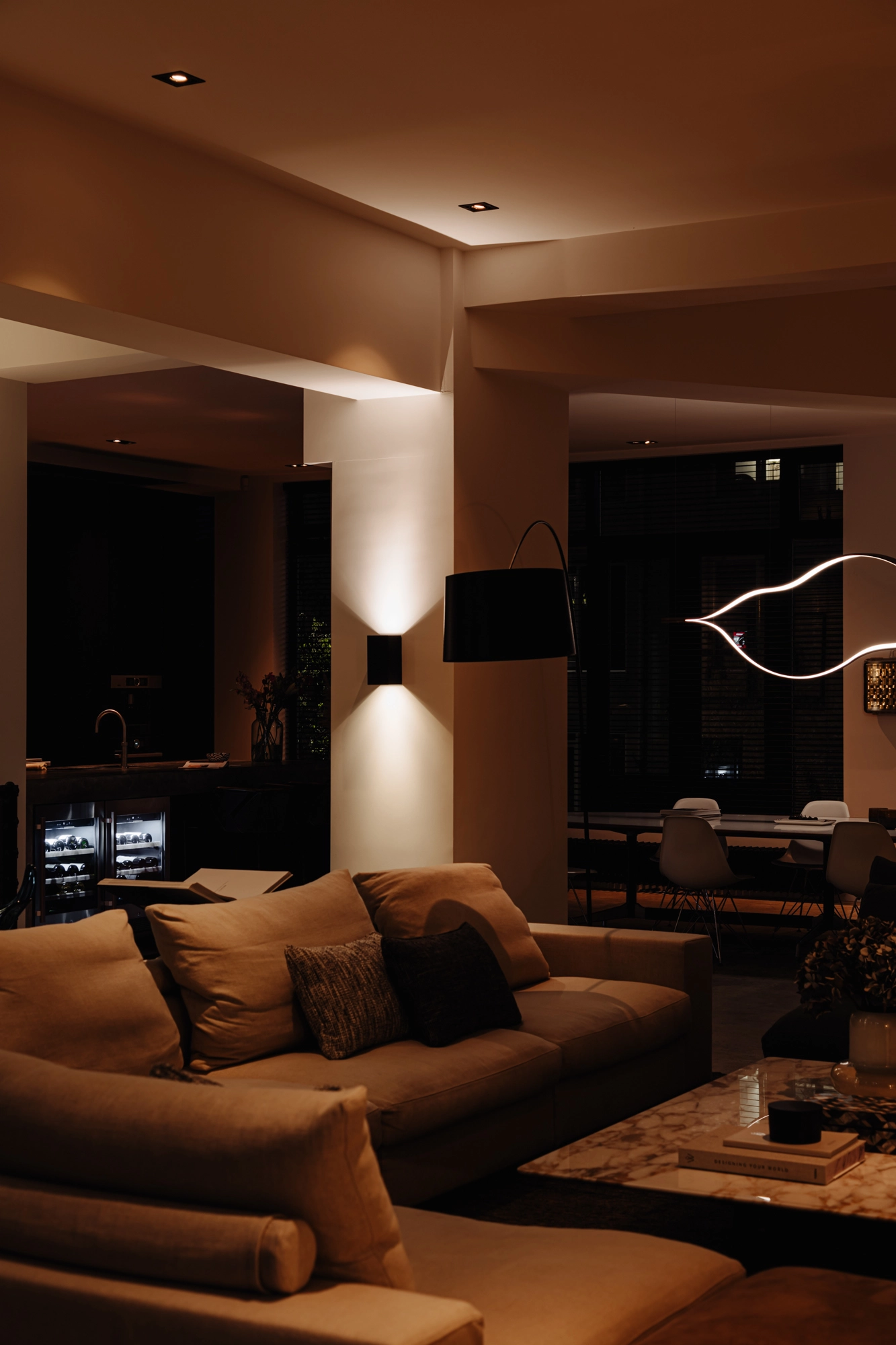
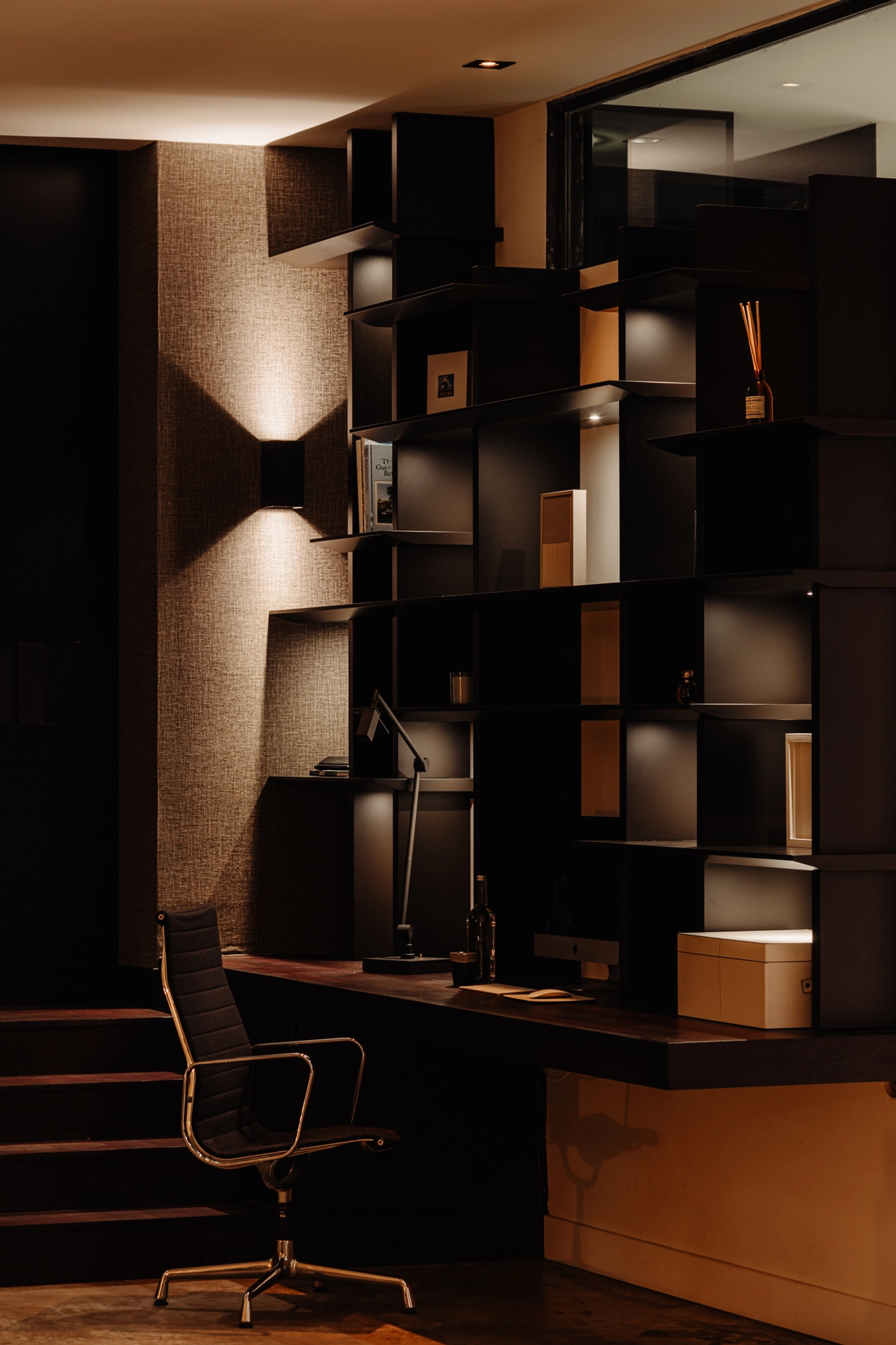
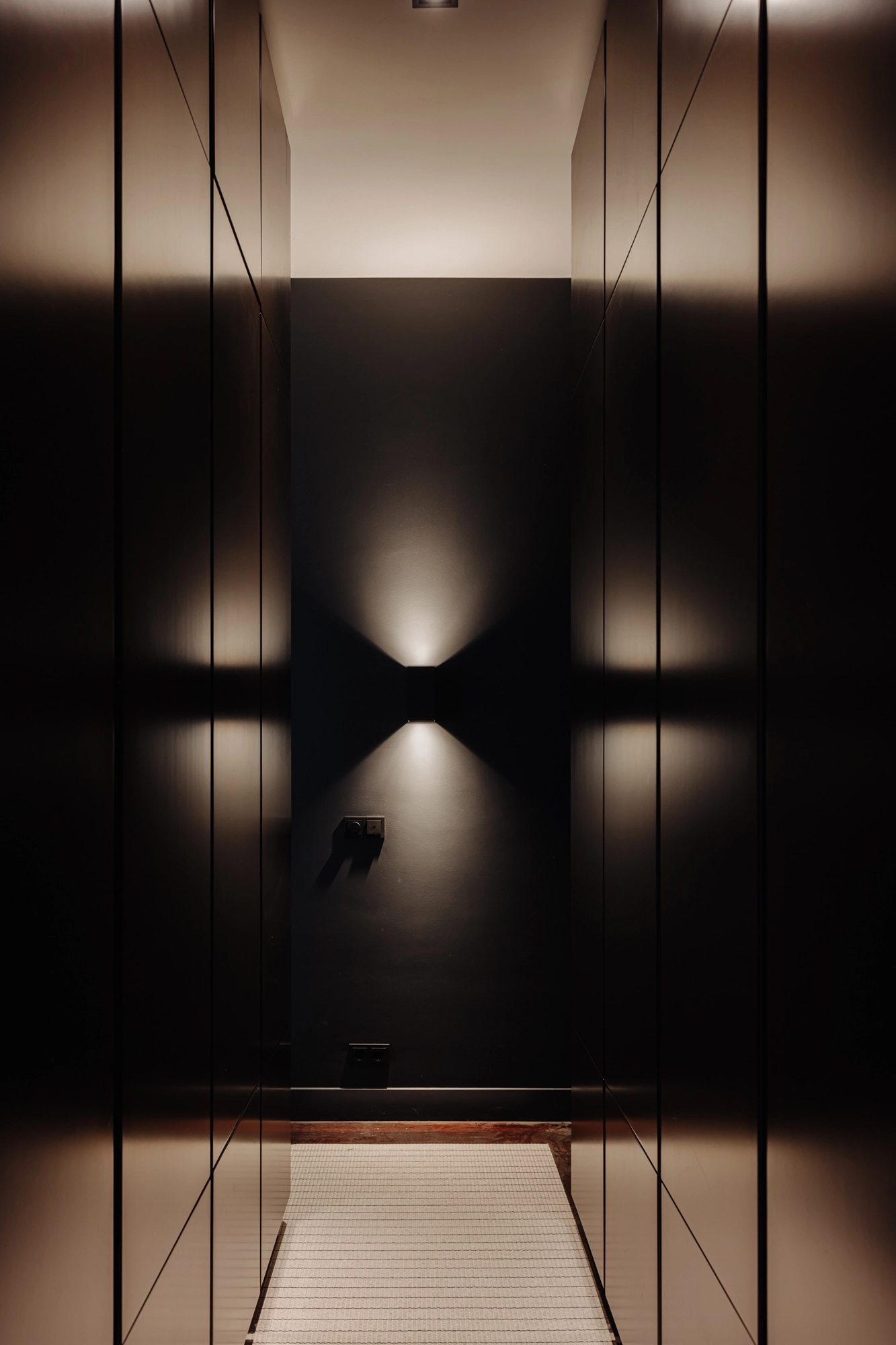
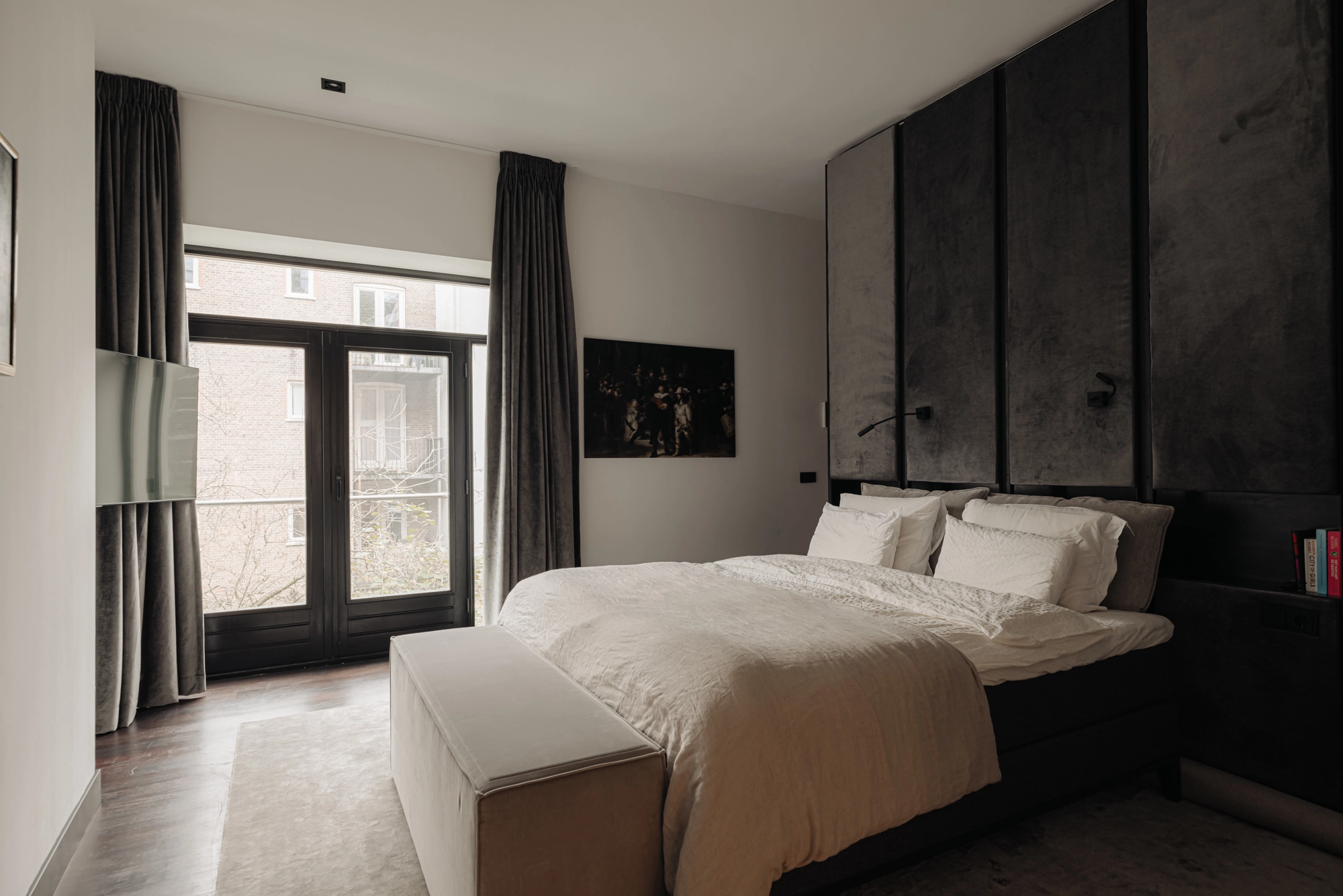
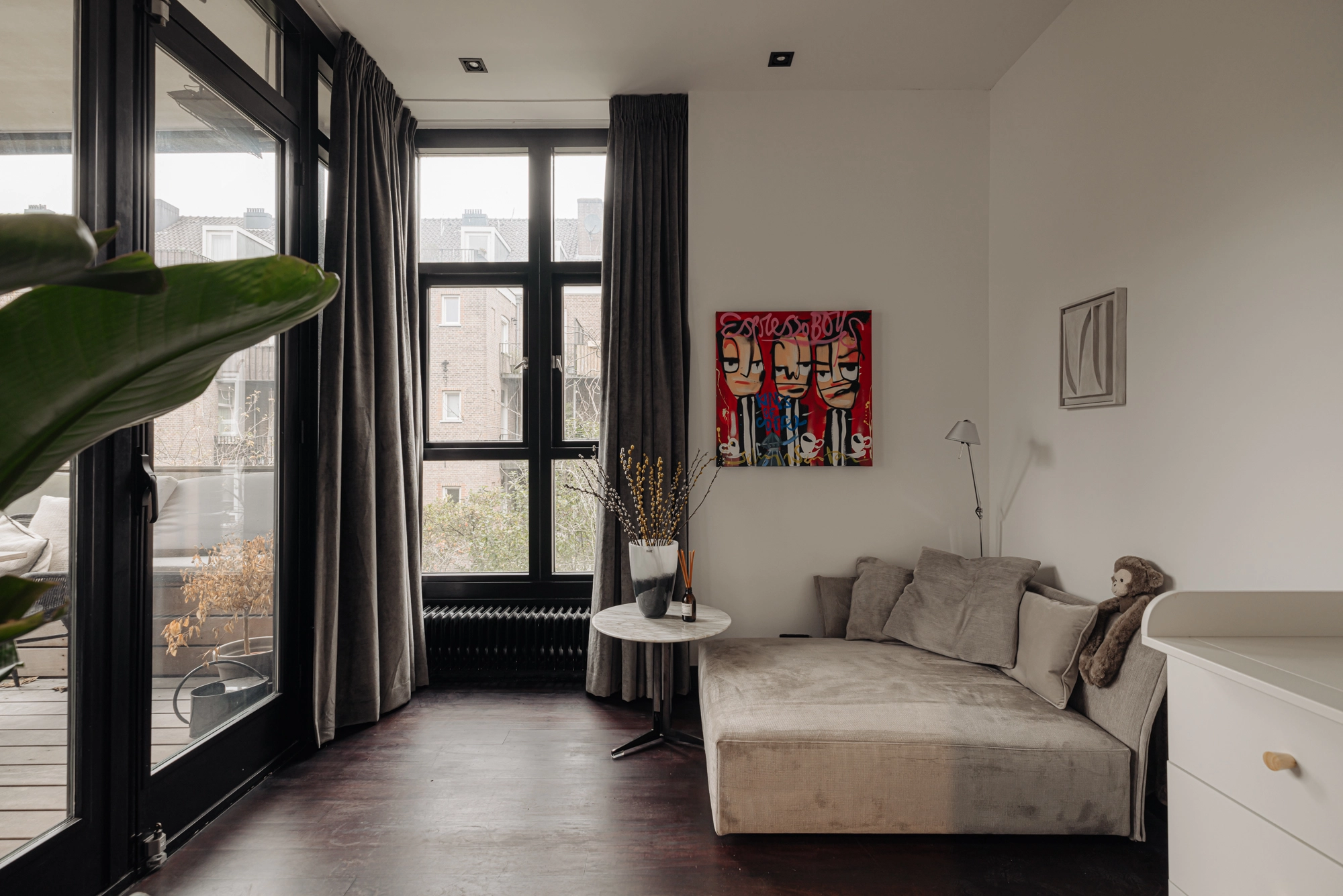
This apartment’s layout ensures a seamless flow from the bedrooms to the adjacent spaces. The division between these spaces is created solely by a glass wall, which fosters a playful and open ambiance. A staircase and elevation add an intriguing architectural element to the space.
The bedrooms are situated at the tranquil rear of the apartment, featuring windows that overlook the inner gardens, allowing natural light to flood in. One of the bedrooms features a walk-in closet, thoughtfully designed to accommodate an ample wardrobe. This closet connects directly to the bathroom, adding ease to the dressing routine. The bathroom itself is elegantly styled, blending materials like hardwood and concrete to create a refined, modern aesthetic. Outfitted with a bathtub, shower, and double sink, it perfectly balances luxury and functionality.
The second bedroom opens onto the terrace, establishing an effortless connection to the outdoors and inviting in natural light and fresh air.
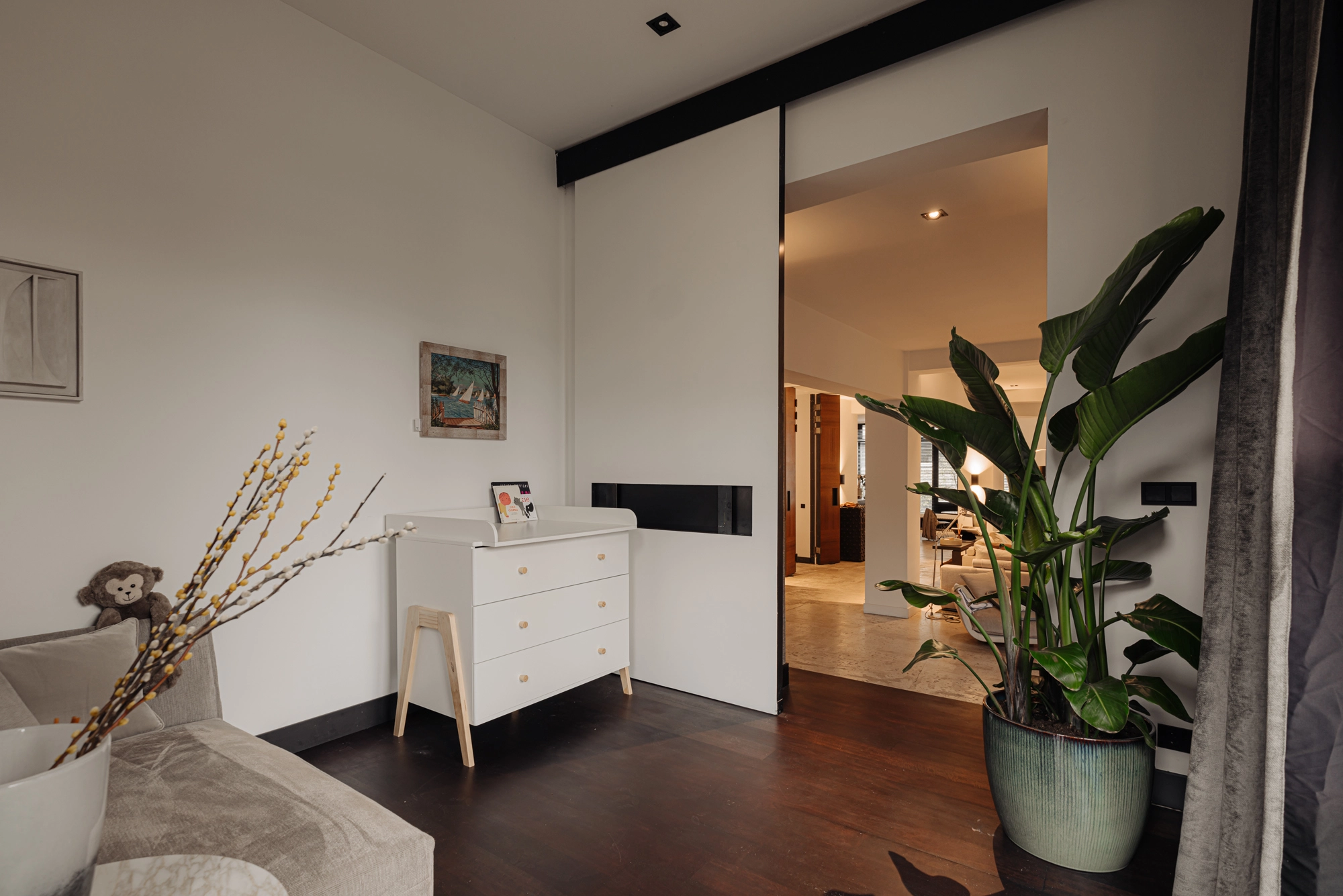
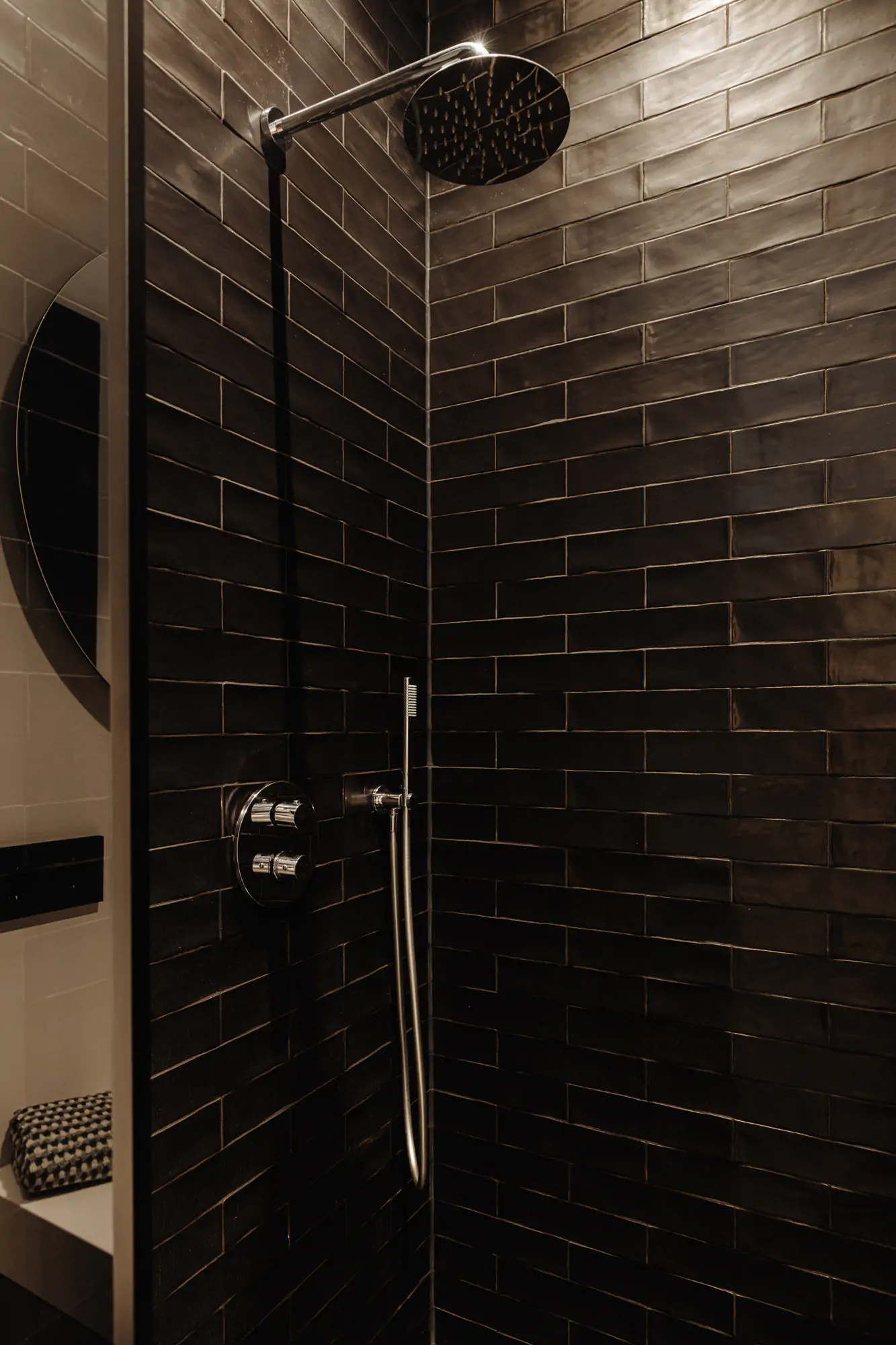
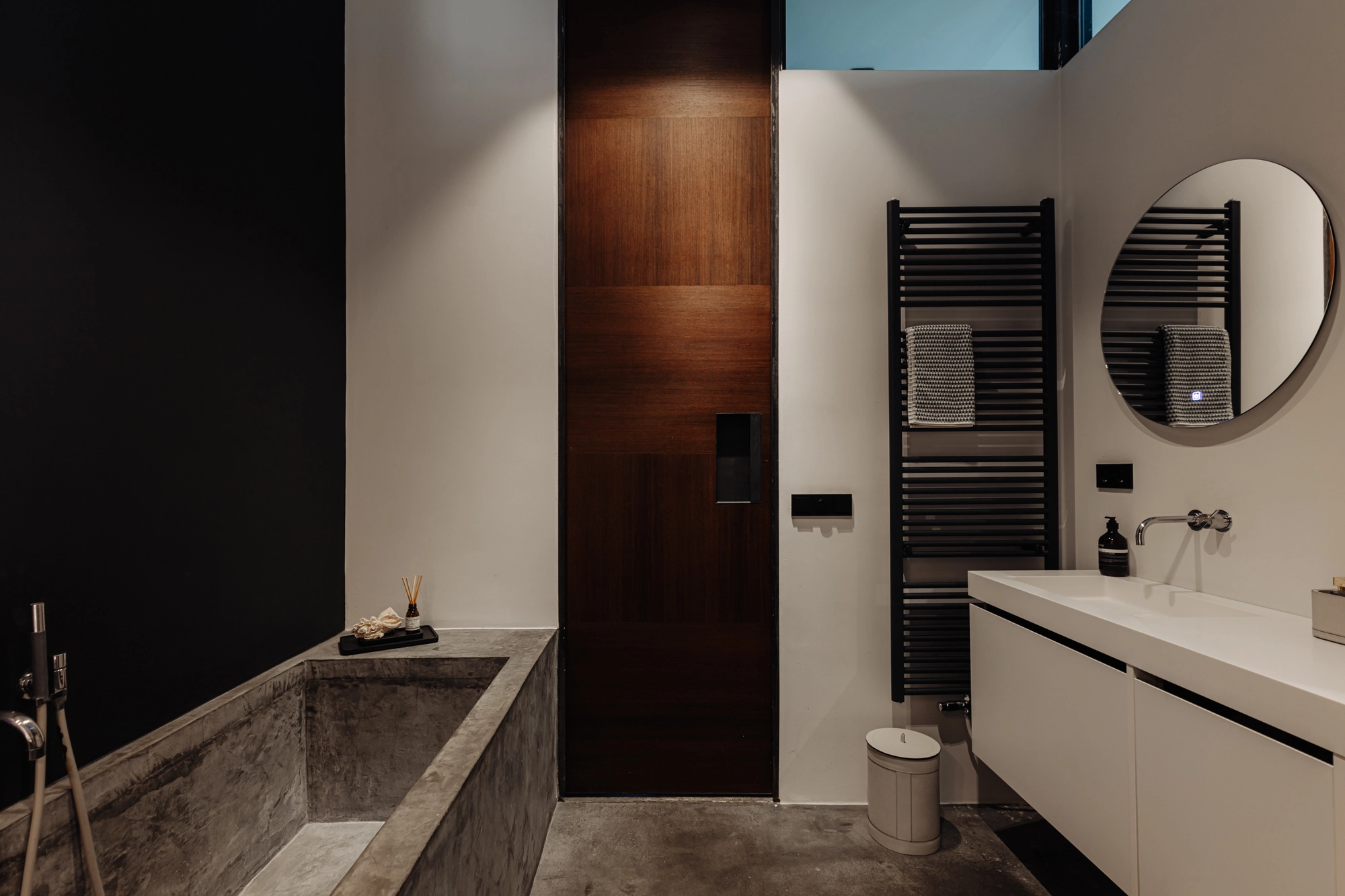
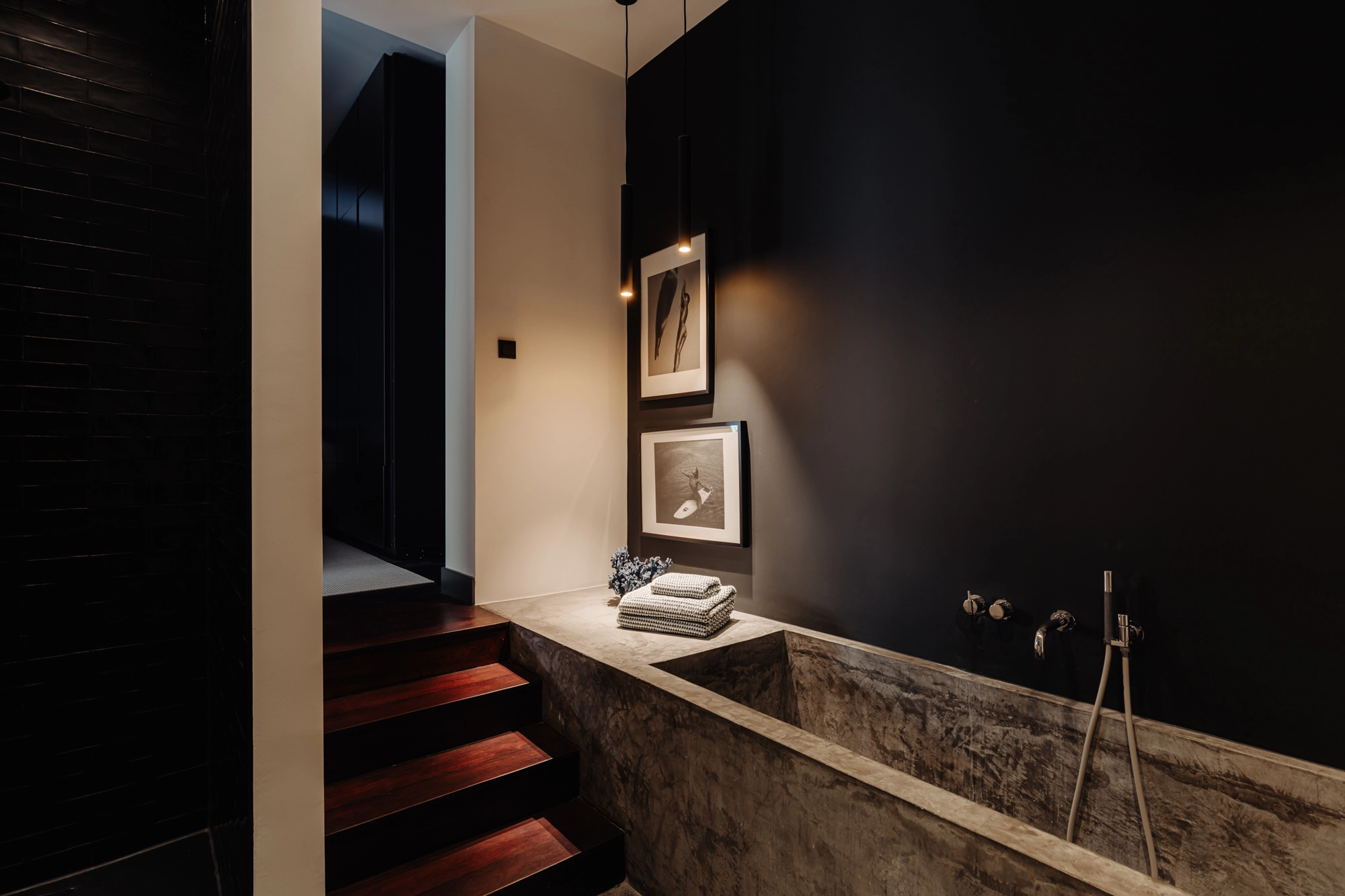
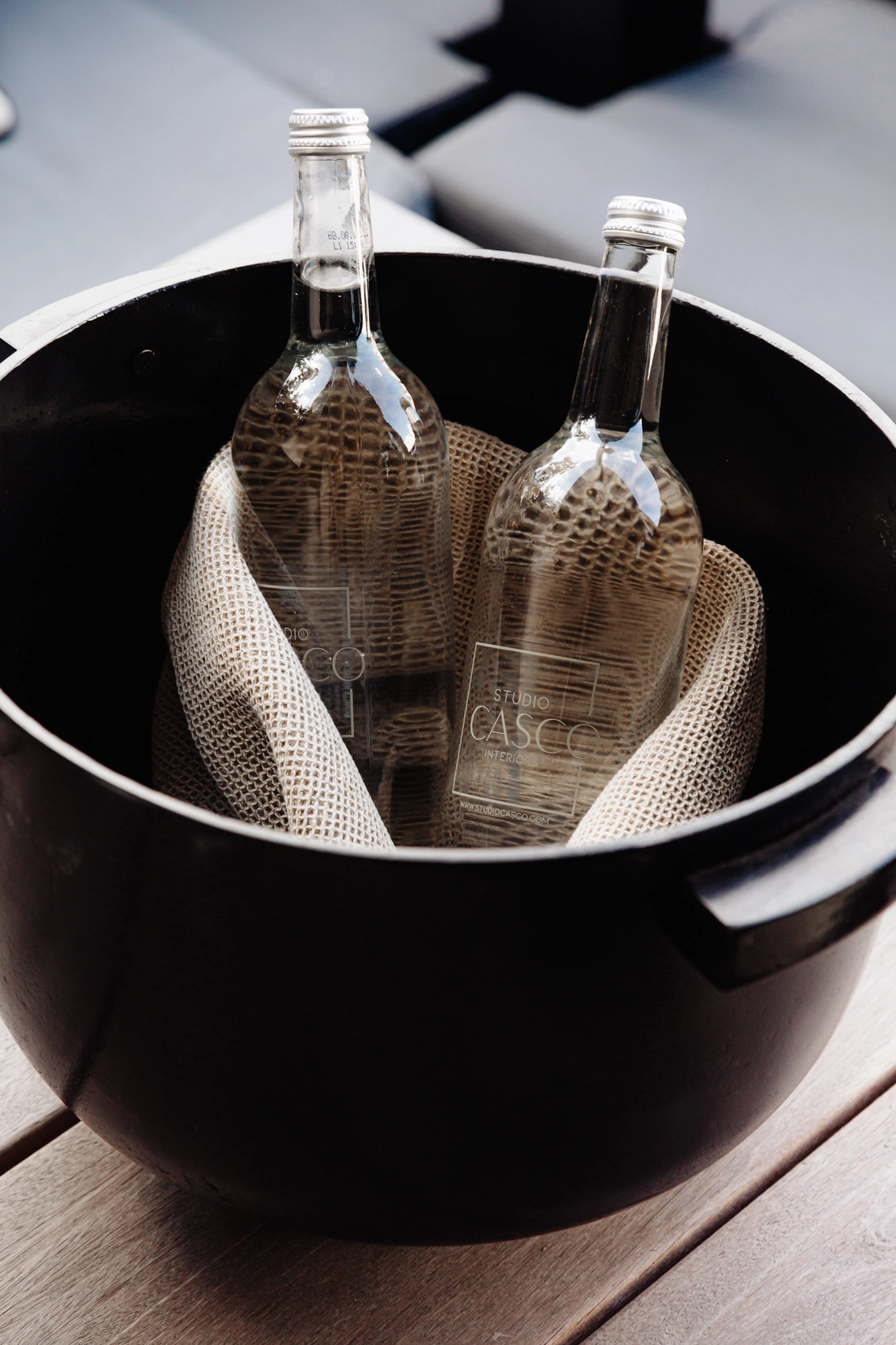
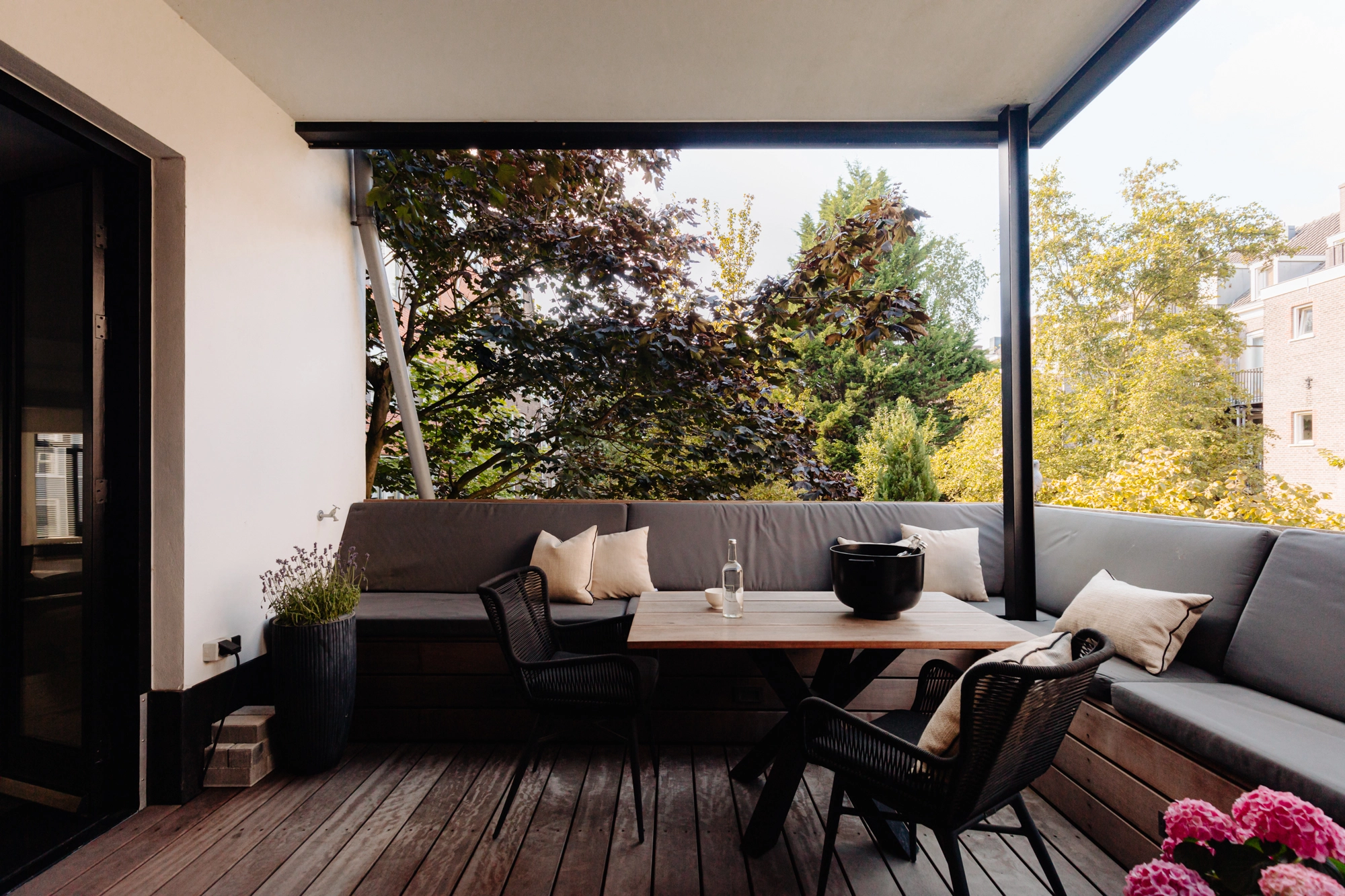
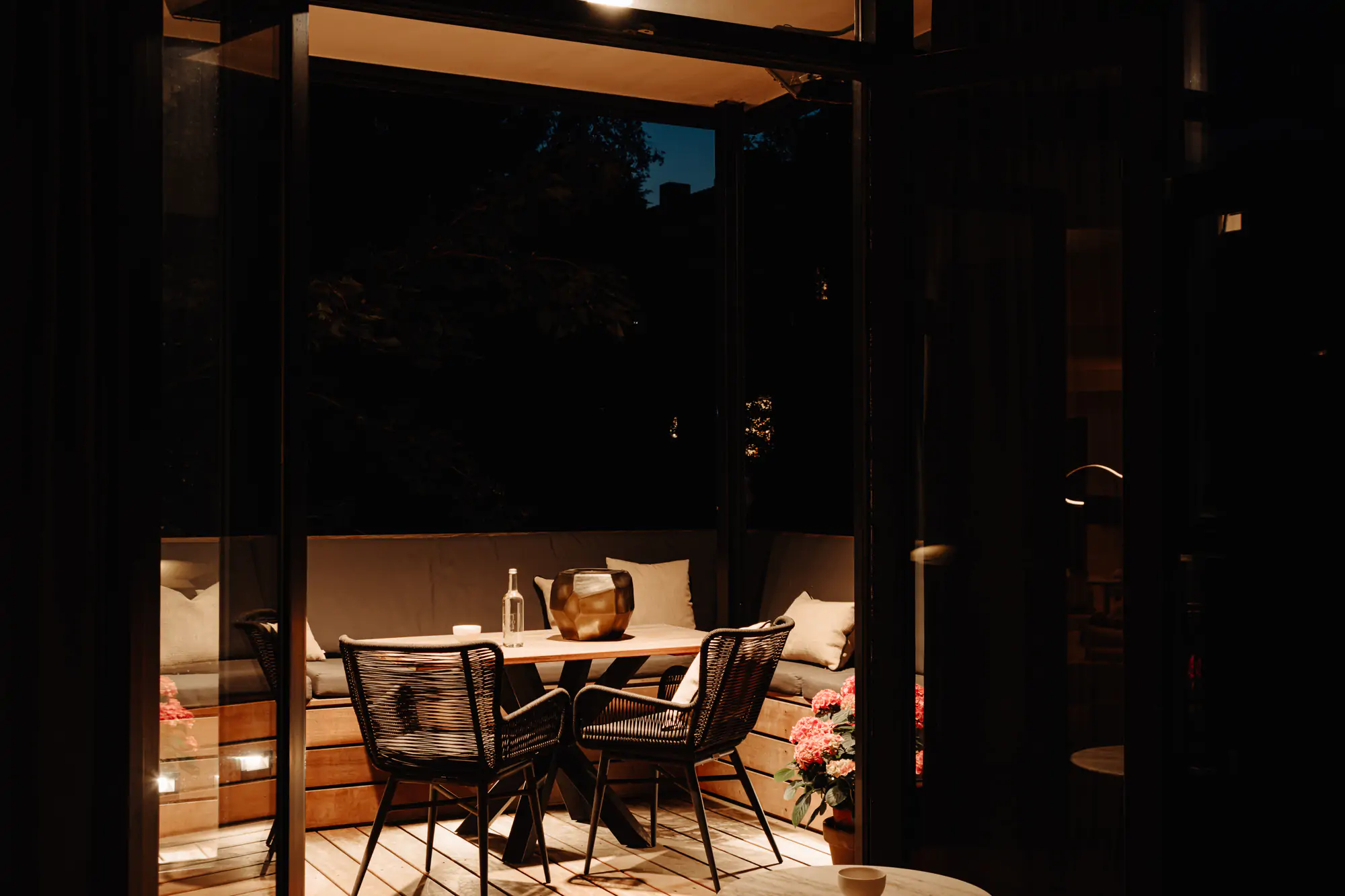
The rooftop terrace is a standout feature of this apartment, offering a fantastic outdoor space. The terrace is partially covered and receives afternoon and evening sunlight, making it an ideal spot for relaxation, dining, and socializing with friends. It feels like the aft deck of a yacht, adding a unique atmosphere to the home.
The layout of the apartment is so spacious that it’s relatively easy to create a third bedroom if desired. Alternative floor plans provide options for different space configurations, allowing it to be tailored to the needs of the new occupants.
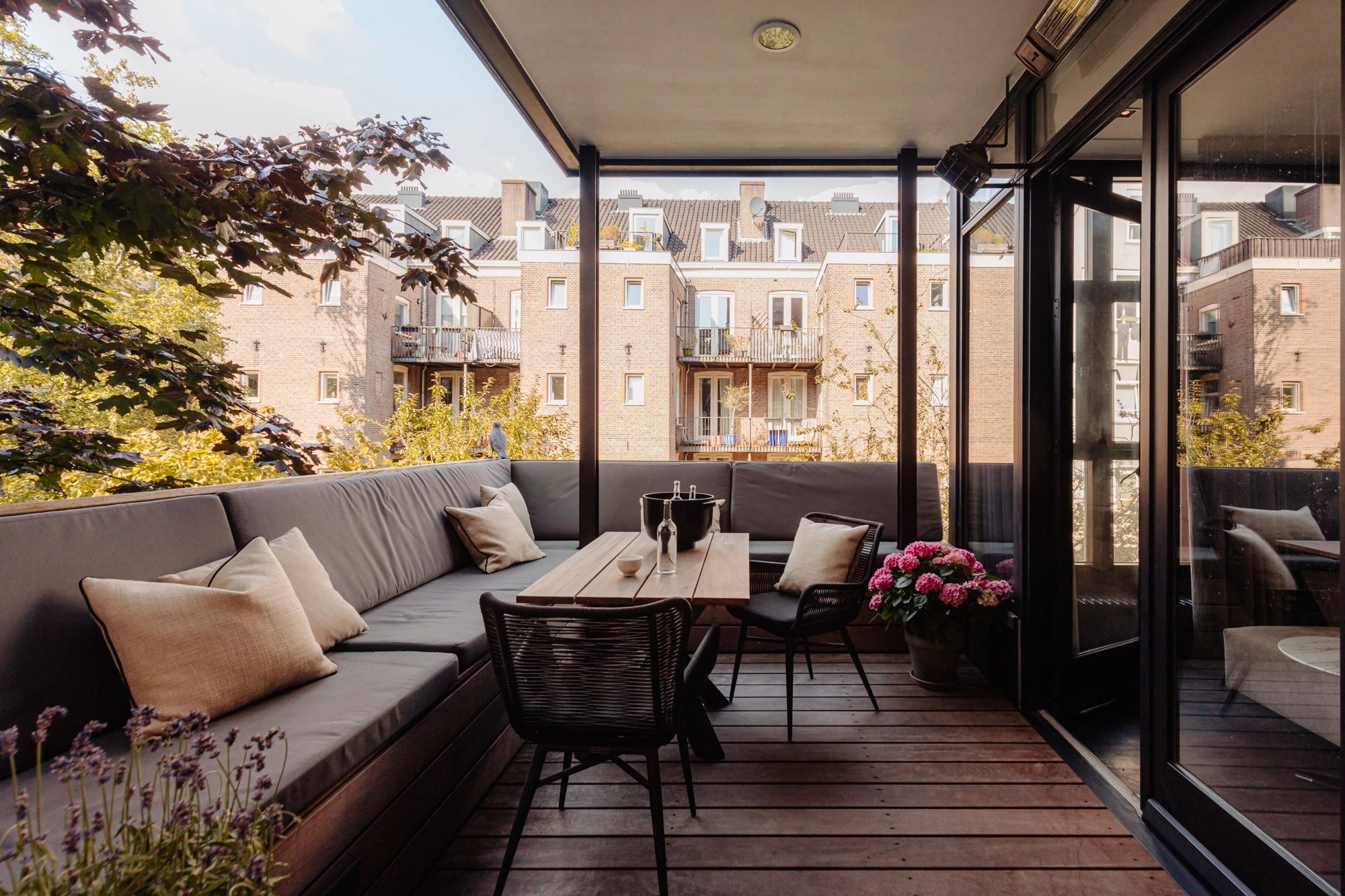
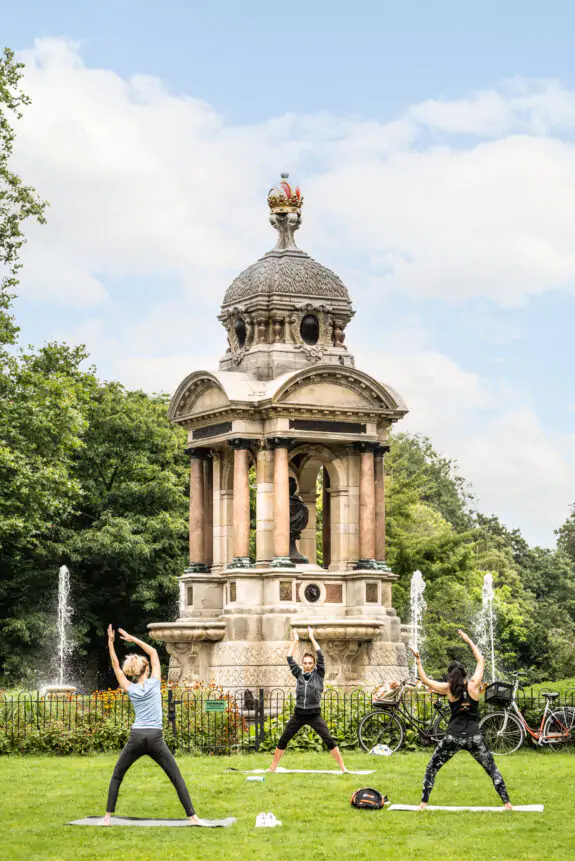
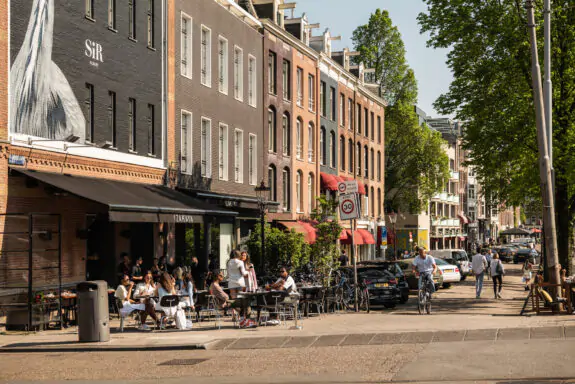
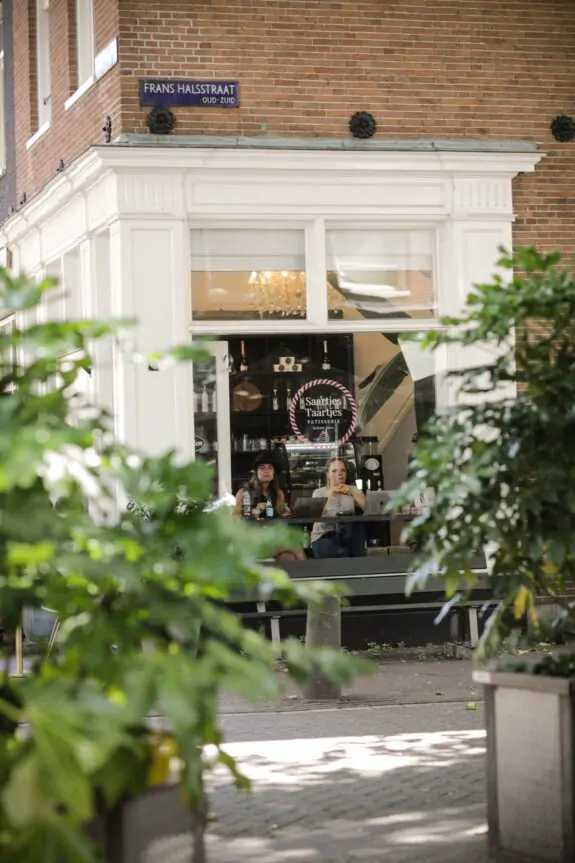
Neighborhood
De Pijp, developed in the late 19th century, provided housing for newcomers seeking work in Amsterdam. The Heineken Brewery opened here in 1886. Around the Albert Cuypstraat, workers’ housing was quickly constructed, later complemented by Amsterdam School-style homes by Berlage near the Diamantbuurt. The neighborhood’s name likely stems from its long, straight streets. The Albert Cuyp Market and Sarphatipark form its vibrant core. Artists like Mondriaan and writers such as Reve found inspiration here. With a lively, diverse population, cafés and restaurants flourished. Today, De Pijp is known as Amsterdam’s Quartier Latin, featuring diverse dining spots like NAZKA and Petit Caron.
Accessibility
The property is located just off Van Woustraat, one of the major access roads. There is also good accessibility via Scheldestraat via exit S109 on the A10 Ring Road. Public transportation stops at Marie Heinekenplein and Van Woustraat.
Parking
Parking is available through a permit system on public roads (Zuid 3.1 De Pijp Noord). A parking permit for Zuid 3.1 De Pijp Noord allows parking in both Zuid-3 and Zuid-4 zones. A resident parking permit costs € 177.08 for six months. Currently, there is a waiting period of 10 months for this permit area. A second parking permit is not available for this area. In addition to street parking, it is also possible to park for free in the Heinekenplein Garage and the Albert Cuyp Garage with a parking permit. (Source: Municipality of Amsterdam, November 2023).
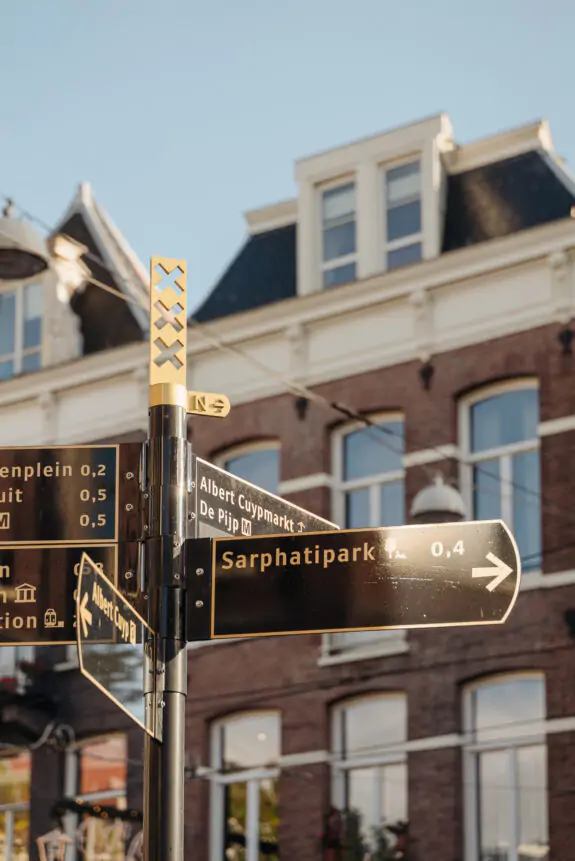
Toen we een aantal jaar geleden voor het eerst de loft binnen liepen, wisten we meteen dat
we het huis gevonden hadden waar we zo lang naar op zoek zijn geweest. Het huis is sfeervol
en rustgevend. Het echte loft gevoel, het gelijkvloers wonen, midden in de levendige pijp. De
prachtige oude voordeur, de grote hoge ruimtes, het heerlijke terras, we genieten elke dag
nog van dit fijne huis.
Het appartement ademt de historie van het gebouw. Het pand is oorspronkelijk een pand van
Heineken’s Glazenwasserij dat in 1912 gebouwd werd. De oprichter van Heineken’s
Glazenwasserij was familie van de oprichter van de Heineken Brouwerij. Daarna heeft het
verschillende bestemmingen gehad, zoals een houtzagerij, een balletschool en een atelier.
Het blijft een bijzonder idee dat dit hier allemaal heeft plaatsgevonden.
We zitten het liefst op het verwarmde terras aan de binnentuin, waar in de zomer de vogels
uit de grote groene boom zich luidkeels laten horen. De avonden aan de bar blijven ook
speciaal! Movienight vanaf de banken middenin het huis is ook een aanrader.
De buurt is heerlijk levendig. Het gezellige Gerard Douplein met de bars en restaurants, de
verschillende koffietentjes en de lekkerste broodjeszaken om de hoek. Je wandelt vanuit het
huis zo naar de Utrechtsestraat, Sarphatipark en Amstel of de andere kant op naar het
Museumplein & Vondelpark, maar ook de nabijheid van sportscholen/supermarkten, de
Albert Cuypmarkt en de bereikbaarheid van de Ring A10 maakt dit één van de beste plekken
van Amsterdam.
Onze tip: haal een lekker broodje bij Alberto’s, drink koffie bij Locals, ga voor een uitgebreide
borrelplank naar Le Salonard, loop langs de leuke winkels en boetieks aan de Gerard
Doustraat, drink een cocktail bij Caffe Pico of Bar Bellini en ga eten bij Libertine, Brut de Mer
of Café Caron.
Het meeste wat we gaan missen is het fijne wonen op een unieke gelijkvloerse etage, met de
hoge plafonds en de open ruimte. Het is dé plek voor een gezellige borrel, maar als je rust wil
kan je je ook goed terugtrekken in de oase van rust in het huis. Wij gaan een ander project aan
en gaan terug naar de roots in Rotterdam. Maar we zullen dit prachtige en bijzondere huis
nooit vergeten.
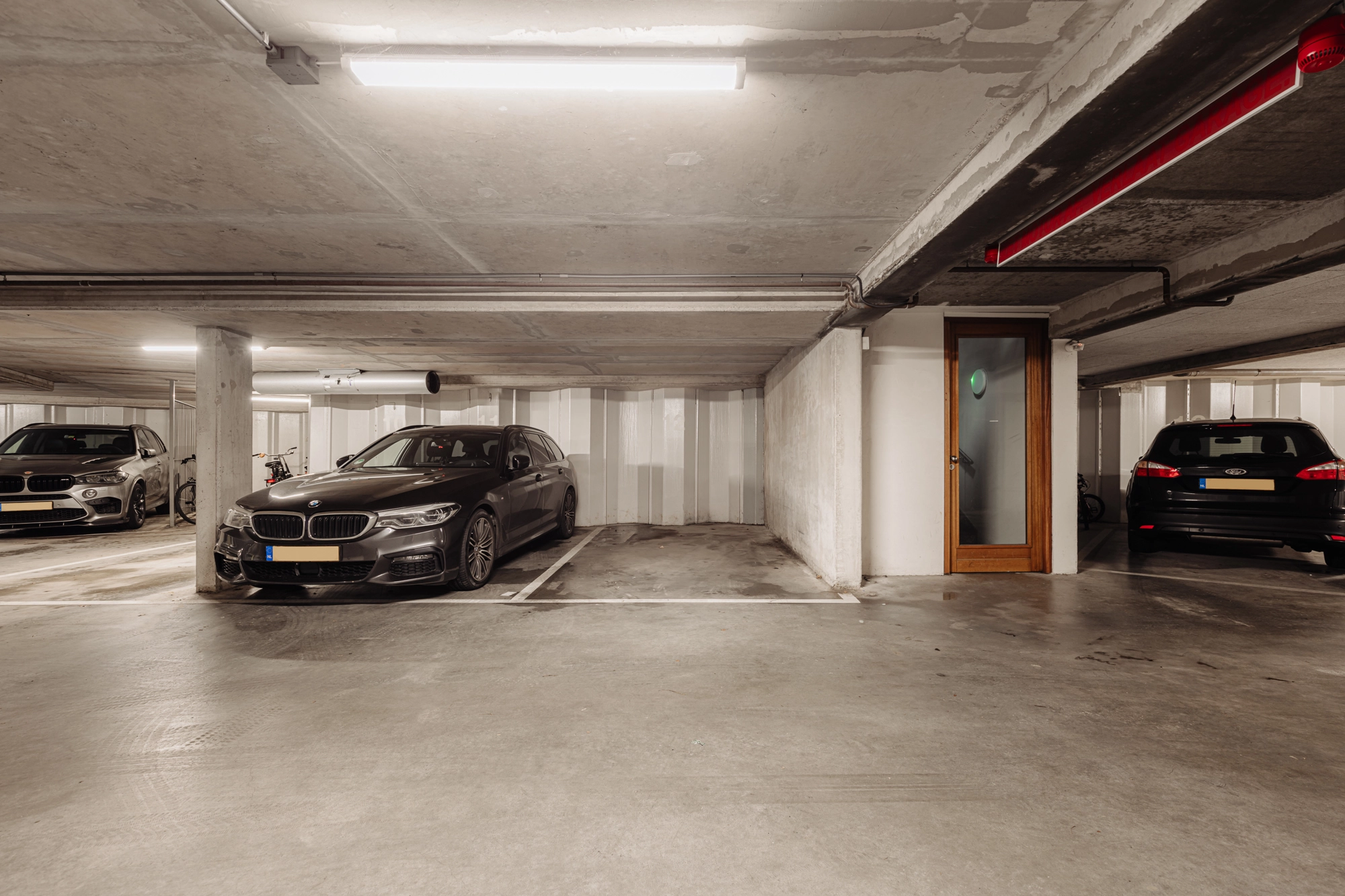
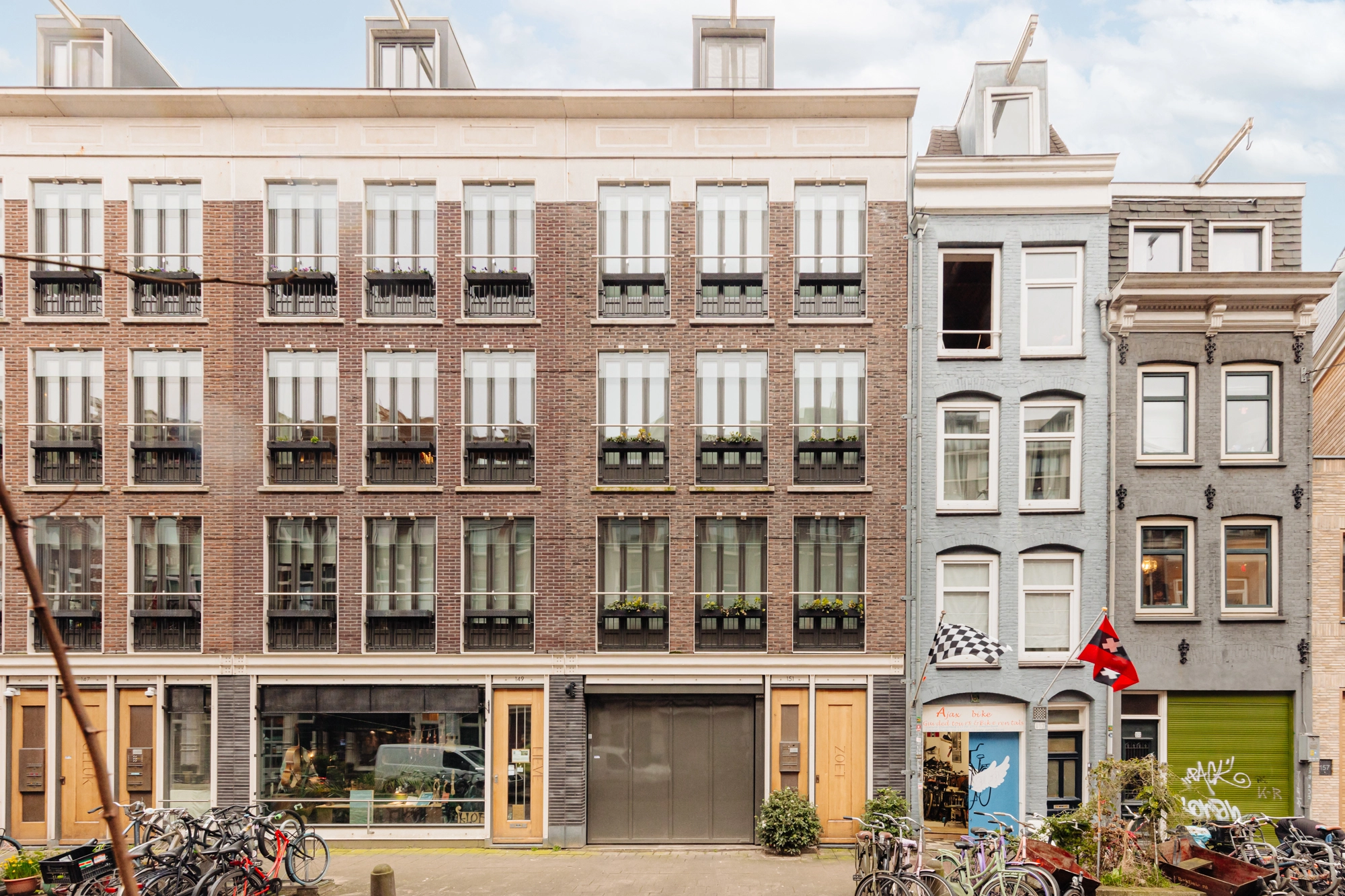
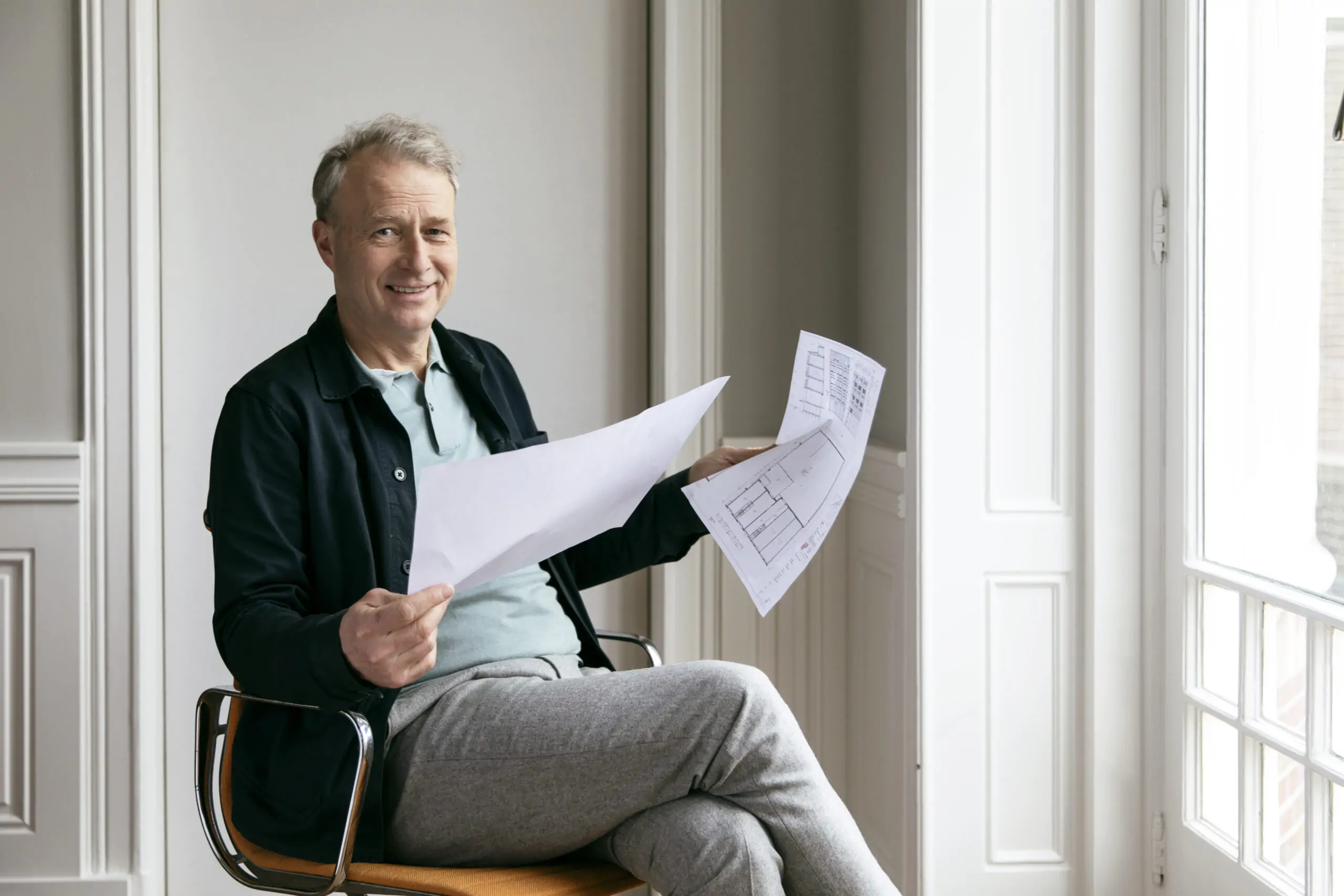
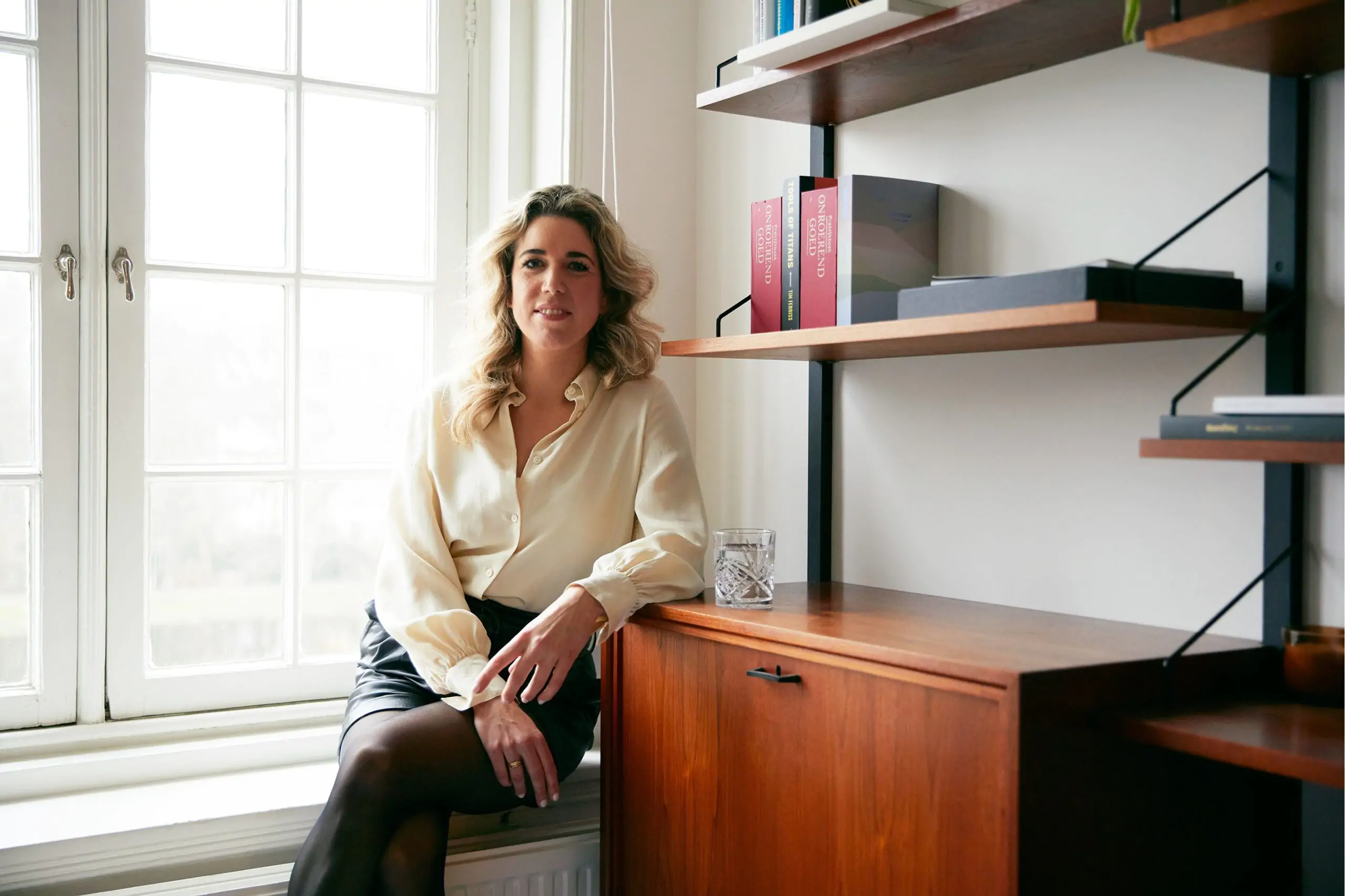
Heinekens Glazenwasscherij Ao. 1912
Amsterdam
Amsterdam